An inside look at Chicago’s premier music festival, and how to extract the best experience from it.
It’s not easy to stand out amongst nearly half a million people. But every summer, people come to try at Lollapalooza. This year, I got the chance to photograph all four days of the annual festival, which takes place in Grant Park. Throughout the long weekend, I thought about why people from all over the world came to these types of events. Music festivals are wild places. In my mind, there were always too many drunk fans, too many chances to lose a phone or wallet and far too many overpriced food stalls on top of the overpriced ticket. But every day of this festival, there were so many people who looked like they were having the time of their lives. Somewhere along the way, I hypothesized that someone must be having the best experience, objectively speaking, and it didn’t just have to be a fan. All of the artists (as well as the artists’ friends, family, employees [PR managers, publicists, hairstyles, etc.], photo/videographers, and guests), festival workers, organizers, media, and photographers all had access to this event, and they too had a chance at having the best experience. It was anybody’s game.
This was the event I had in the back of my mind all summer. It was an opportunity to see live music and photograph it. The thought of passing up a chance like that was unthinkable. So, I committed myself to seeing the whole thing (unadulterated) regardless of whether I liked it or not. I also made sure to document everything I could. Here’s what I saw.
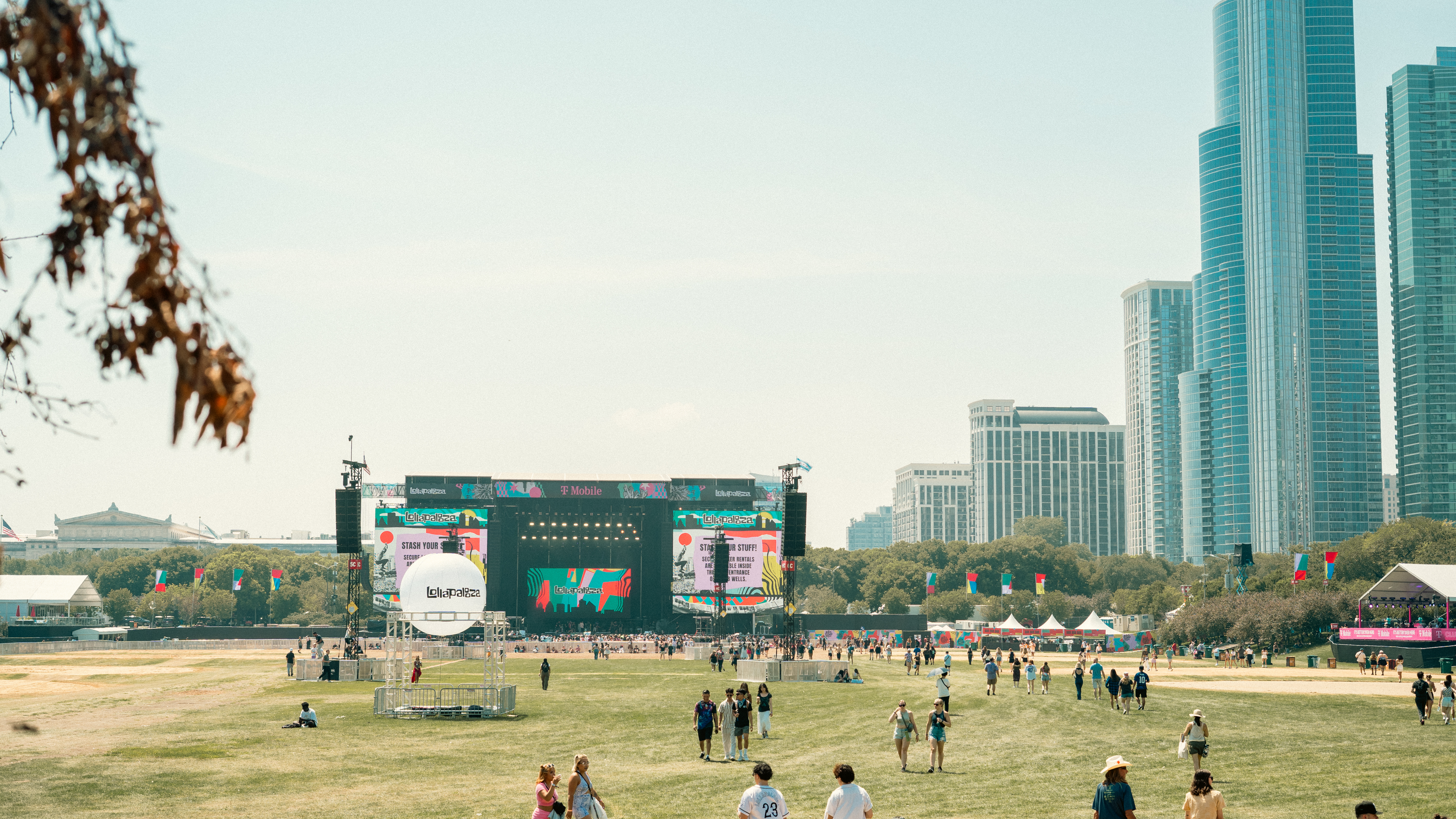
Photo by Varun Khushalani
How to Find Your Way
The first day was a lot of trial and error. I had no assignments or goals for myself, I was just focused on figuring out the layout, where all the stages were, and the best angles during all different times of day; it was a blast. No one was really there except the more dedicated fans, so I got to see the bones of the festival, which gave me a better understanding later on when those bones were being pushed to their limits. I was also able to witness the great variety of artists that Lollapalooza features: K-pop, Rap, EDM, Hip-Hop, Indie, all going one after another or on the stage just across the street. It was this marvelous blend of genres, not just when it came to the music, but the fans as well. I saw firsthand the fervor of those truly dedicated to their artists, and I saw the joy and emotion of just seeing them perform. For some, it might be the only time their favorite artist will ever come to perform near them, and you could see that rarity in their faces; They were savoring every moment they had, making the most of every melody.
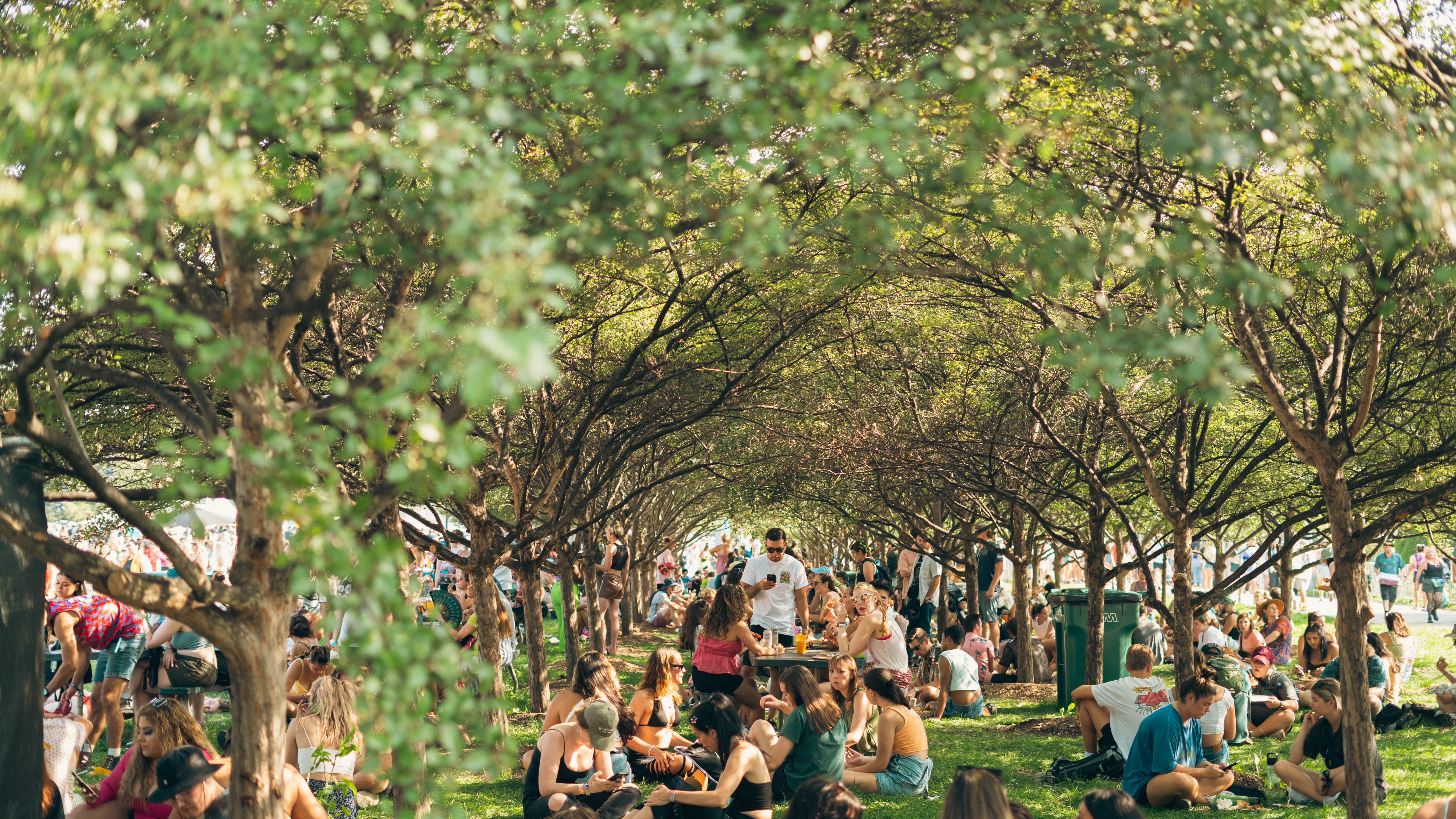
Photos by Varun Khushalani
That day, I saw many artists I didn’t know, and some that I recognized but had never given much time or thought to, but that raw feeling of stumbling upon something new is addictive, every set an exciting chance to find something that you’ve never felt before.
The only artist I had a background with was the band Men I Trust, who played late in the afternoon at the Bacardi stage, which was quickly becoming my favorite to photograph. I had never heard them live, and I began to understand the appeal of live music. Songs you recognize and enjoy being performed for you, and on top of that, you’re surrounded by people who feel the same. Getting to photograph those moments is an added bonus. I listened to the band often during the pandemic, in a small room in a far-off suburb of Baltimore, so the ability to capture those moments, with them standing right in front of me, was quite gratifying to the kid who found them all those years back.
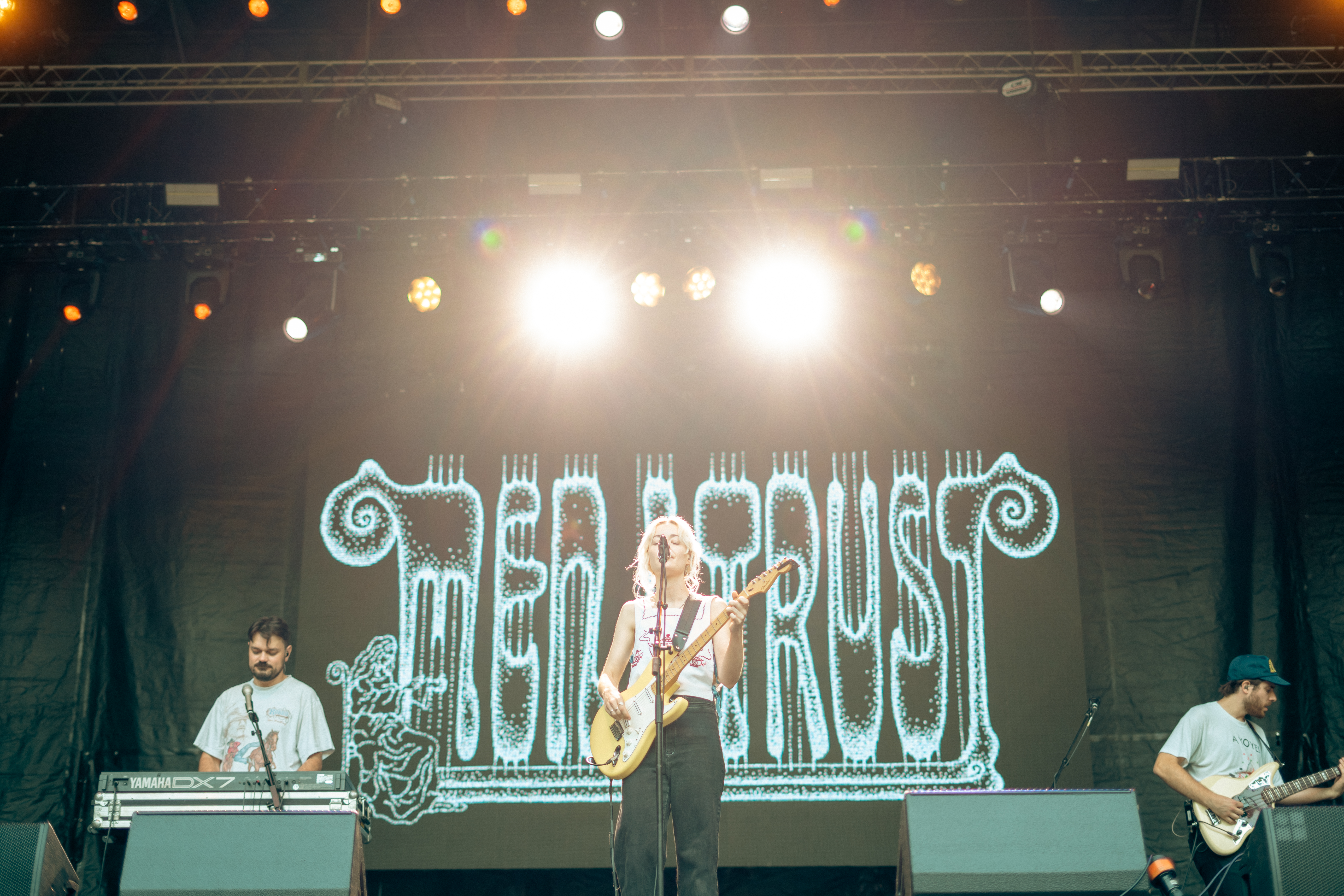
Photo by Varun Khushalani
How to Get a Photo of Jared Leto
The second day began much like the first, but this time I was ready to go to work. Once again, I didn’t have any particular assignment, so I could pick and choose which sets to go to. After a while, to decide which stage to walk to, I would stick in headphones between sets and listen to the first 30 seconds of the top song on Spotify of every artist that was playing next. If I kept listening past the first 30 seconds, that’s who I would go see. But don’t tell them that.
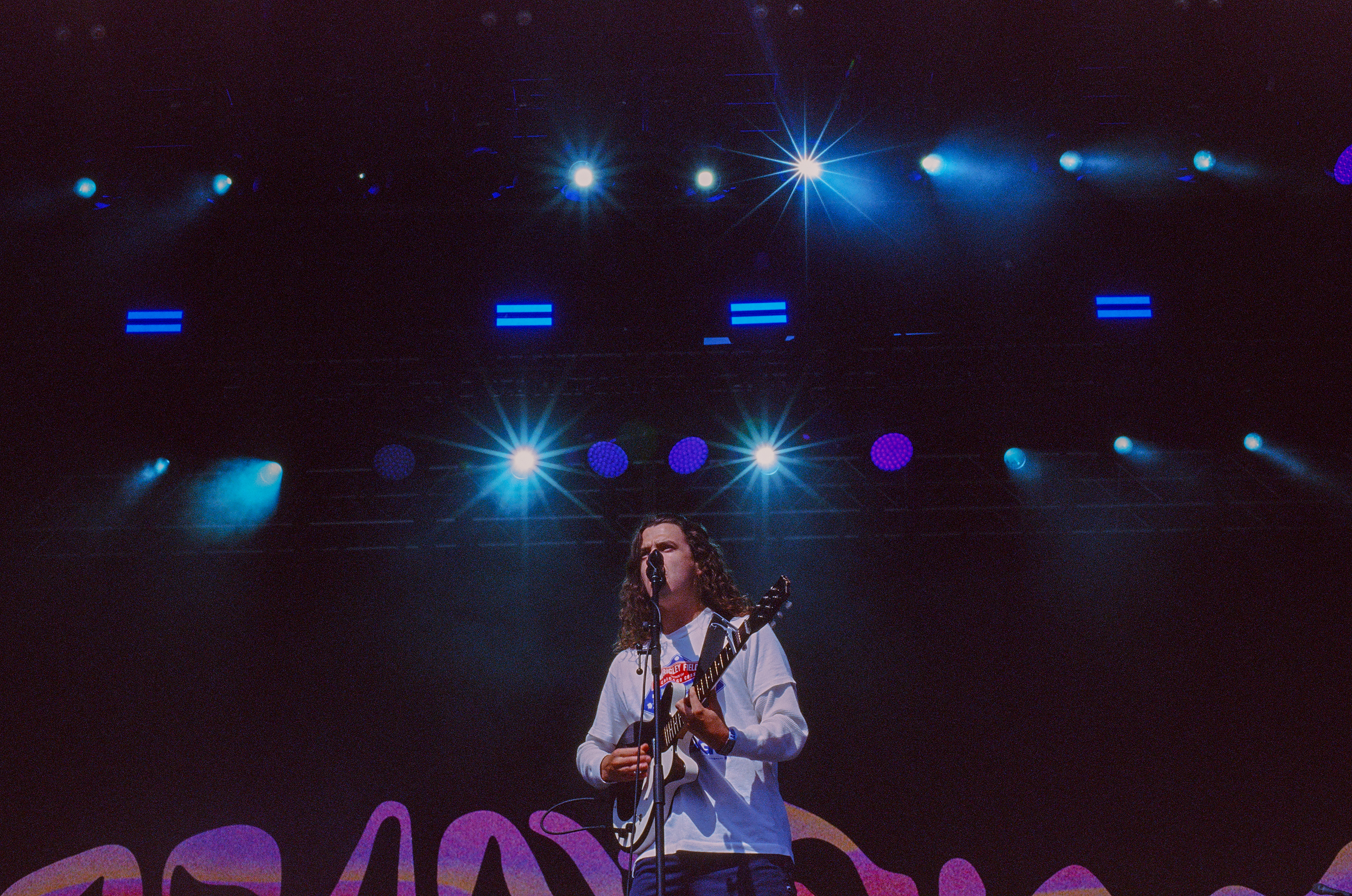
Photo by Varun Khushalani
Being a photographer isn’t a very glamorous way to appreciate a music festival, nor is it entirely respectful to the artists and their music. There is a standard practice at concerts and festivals where photographers are only allowed in the pit for the first three songs. After that, pretty much on the dot, we would get kicked out. So many times, I would hear one or two songs, try and get a few different angles, then walk off to the next stage. For the bigger performances, I would usually try to stay a little longer, but only because everyone else was. I knew I had what I needed, but if everyone else was staying, why not?
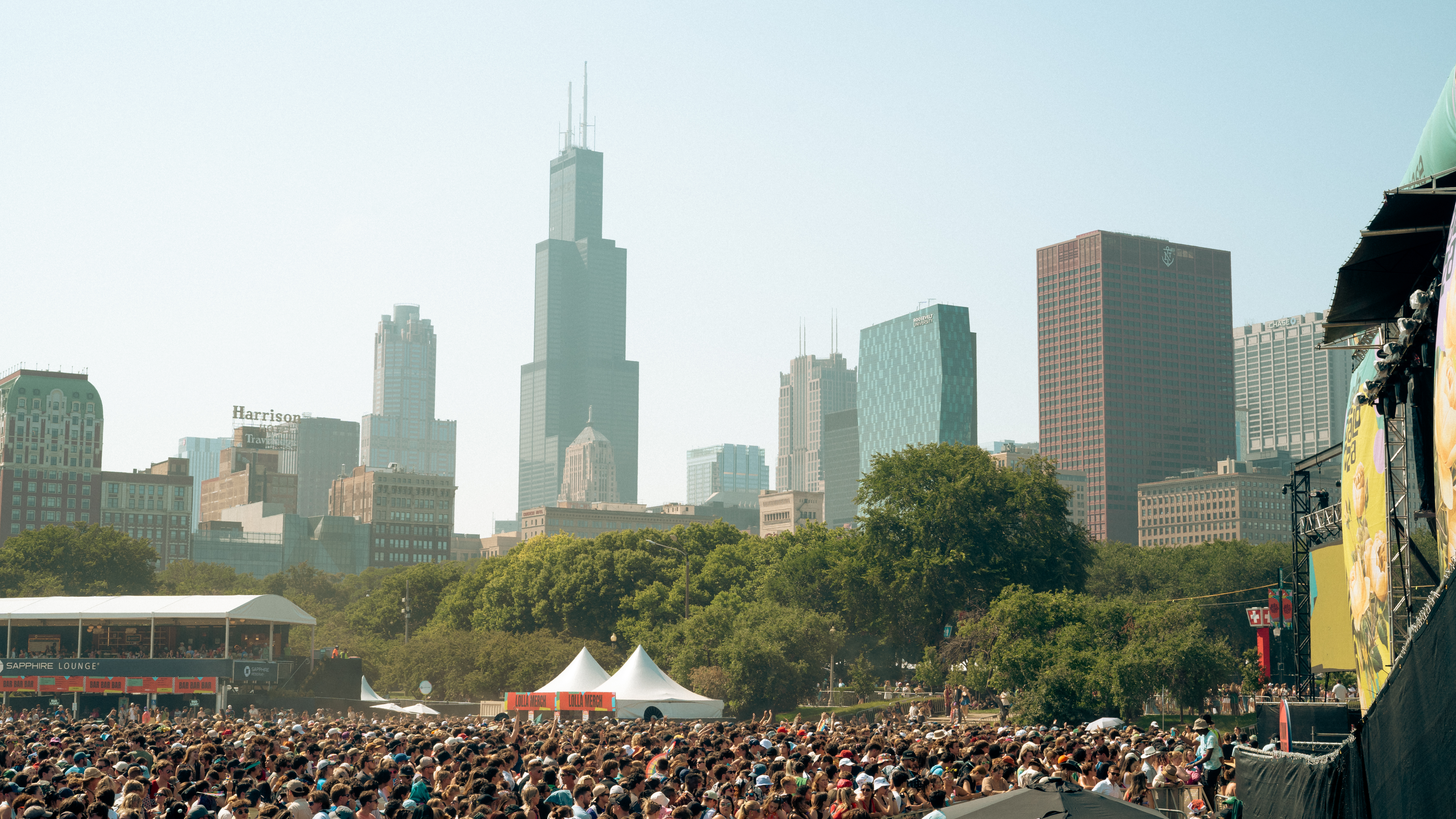
Photo by Varun Khushalani
When not in this state of three songs of pure adrenaline, I would get to the next stage early and wait outside to decompress, still documenting everything around me. There were so many interesting moments found lying around in those 15 minutes before the next set started, before the ramp-up, before the sound check and the cleaning of the stage, when people were just trying to fight off boredom. Had I strolled up a minute before the first song, I wouldn’t have gotten the chance to see those.
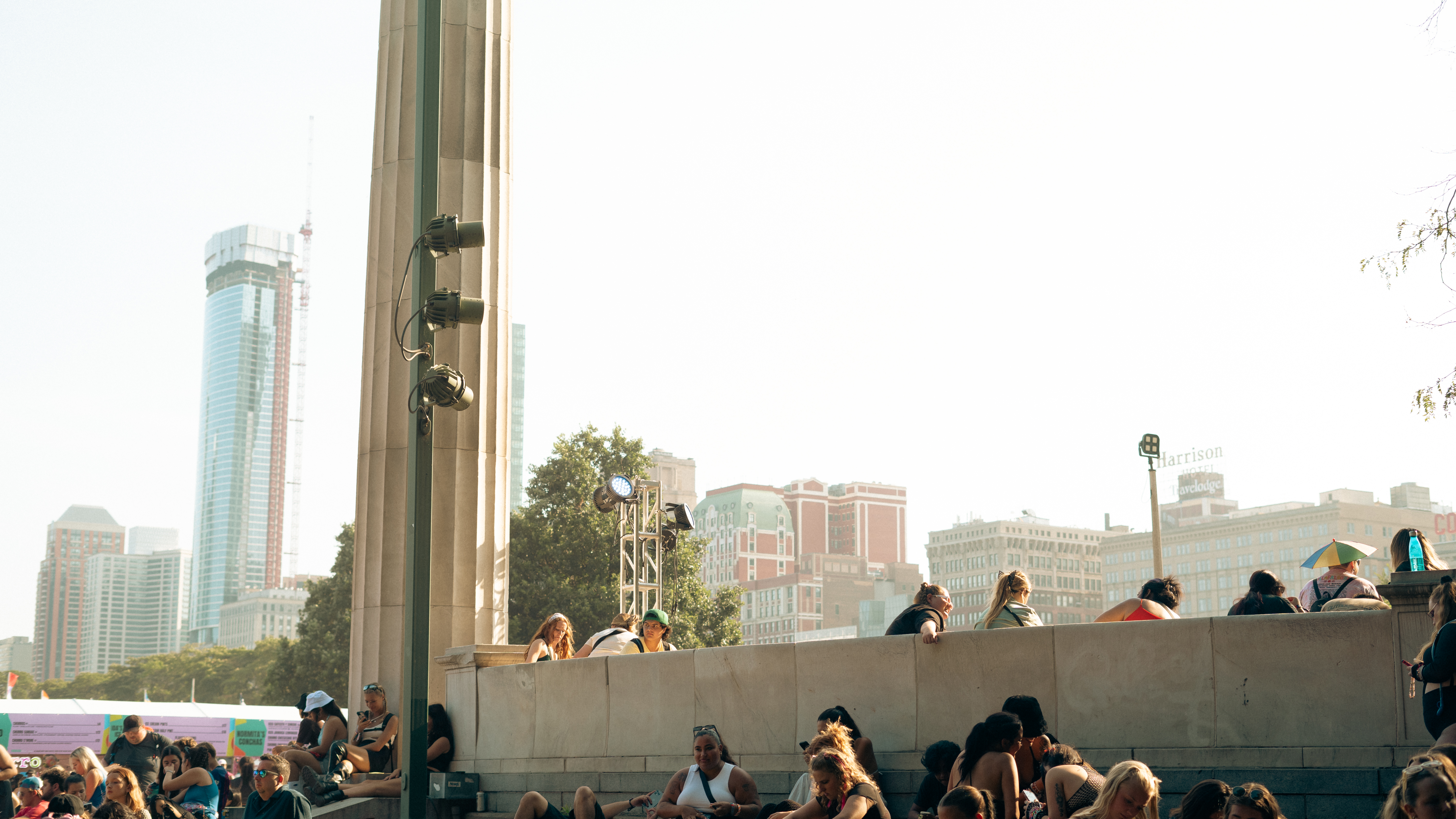
Photos by Varun Khushalani
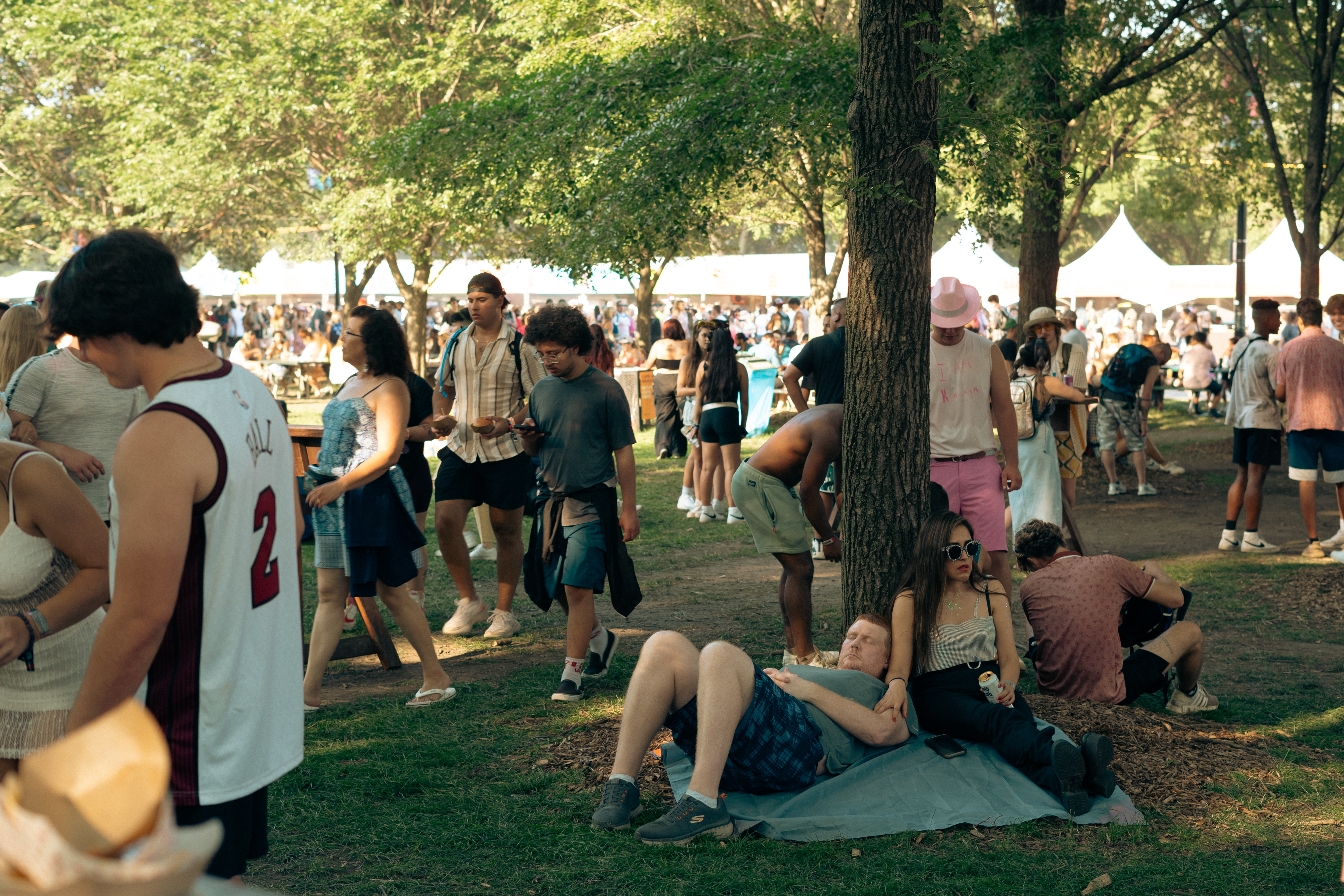
—
Photos by Varun Khushalani
After some great performances by Sabrina Carpenter and Fred Again.., I checked my phone and saw an email with two very important pieces of information. First, Jared Leto’s band Thirty Seconds to Mars was allowing photographers to stay past the third song at the Bud Light stage, which was a rare occurrence. I only knew Leto as an actor and social media presence, I had no idea he had a band, so I started walking in that direction. But as I kept reading, the second, and more interesting tidbit of information came;
He might be bringing the photographers on stage.
I started sprinting.

Photos by Varun Khushalani
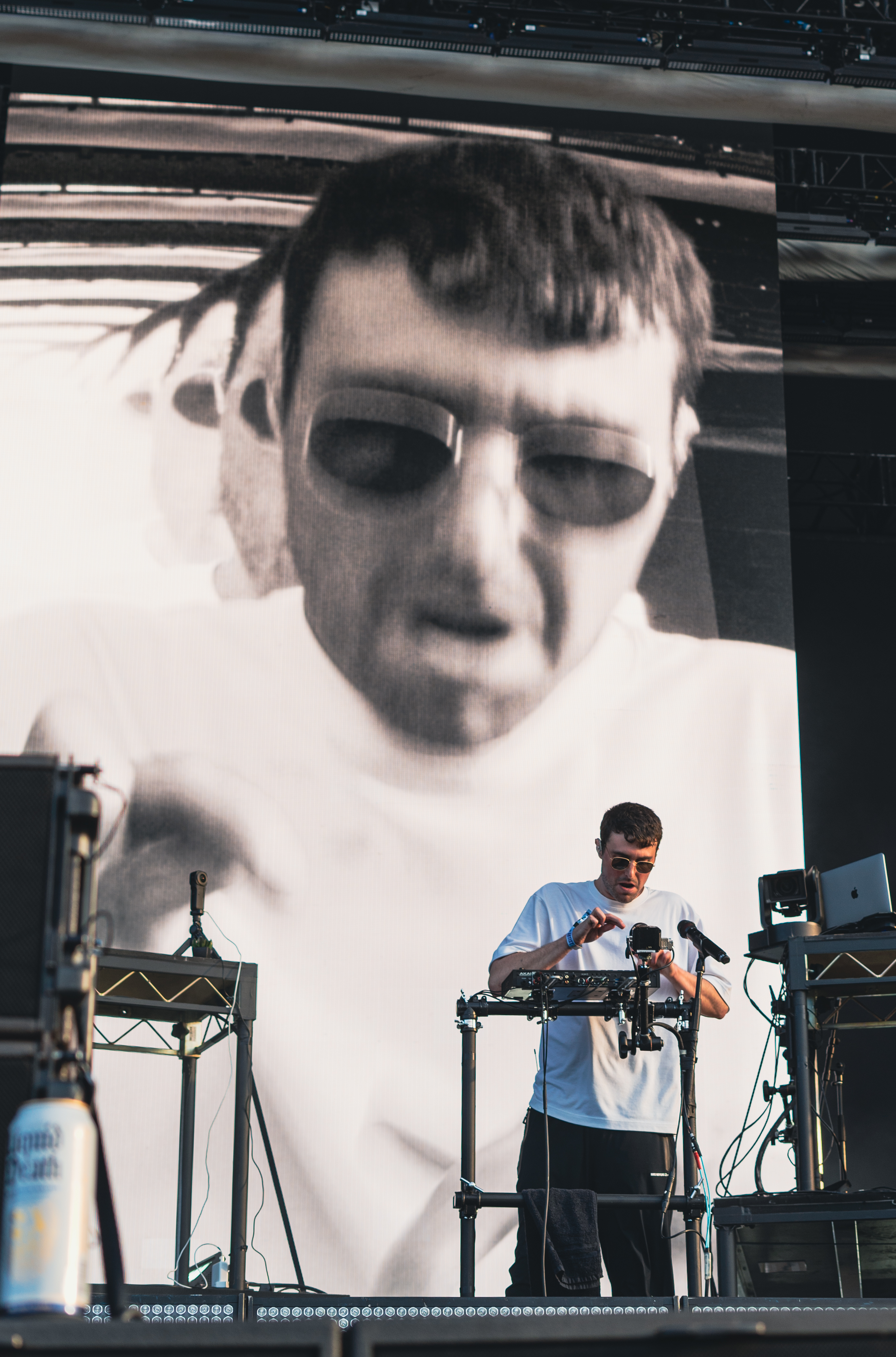
As I neared the Bud Light stage, I had to argue with a surprising amount of security guards, but once everyone was on the same page, I started to shoot everything I could.
This was uncharted territory, and I couldn’t risk missing a single moment. This means there is a photographic record of everything I saw, or wanted to see, through the camera. Here’s the set as it happened, through my lens.
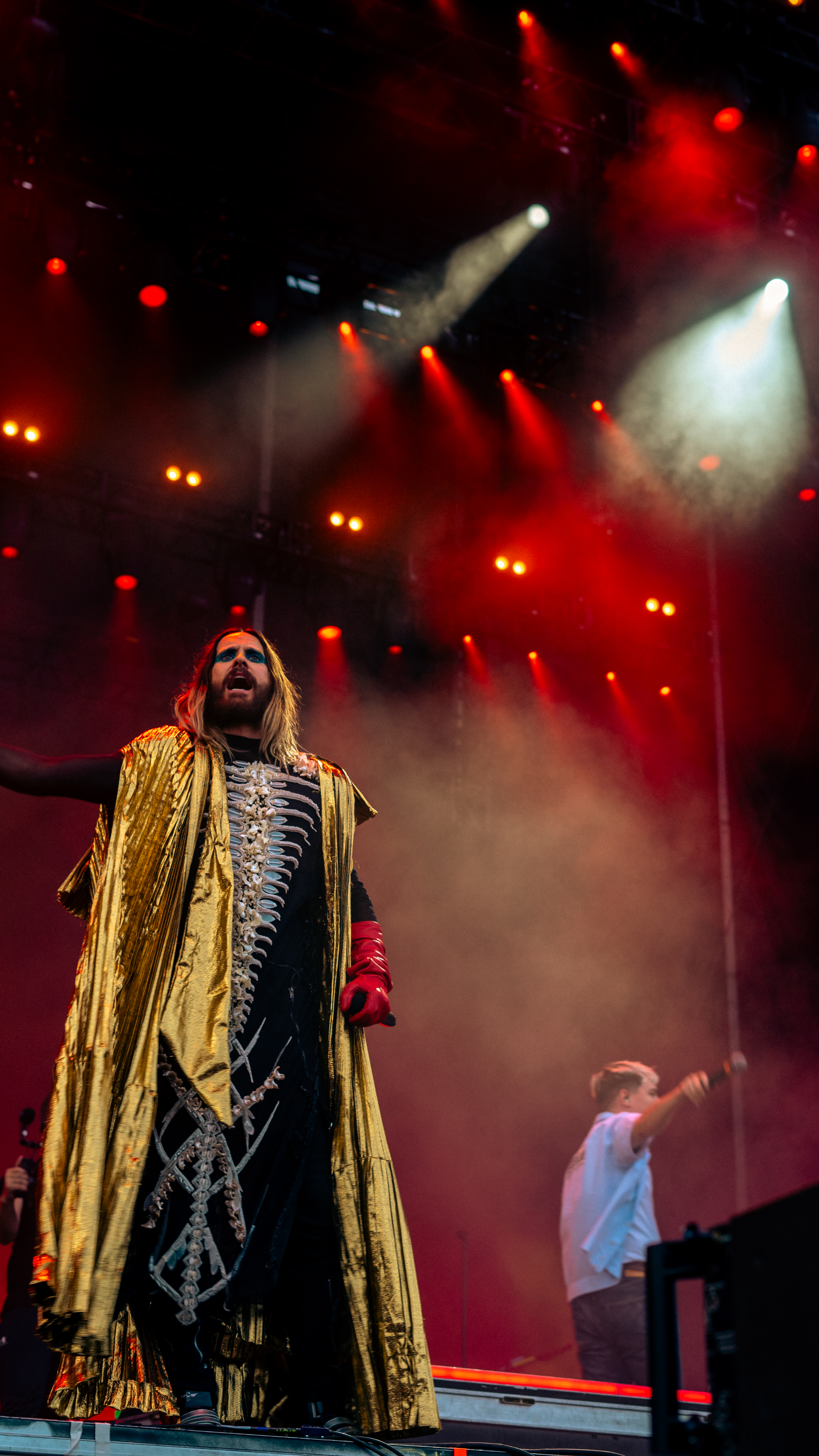
Photos by Varun Khushalani
As I began to shoot, other photographers began to fill the pit as well. Then, without hesitation, Leto told the photographers to come up on stage for a “selfie” with the crowd. And we obliged. All of us crawled up some metal stairs as Leto and his drummer/brother Shannon posed for a second before we were promptly shooed off stage. The whole interaction lasted less than 30 seconds. Leto started ramping up for the next song before we could even begin to get off the stage. As I tried to get past him (and used every ounce of self-control in my body to not ask him about Tron 3) he moved his arm, making me duck. He responded to my defensive action by patting me on the shoulder and then thanking the group again. Words don’t do it justice.
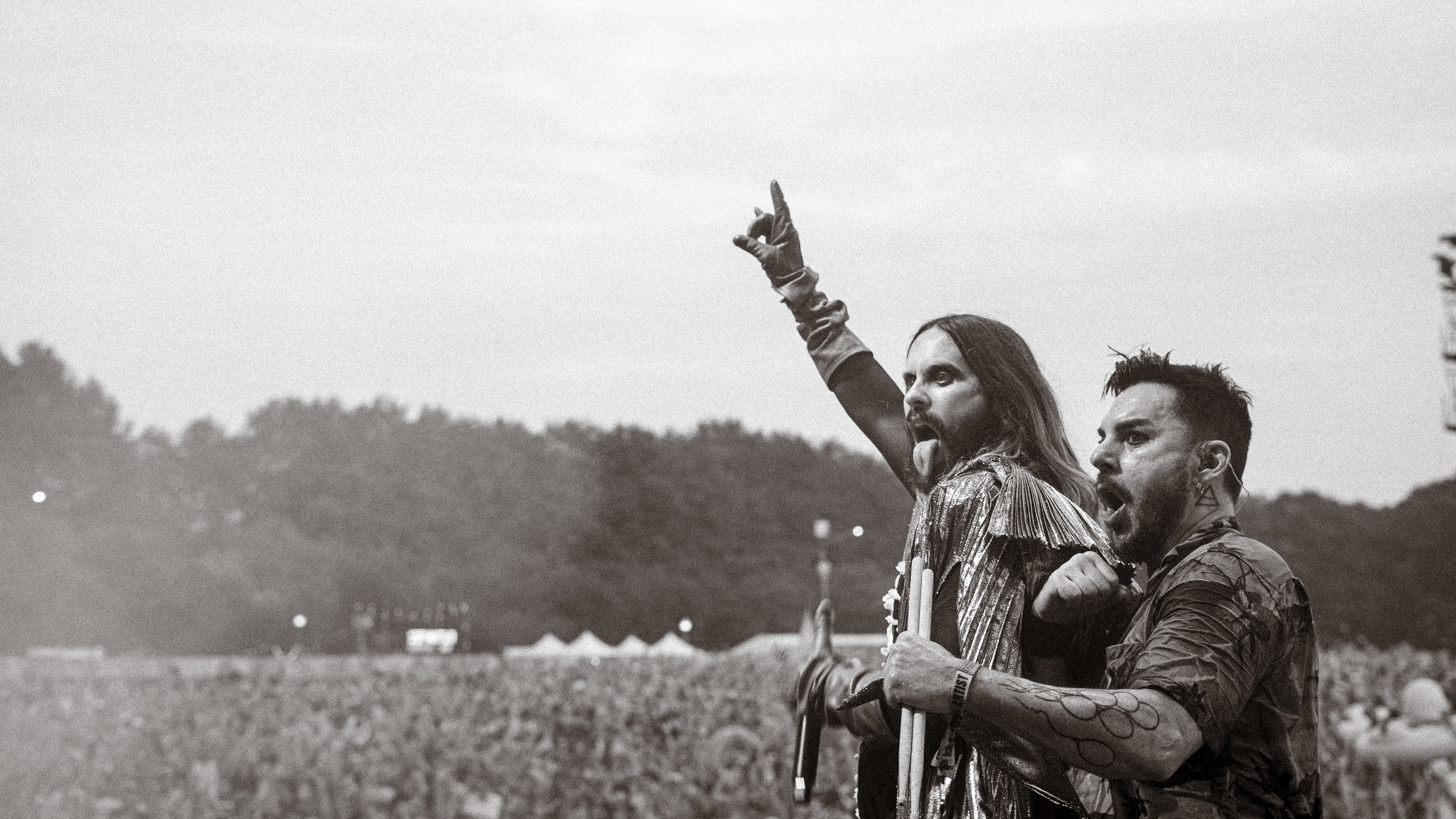
Photos by Varun Khushalani
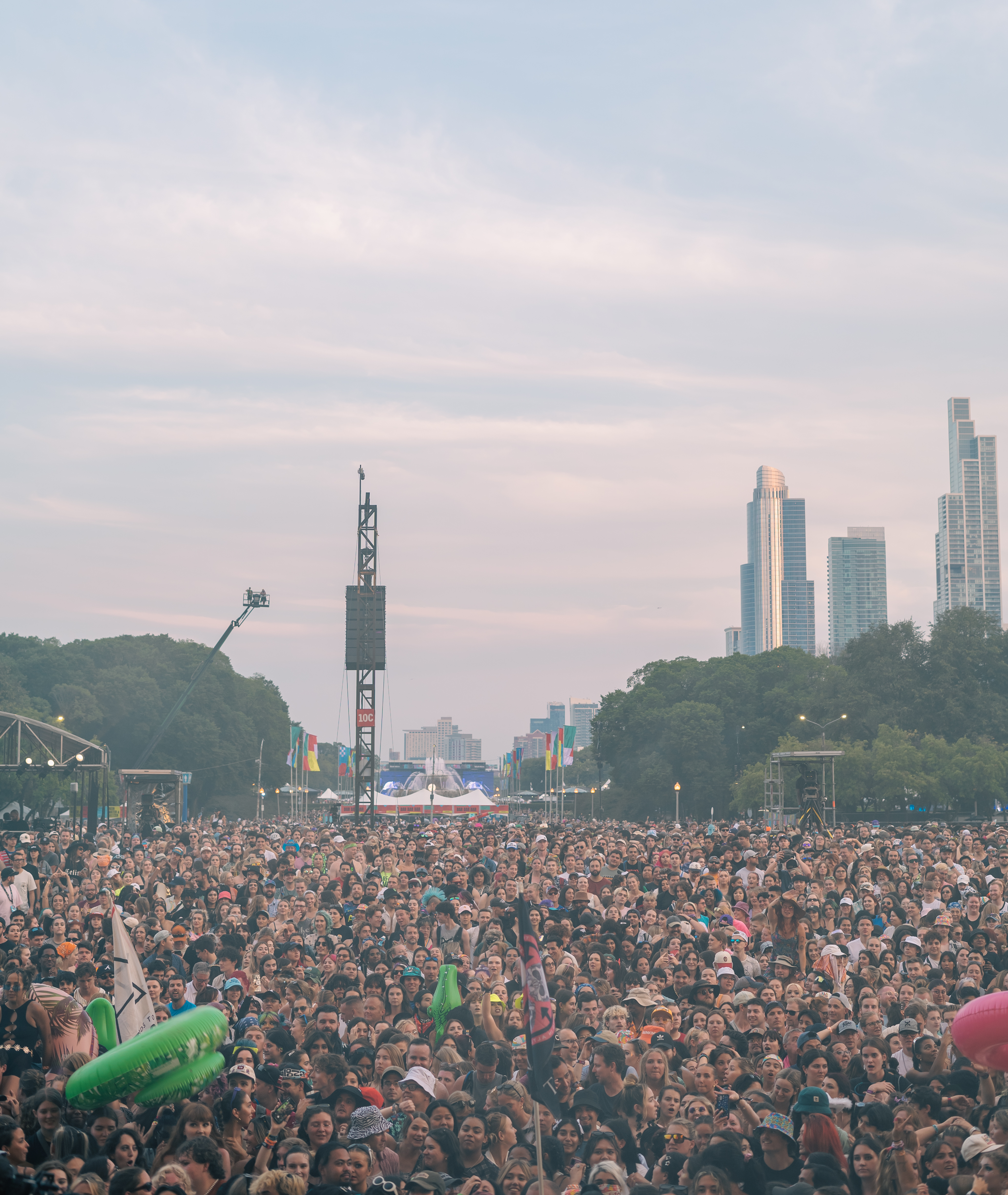
He went on to the next song, and we kept taking photos. For the uninitiated, there are a few different levels to performances at Lollapalooza. If you perform on a smaller stage, such as the BMI stage in a small, hidden corner, the only aid for you is a few lights. But for the night shows, the Bud Light stage was reserved for the bigger names, the ones who use every tool at their disposal. Thirty Seconds to Mars’ set was the latter; they had: pyrotechnics, smoke machines, platforms and many, many lights. The result is some of the best and most consistent concert photos at the festival. It’s hard to maintain a good visual presence while performing, but these guys managed to make every photo interesting throughout their set. But there can only be one photo used, so what’s the right one? They’re all technically different, showing a different subject from a different angle but basically, they’re all the same. All the lighting and special effects help in the world isn’t going to make the right photo; something interesting has to happen.
Photos by Varun Khushalani
For his last song, Leto stepped onto a platform and asked if “anyone wants to come on stage with Thirty Seconds to Mars?” He looked around, and one of the photographers looked up at him and asked if we could come up as well. He nodded and beckoned us up once again. He goes on, saying he only wants “the crazy ones, and [he’s] been watching.” We all rushed onto the stage (again), and stagehands began putting down tape behind him in the shape of a rectangle. For what reason this rectangle was being created, I didn’t know, I was focused on getting the best shot possible as quickly as I could.
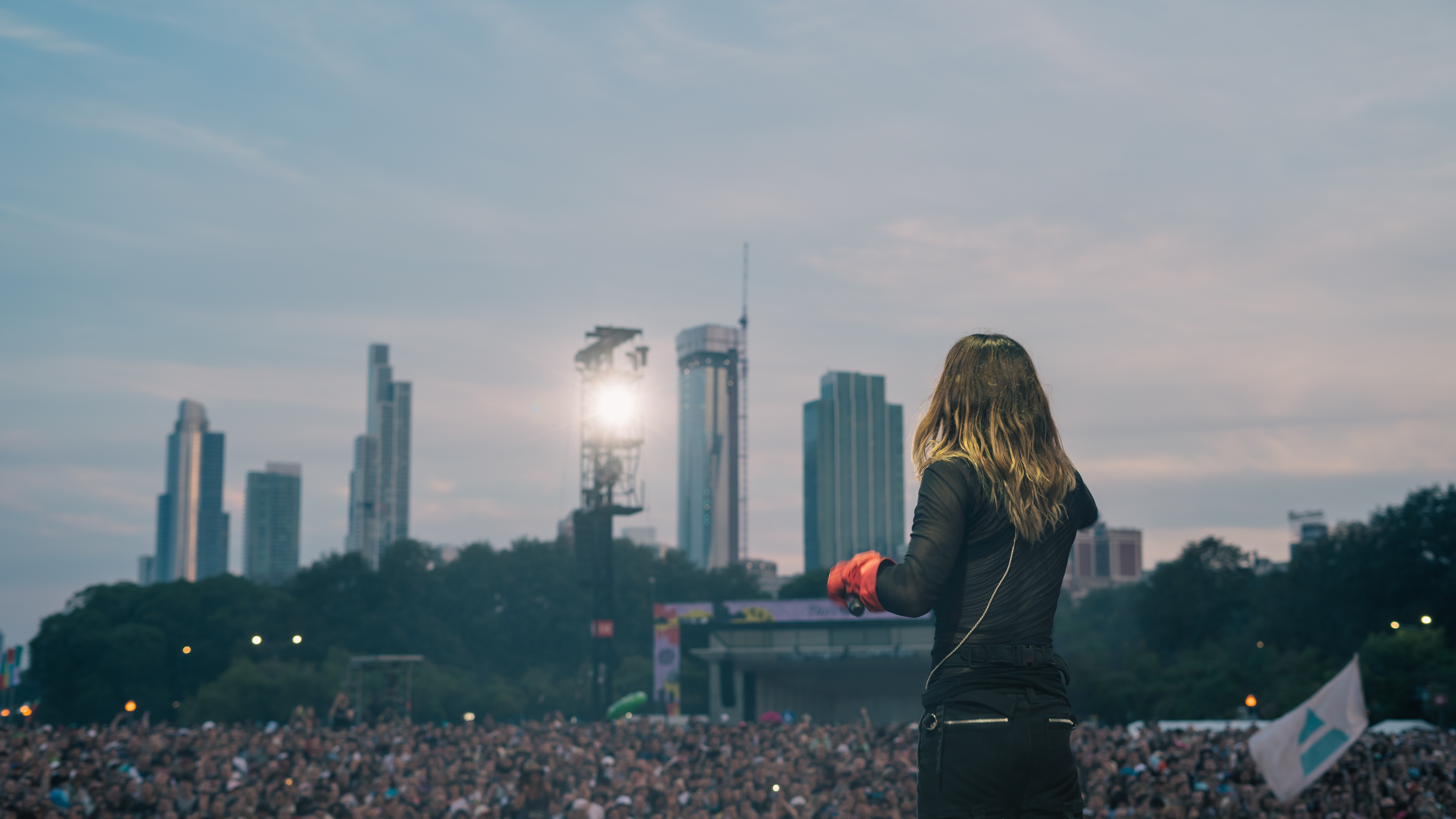
Photos by Varun Khushalani
He asked for some noise from his “brothers” and “sisters.” He asked how the VIPs were doing (a small but loud cheer could be heard), and then he asked how the “real people” were doing (everybody in the crowd cheered much louder). He descended the stairs down into the pit, at which point stagehands guided a mass of people from backstage into what I realized was not just a rectangle, but in fact a cage for Thirty Seconds to Mars’ most dedicated fans. As Leto was mingling with the crowd at the barrier, sending people up on stage, those who came from backstage continued filling this taped-off rectangle to the brim. If anyone had the misfortune of taking even a step out of the rectangle, they were forcibly pushed back in.
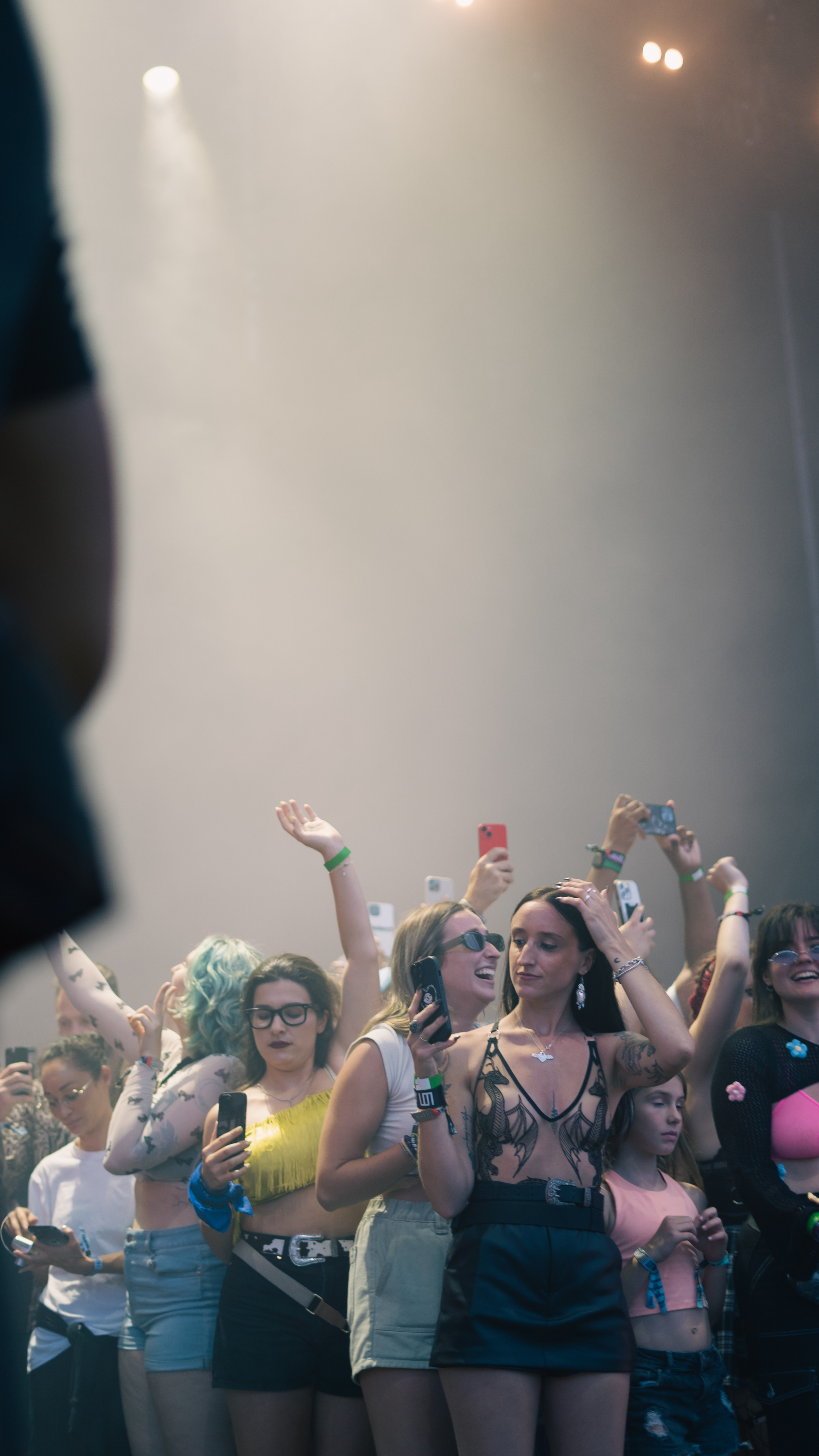
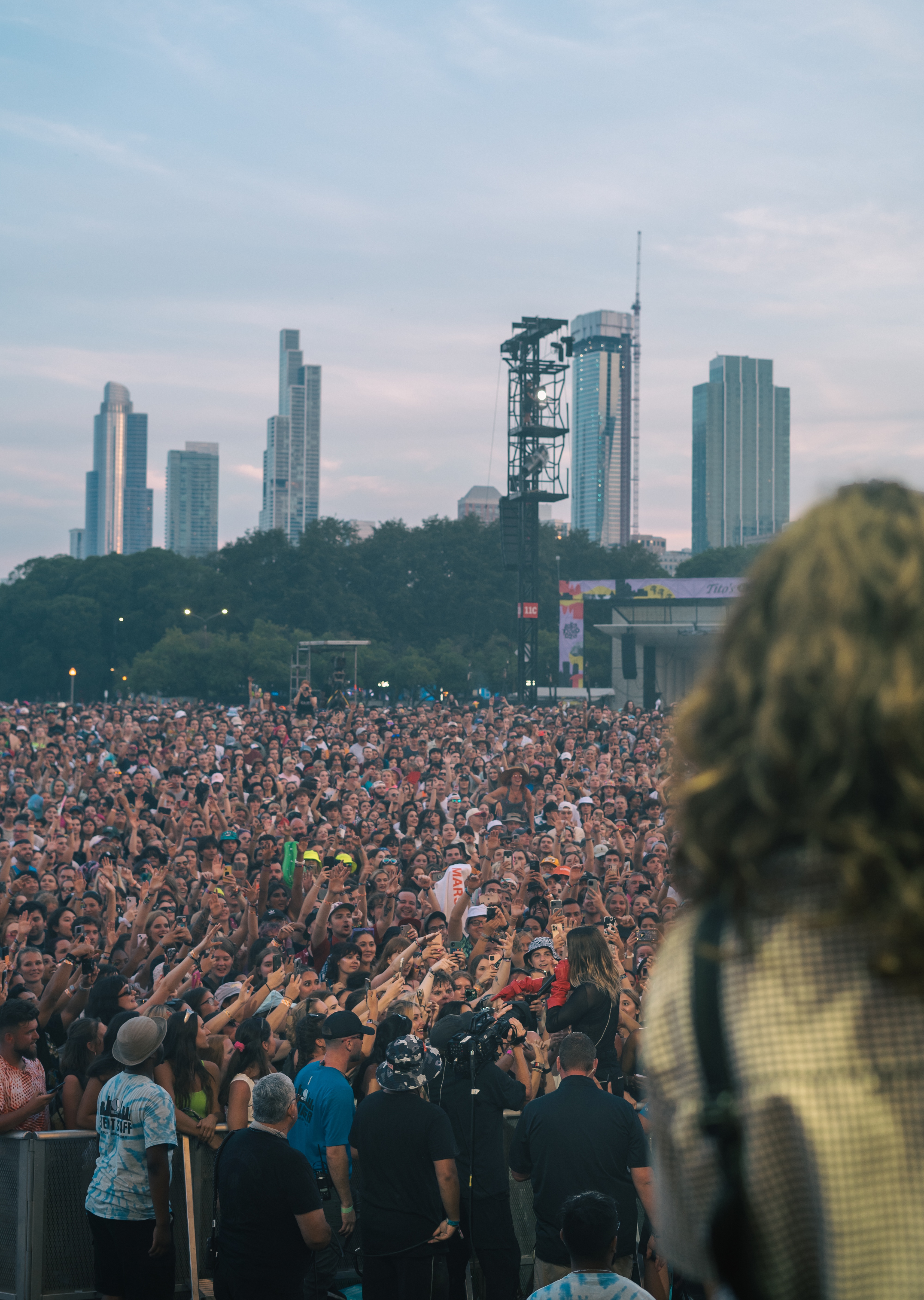
Photos by Varun Khushalani
Leto then decided, rather than coming back to the stage, to go the other way, up the lane to the front-of-house, which he then climbed up. No one around knew what was going on. But, more importantly, none of us had any idea what to do next. So, I decided to follow him.
I ran down the sturdy but loud metal stairs, half expecting someone to push me back, telling me I wasn’t permitted. But no one interfered, the staff just giving me passing glances as I rushed along the path. Everyone was focused on the real center of attention; Jared Leto, standing on top of a flimsy, metal front-of-house tent, 15 feet in the air. I raised my camera as I ran, trying to get what coverage I could, but as I reached it seemed he wasn’t going anywhere anytime soon. I circled around the tent, looking up at this prolific Hollywood star as he stood tall in the center of the gargantuan crowd.
Photos by Varun Khushalani
In this short burst, I knew in the back of my mind I was going to get something, but I still had to sift through a rapid succession of seemingly similar photos.
After he climbed down, Leto rushed back onto the stage to meet his adoring fans, who all looked like they were having a good time in their taped-off rectangle. The photographers I had left on the stage had been kicked off and sent back to the photo pit, as Leto began his last song of the day.
As he wrapped up, Leto thanked everyone, his brother embellishing the remarks with a vibrant drum solo. After waving to the crowd one last time, Leto left the stage, leaving his band, his fans and everyone else behind. The cordoned-off super-fans had to stay in place until everyone important on stage had left. Shannon was nice enough to wave to them as he walked by.
There was no time to recover after the absurdity I’d just witnessed because everyone was preparing themselves for the Friday night headliners.
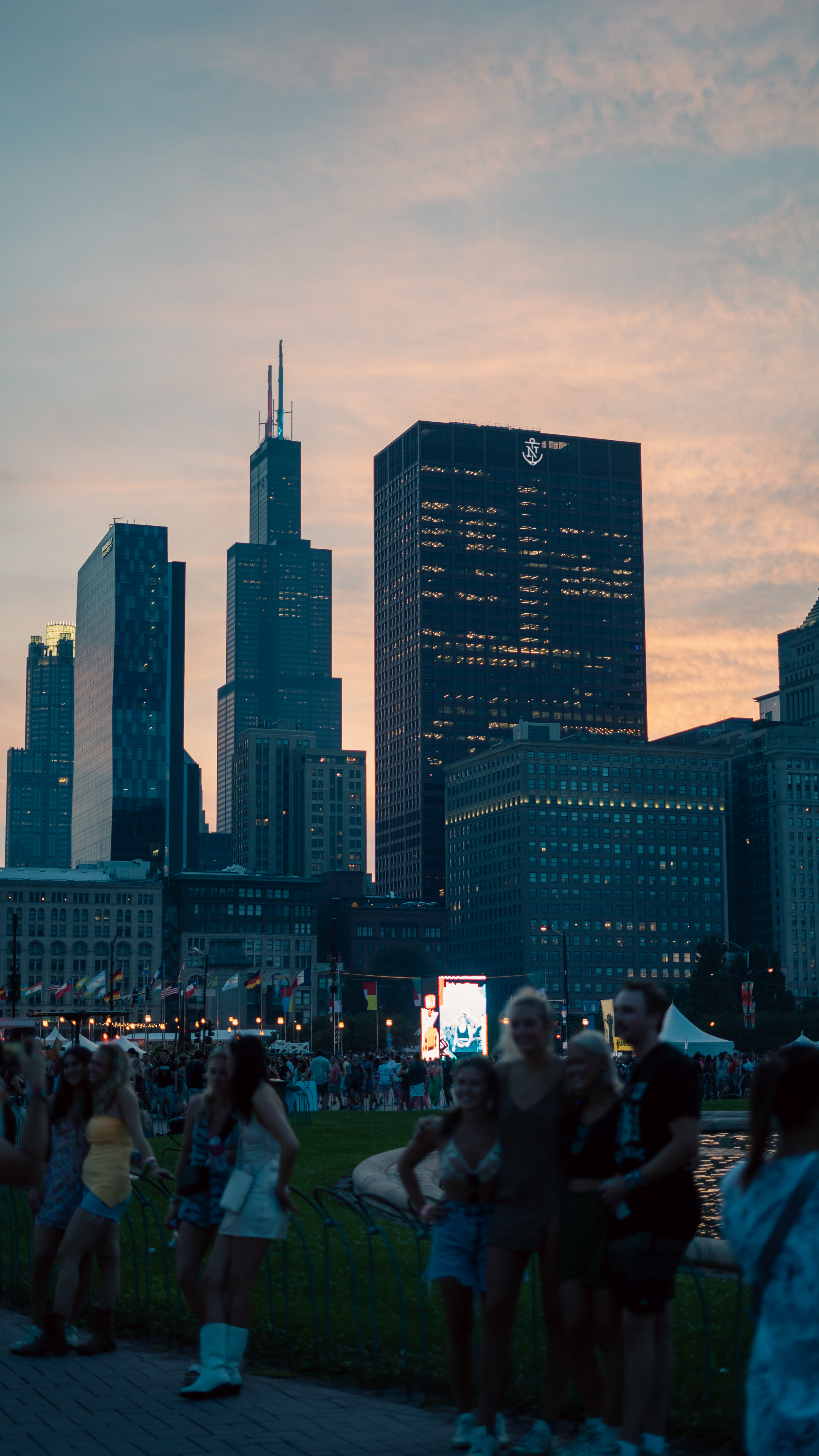
Photos by Varun Khushalani
I’ve been a Kendrick Lamar fan since I first got a Spotify account, back in middle school. His discography has maintained a permanent spot in my music library, but this was the first chance I had ever gotten to see him live. However, some headliners at Lollapalooza restrict the amount of photographers allowed into the pit, only allowing photographers from approved publications. Since I wasn’t on the list of approved photographers, there were two options in front of me: go to the other headlining performance, The 1975, or stay and fight my way through the crowd. After my last attempt to talk my way in (a move which was denied almost instantly, albeit kindly), I decided, rather than try and make it across Grant Park in 10 minutes to get a guaranteed spot for The 1975, I would stay and take my chances. It was a good idea in theory.
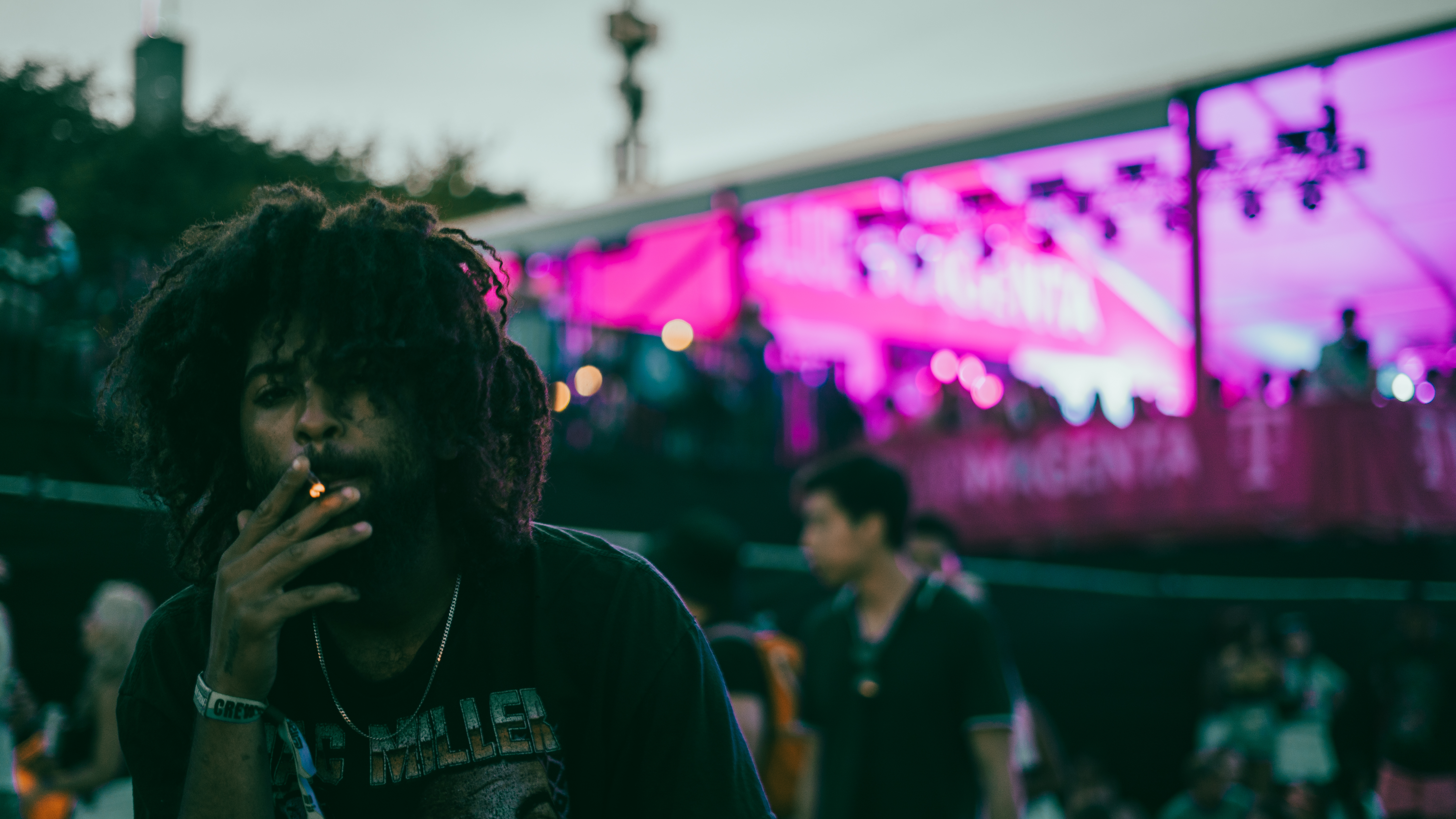
Photos by Varun Khushalani
Since I had left before the headliners on Thursday, there were a couple of things I didn’t have the benefit of knowing. Firstly, the crowds are a lot bigger and a lot more dense. Usually, I would love this. It’s so easy to hide in a crowd, to enjoy the music and the moment without the thought of attention being placed on you. But, as a photographer, I had two cameras with me, and even though they are pretty compact for the sole purpose of being able to move through crowds easily, in that crowd they became a hindrance. I had to use both hands to hold them as I tried to wade through a crowd that was getting more and more annoyed as the performance continued to become delayed. Don’t get me wrong, I get it. If a photographer tried to push past me to get to the front of the crowd, I’d be pretty annoyed, too. However, it was in these moments that I noticed an interesting phenomenon I wouldn’t have been able to see if things had gone to plan.
There were a lot of people in this crowd, and they were all packed tightly together. But, naturally, people have to move, either to get closer to get to the back or the side to leave the crowd. As I waded through this crowd, I noticed a steady stream of people moving alongside, but not entirely on the edge of the crowd. Without planning, people naturally found the path of least resistance and connected on this accepted path to allow people to go forward. These weren’t perfect paths, many times somebody was just sitting in the middle of the road, or a rowdy group began to push into this miniature highway of people, but if you found the right lane and most importantly, didn’t stop moving, then you could get relatively far relatively fast. I found it fascinating that in this chaos, these dynamics just naturally occurred; the crowd doesn’t just act as a mass of people, it acts as a living organism, pushing and pulling, with independent interactions like this created because it is vital for the health of that organism. Say this behavior doesn’t exist, then people who need to get out are trapped, and those who need to come to the front will be stuck in the back. Cool stuff.

Photos by Varun Khushalani
I stood on a crowded hill waiting patiently for the lights to go on and the performance to start. I had positioned myself right on the edge of a steady stream of people so that when the time came, I could go down and try and get closer. I kept checking the time, bored and restless, just wanting the performance to start. Then, 15 minutes later than scheduled, the stage lit up.
I rapidly clicked away, snapping as many photos as I could. Because going down into the crowd meant that I might get an awkward or obstructed view, I made sure to get as many photos of the stage as possible.
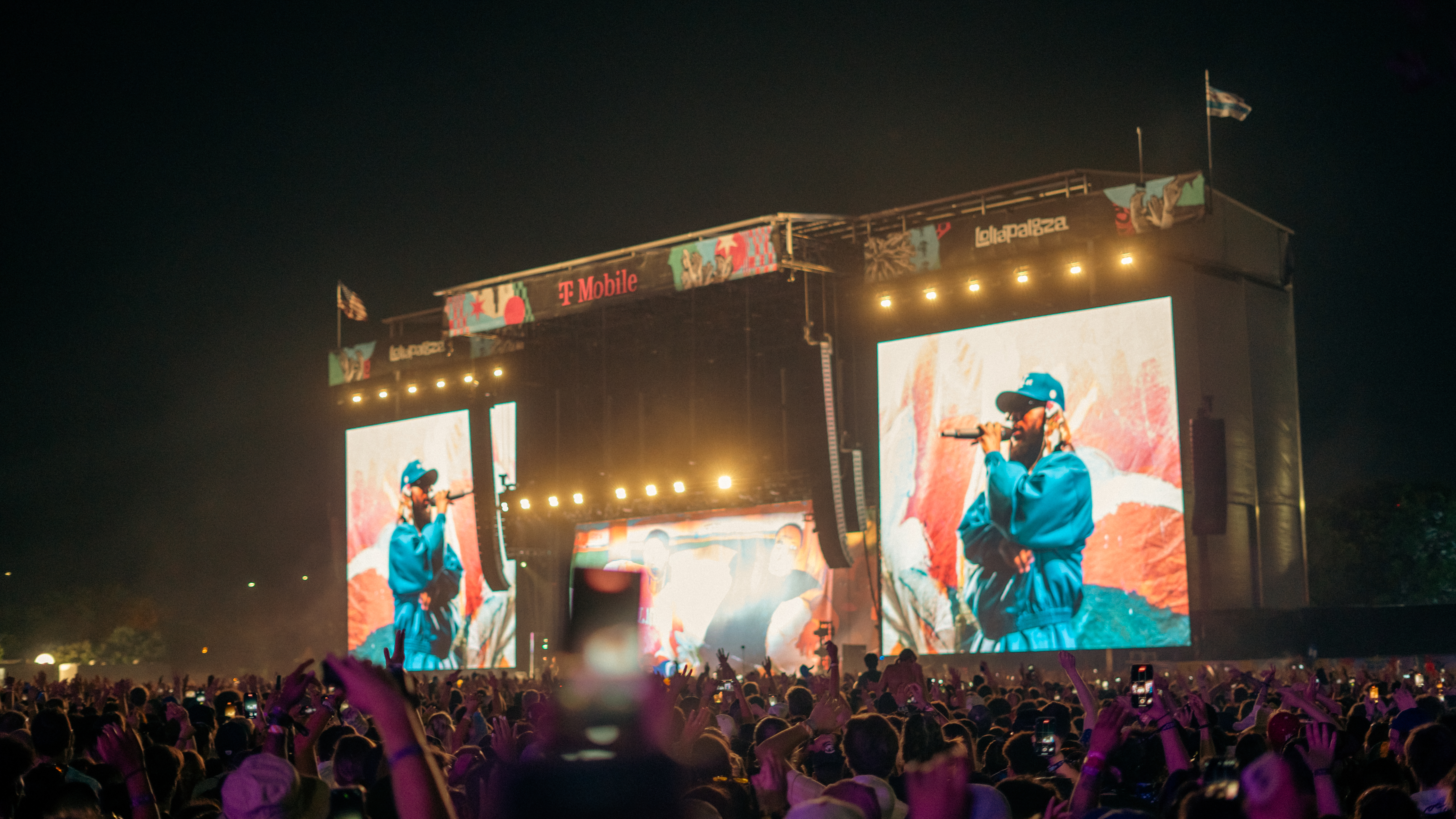
Once I thought I had enough, I ventured down off my perch. I was immediately met with just how tight and uncomfortable it was. The crowd had compressed more to get closer to the stage, and the path I had taken to get down off the hill dispersed once it got into the mess. I tried to get closer, raising a camera up to see if I could get a better photo, but the more I advanced, the tougher it got to find an opening to move forward. Every time you took two steps in one direction, someone new would be blocking the way, and so to keep moving I had to perform some highlight reel evasive action just to avoid falling into the people who like to sit in groups in the middle of a massive crowd. But, for all my spirited attempts to breach the main crowd, I couldn’t make any meaningful progress; deflected at every turn.
Photos by Varun Khushalani
Once I realized getting a shot close to the action wasn’t going to be possible, I retreated up another side hill to reset and catch my breath. I had been in there for just a few songs and had spent so much energy trying to get in that I barely had time to take any photos, and the ones I had taken were either shaky or not properly exposed. Silently cursing myself for not moving up earlier or picking a better spot, I began to modify the plan and see if there was a better angle of attack. There had only been three or four songs so far, so I went to check to see how much longer I had. Reaching down to my pocket, it was at that moment I realized I had lost my phone.
–
How to Lose All Hope
“How much worse could it get?” I asked myself as I sat on the Brown Line train heading for the Loop on Saturday. I had just lost my connection to the world, with the chances of finding it diminishing rapidly; the rain that I had been praying wouldn’t arrive just kept on coming and when I woke up that day, I was so incredibly sore. I had already planned to come late: the first artist I had wanted to see was going around three. But, part of me was hoping for another excuse not to go. If it hadn’t been for my roommate Casey telling me not to be such a loser (paraphrasing) and to not waste an incredible opportunity, this entry might not exist.
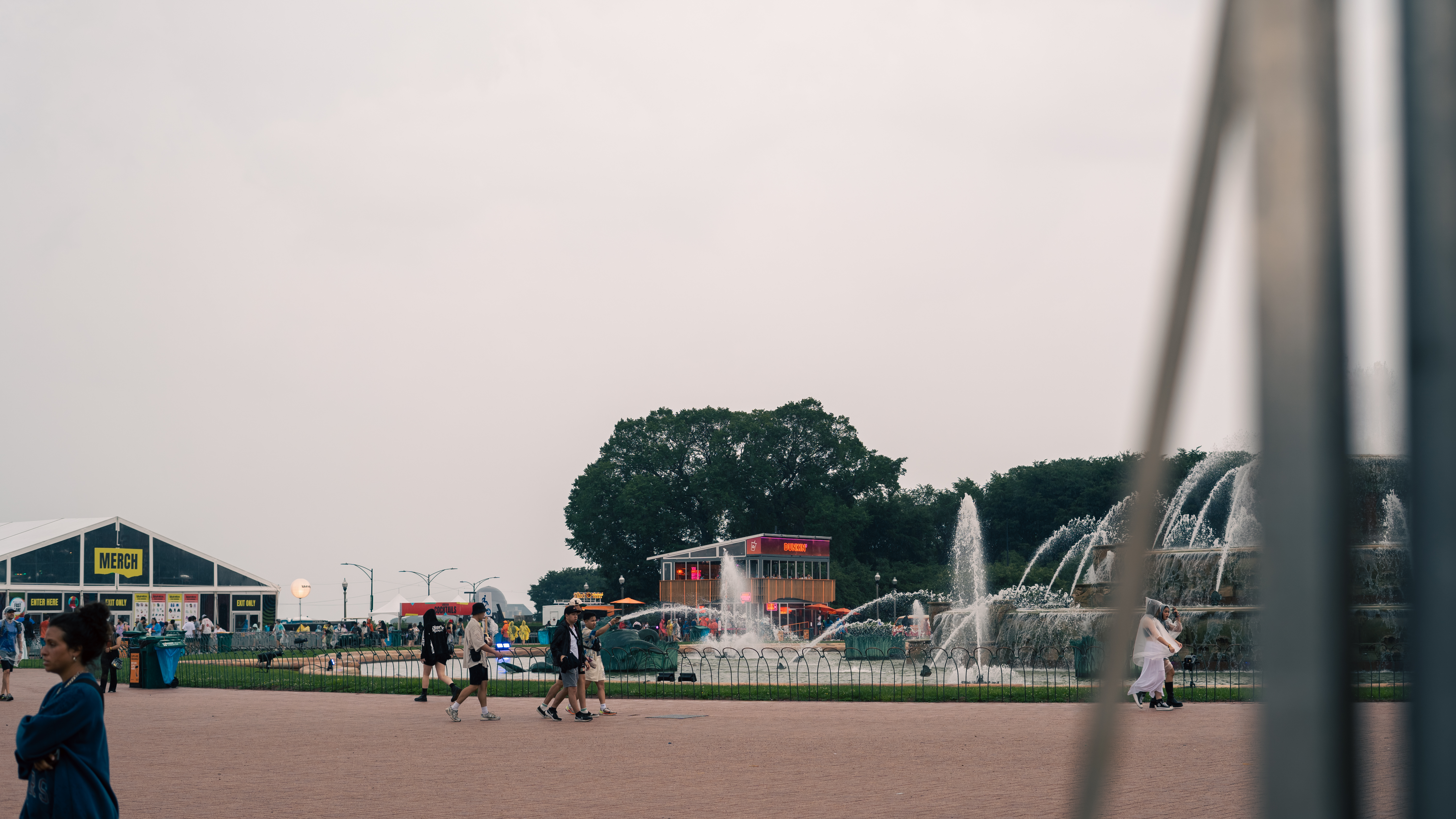
I spent the whole day trying to navigate from the communal maps and schedule posted along South Columbus Drive. Since I didn’t have a phone to check what time it was, I had to resort to the old-fashioned way of getting that information: asking any random passerby if they had the time. I got there around 12:30 (I think), and arrived in a media pen that looked like it had just been the victim of raiding and pillaging. Chairs were scattered around, and the tables soaked due to an awning that did nothing to prevent water from falling on what was underneath. I found solace in an enclosed (but still leaky) tent, but all I could do there was pass the time. I didn’t have a phone to pretend like I was doing something important, so, for better or worse, I ventured out and tried to get back to work.
I stayed at the BMI stage for the majority of Saturday because it was mostly under cover of the trees above. The Bud Light, Tito’s Handmade Vodka, Bacardi, Perry’s, Coinbase, and T-Mobile stages all were in the open, which meant no cover for the cameras, and rain was just pouring down. Walking around, I had to stash my cameras deep into my jacket to protect them. It wasn’t a very relaxing time.
—
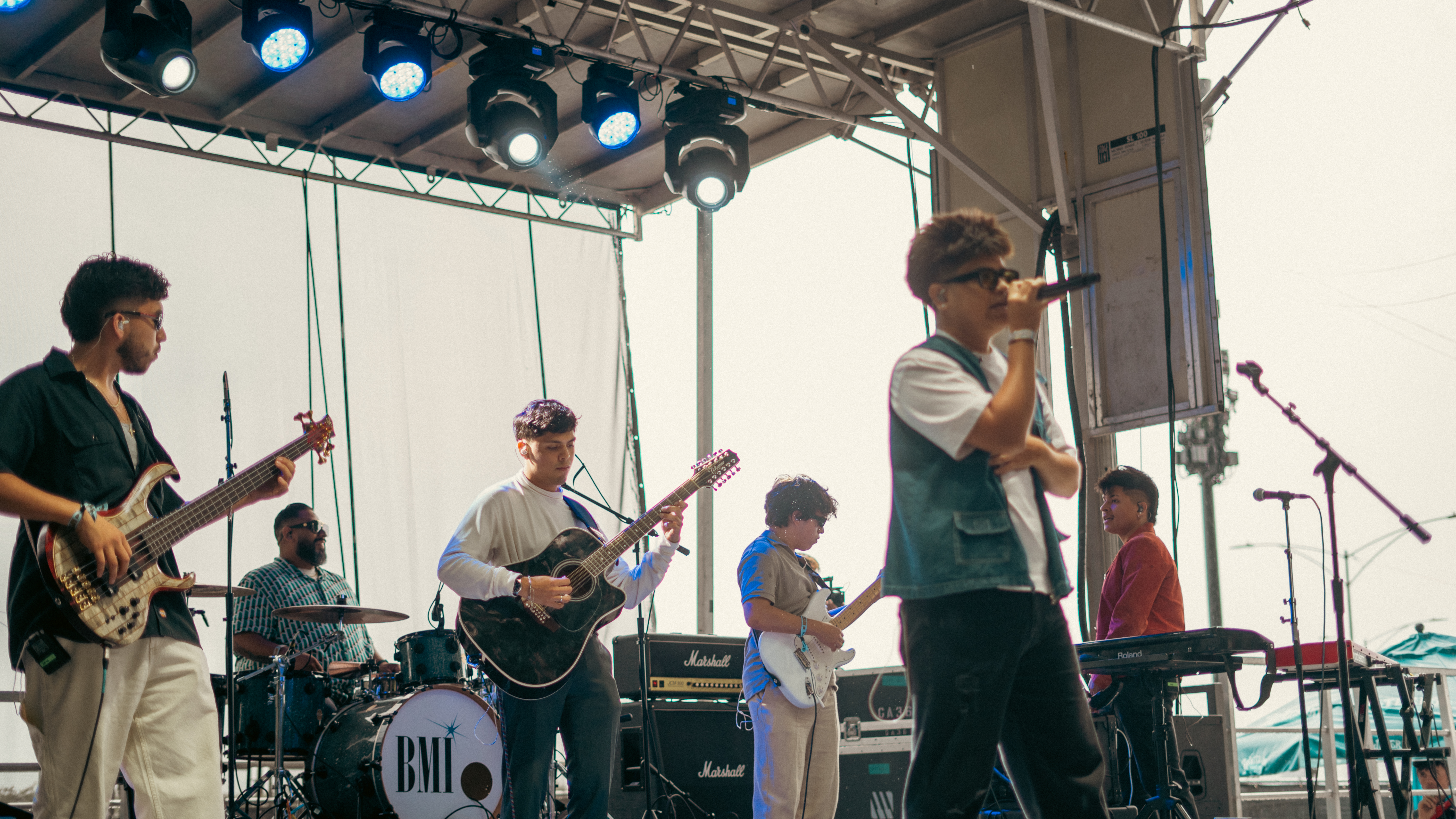
Photos by Varun Khushalani
Still, I tried to keep my head down and plug away. I shot bands like Los Aptos and Arcy Drive at BMI, and, even through the rain, their fans stood tall and stood out, cheering on their artist no matter what.
Photos by Varun Khushalani
One of the first bands I’d heard about before the festival was Thee Sacred Souls. 20 minutes before their set, I trudged through the mud and drizzle to T-Mobile, but, since there was no cover, I had to hide with some other photographers under some trees off on a side hill. We looked out onto the field, trying to judge the intensity of the rain, seeing if there was a possibility of it letting up. It felt as if it was settling, it seemed, but anything could happen. About five minutes before the set, I walked down to the side of the stage to get into the pit and was greeted with a field of mud waiting on the other side of the fence. I found another way around and got ready for a group I’d been waiting for all weekend. But I was tired, wet and phoneless. Taking care of cameras is not only a tedious task but a stressful one as well. I didn’t want to add the cost of a water-damaged camera to this already costly weekend. I took all the photos I could, but, after two songs, I couldn’t risk anymore; I had to walk away.
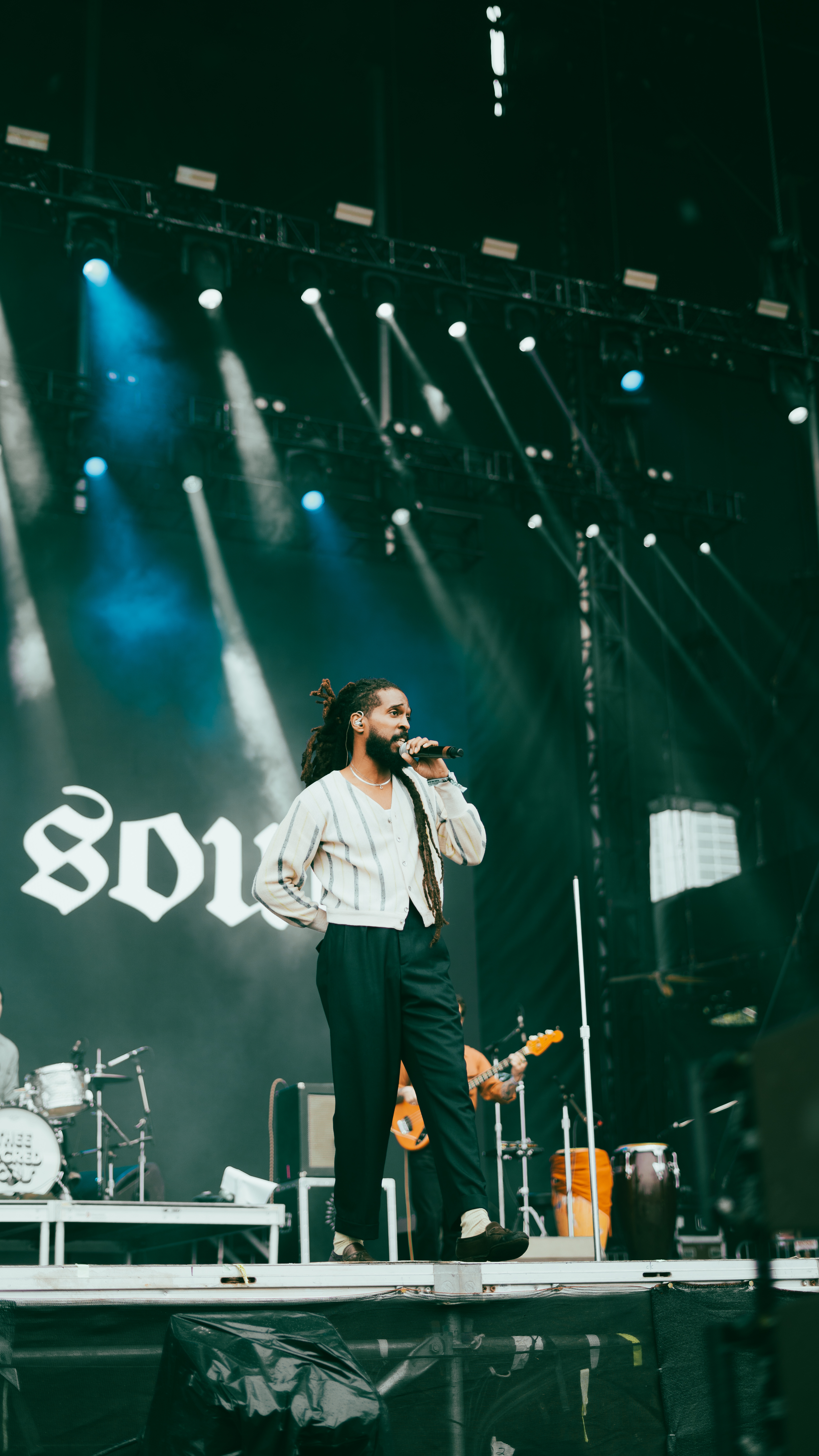
Photo by Varun Khushalani
I tried pushing on for a couple more sets. I had the pleasure of sitting next to an artist called Windser the day before, and, after an interesting conversation, I’d told him I’d go to his set, which (thankfully) was happening at BMI in the afternoon. He was a great guy, and very graciously gave me a short interview, but when I was standing in that pit I was only thinking about aesthetics. Only caring if a shot looks good is a recipe for bad, impersonal photographs. The music was going in one ear, and out the other; I just couldn’t feel it.
The last straw for me was Suki Waterhouse. I’d only heard of her the day before because I’d seen on Instagram(.com) that she was playing at an aftershow the night before. This was my standard for screening artists at this point. As I arrived, the crowd was packed, which I was excited to see because it meant my gamble had at least paid off in the sense that she was an artist people wanted to see. But, as I raised the camera, the same feeling of emptiness came over me. For the third time today, I was already thinking past the moment. It’s not that the music was bad, I just had no connection to it.
Photos by Varun Khushalani
On a normal day, when I look into the viewfinder of a camera, it’s because I want to see what’s on the other side. When I looked up at Waterhouse, all I could think about was the feeling of my wet socks and a burning desire to not be in front of a crowd. I was judging which artists to photograph by how many fans were there, instead of if I actually wanted to photograph them at all. Usually, I’m driven by a curiosity in a subject, an intrigue into placing them into a frame. When I’m curious, I’m a better photographer. Waterhouse proved the difference between taking pictures versus taking photographs. That Saturday, I was just taking pictures.
How to Find It Again
You need that type of Day 3 to happen so you can truly enjoy how good Day 4 is.
I had the extreme pleasure of meeting and photographing Usted Señalemelo and Poolside (whose profiles for 14 East are definitely worth a read).
I photographed a few other artists, but of note, I was able to (successfully this time) wade through a crowd to photograph Joey Bada$$ at Tito’s Handmade Vodka stage. It’s a tiny cornucopia compared to the other massive stages at the festival, but, for a presence like Joey Bada$$, it didn’t matter. For some artists, no matter the stage, weather, or time of day, they are able to transcend and forge a bond with an audience that is so potent you can almost feel it in the air. He had such command over the crowd, and he knew exactly what to do to create the best sound possible.
Photos by Varun Khushalani
I wasn’t even supposed to be there when he brought out Chance the Rapper, I was just hanging around, enjoying the music for as long as I could before the next set. But, as whispers poured through the crowd that someone big was coming, the masses once again ignited, if they had even cooled down. And when Chance, a Chicago native, came out onto that stage, the crowd rushed to get closer, somehow compressing by almost half seemingly instantly. I was able to walk through spaces that just seconds earlier had been shoulder-to-shoulder. To be a witness to that moment, made the inherent feeling of dread from the day before vanish.
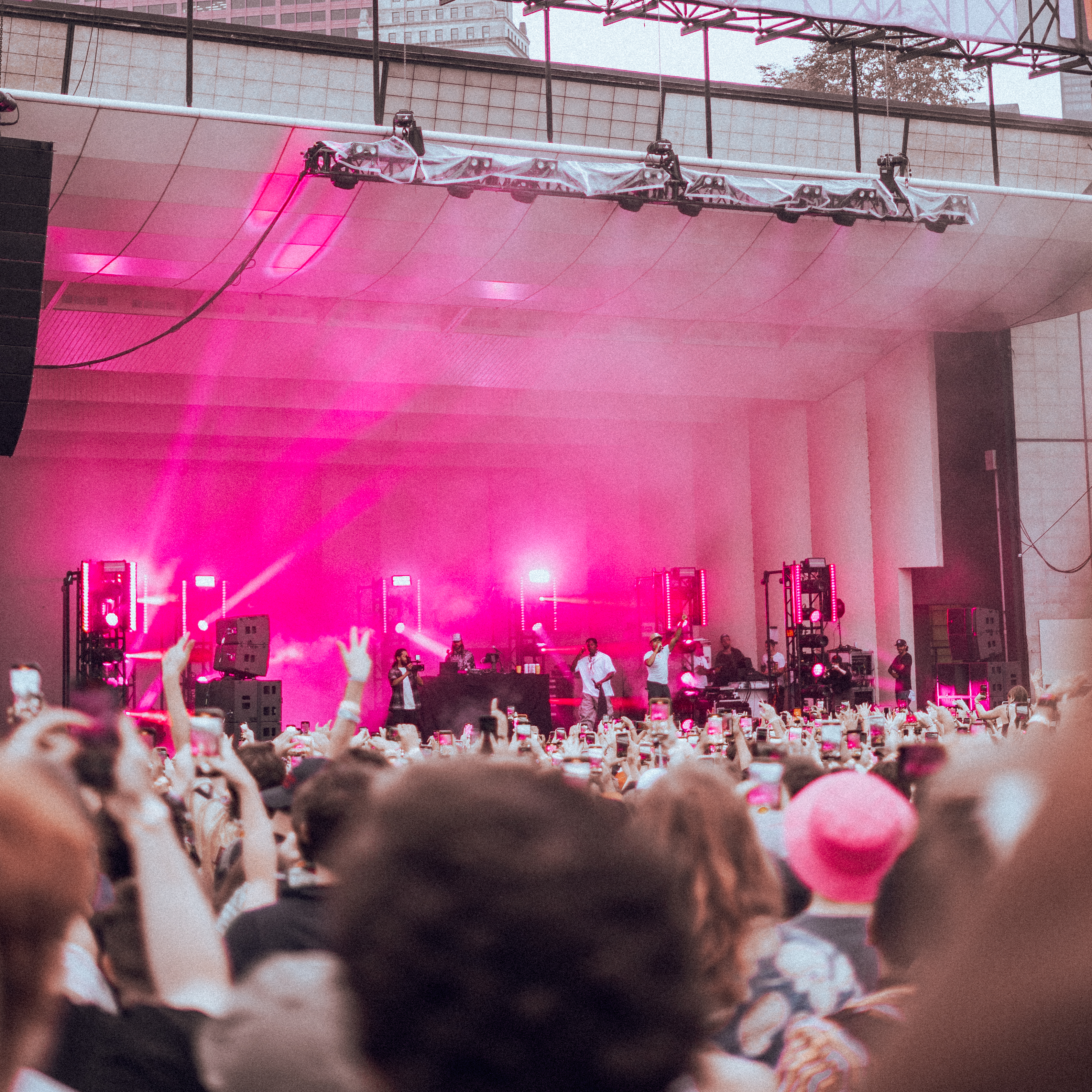
Photo by Varun Khushalani
But, by far, the best moment of the entire festival happened at the very end.
—
In December, I’ll be in Paris, studying abroad. When I found out a few months ago, I decided the best way to prepare was to watch French films and listen to French music. During my Spotify search, I stumbled upon a playlist of French house music. One of the best feelings in the world is finding a new genre or artist that makes you feel something. Something that you enjoy, truthfully and wholeheartedly, not for someone else’s benefit, but your own; For me, that feeling came from the French band L’Imperatrice.
Before I even knew they were performing at Lollapalooza, I had their music playing on repeat. Walking to work, in my room, (even covering a NASCAR race) L’Imperatrice had a large market share on my music listening habits. The music, to me, was perfect, and it came at a point in my life where I was in a drought of good music. Everything else seemed old and boring, and I couldn’t bring myself to hit play on any of my favorites. It was something new and fresh, the perfect cure to a summer that was starting to feel empty without something playing in my ear.
When you go behind the scenes for one of these events, you get bombarded with emails from publicists and PR managers asking you to attend their client’s sets. I started getting these emails a month or so before the festival, but, like a sign from above, one of the first of many emails I received was asking me to check out L’Imperatrice’s performance; on Sunday night, 9:00 PM. To my chagrin, 30 minutes before, Lana del Rey and The Red Hot Chili Peppers were headlining on opposite ends of Grant Park. However, on some hidden stage, in between two of the biggest performances of the festival was the music I really wanted to hear.
—
I knew I had to get at least one photo of Lana del Rey. I had 30 minutes to kill, and I couldn’t not take one. I don’t tend to plan out photos, I love the feeling of finding them in the crowd, stumbling upon that perfect angle spontaneously. But, since I knew I would have to run very fast out of a full crowd to the Bacardi Stage, I planned this one out. Whether I found the best one is up to debate, but when I saw the one I wanted, I planted myself and waited 20 minutes for the performance to start. It was delayed, just like Kendrick Lamar’s set, but I stood patiently, with nothing to distract me, just looking up at the marvelous buildings illuminated by the blue clouds rolling on by. I was in the back of the crowd, as the front tended to get a bit restless anytime any movement occurred on stage. You’d hear shouts and screams and everyone would look up in excitement… and nothing would happen. The shouts and screams would die down, and everyone would go back to their idle conversations. Then finally, a round of noise emanated from the speakers as the lights from the stage dimmed and the lights from the phones rose. Del Rey came on, and the crowd went wild. She began to perform, but I was nowhere to be found in that crowd. I was long gone. I had gotten what I needed the second she stepped on stage.
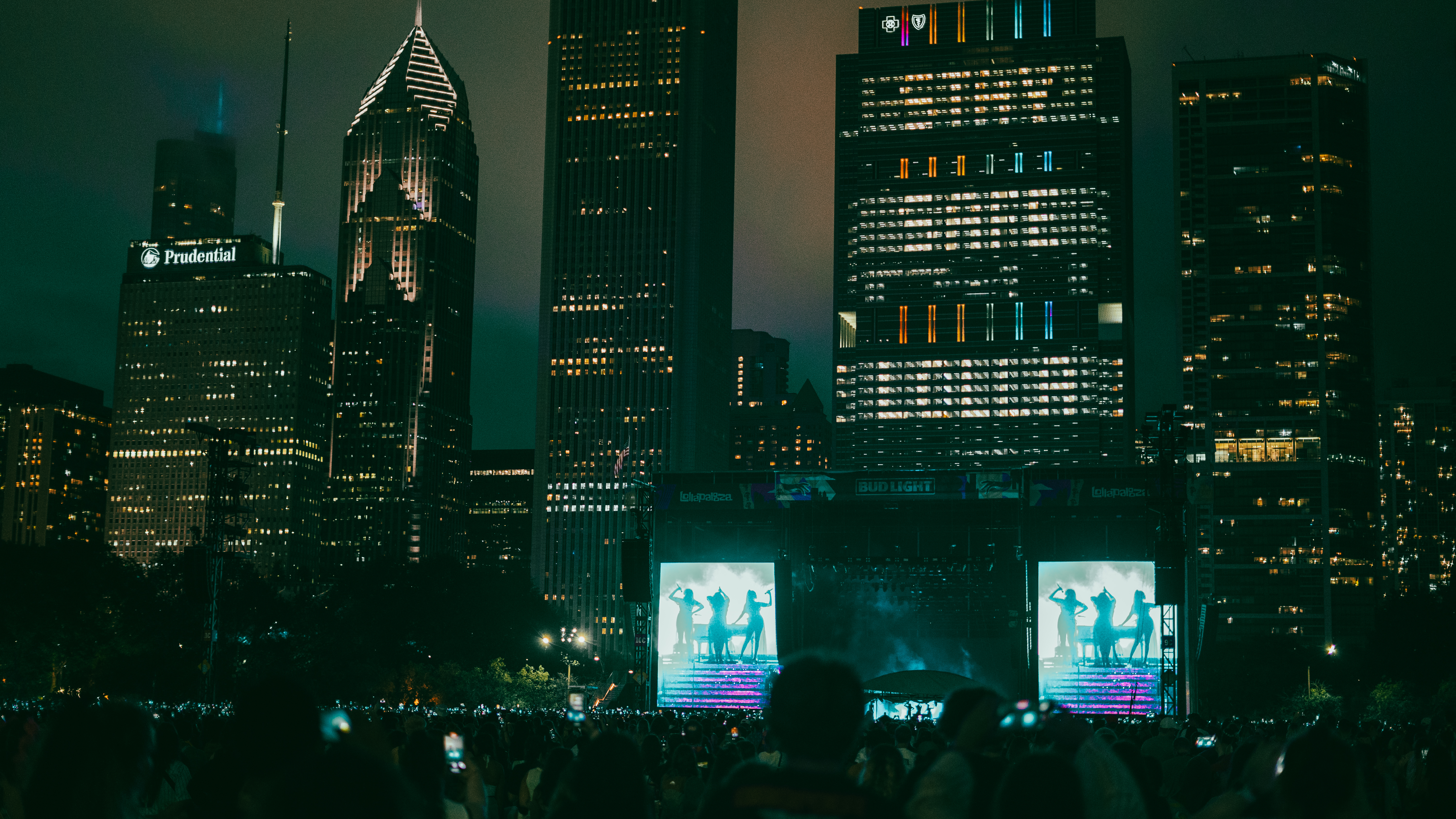
Photo by Varun Khushalani
—
This whole time, I was trying to find the reason people come to these festivals. Sure, it’s an escape from reality, but there’s still a reason we choose places like these to escape to. Sometimes, the answers to questions like this aren’t the easiest to find, because they often have to do with our own individual taste, which varies wildly from person to person.
That night, I found that reason for myself. All weekend, I had been watching fans of artists go absolutely berserk over music that I didn’t particularly enjoy. It’s not that the music was bad, it just wasn’t my cup of tea. Every day there was a new song or artist I would catch a part of that I would be mesmerized by. Even on Saturday, when I was one stumble away from retiring, there were still flashes of a great time, things to put a smile on my face. There were moments throughout that were truly special, but I didn’t have long to revel in them. After we were kicked out of the pit, I always just found another stage to go to.
But it was seeing this French band I had heard of only a few months prior that had given me a feeling no other live performance had ever given me. Not only was the music superb, but the atmosphere, the lights, the fans; everything was on point. It felt like it was just for me. I was witnessing a moment, not only for myself but for everyone else in the crowd. We were all in awe, just watching these brilliant performers.
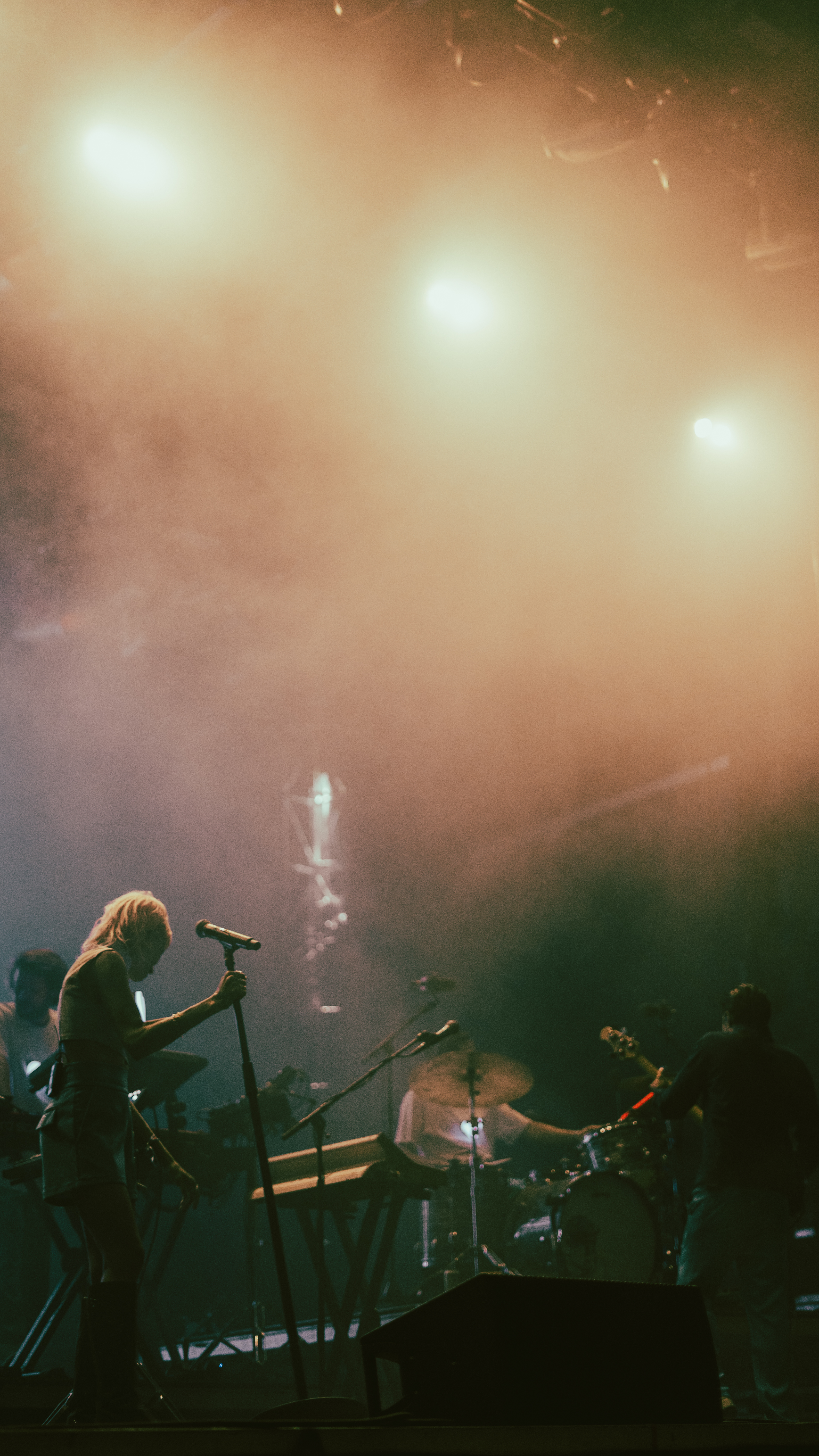
Photo by Varun Khushalani
Funnily enough, even though this was the performance I had wanted to see the most, I had conveniently forgotten a spare SD card, and, as usual in these situations, as the band was coming out and I hit the Shutter Button, my camera informed me that it didn’t have any space left. I scrolled fervently through my previous photos, looking for ones that were worthy of deleting. I also had only ten exposures left on my roll of Ektachrome 100, meaning I couldn’t just spray and pray; I had to pick my shots judiciously, on both film and digital, which is rare for the latter. These were the guys; this was the show I wanted to see. I didn’t have time to go back and check what I had taken, I just had to accept what I had and hope it was all in focus. For those first three songs, I had to be 100% from the field. It was maybe the most fun I’ve ever had.
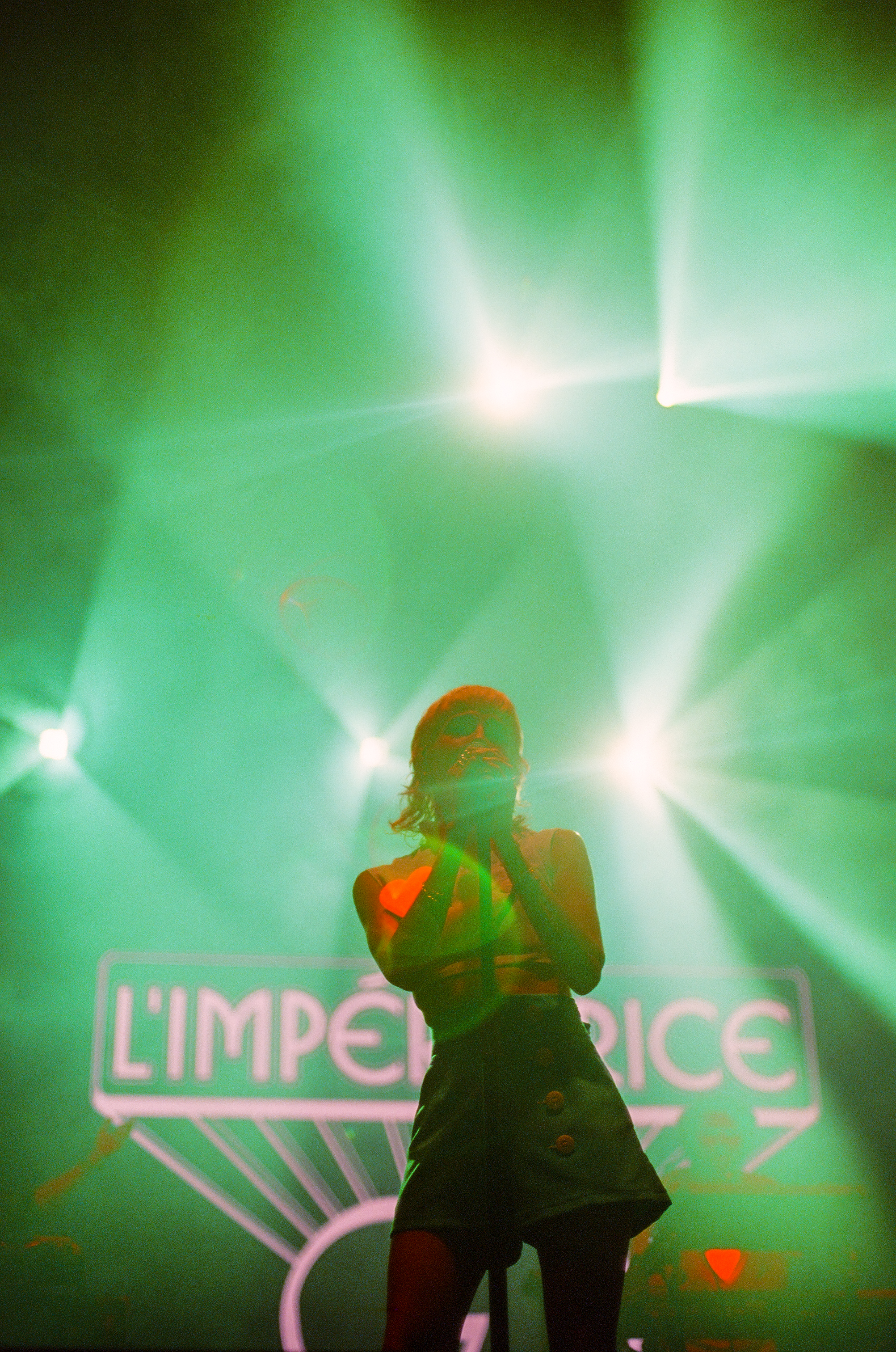
Photos by Varun Khushalani
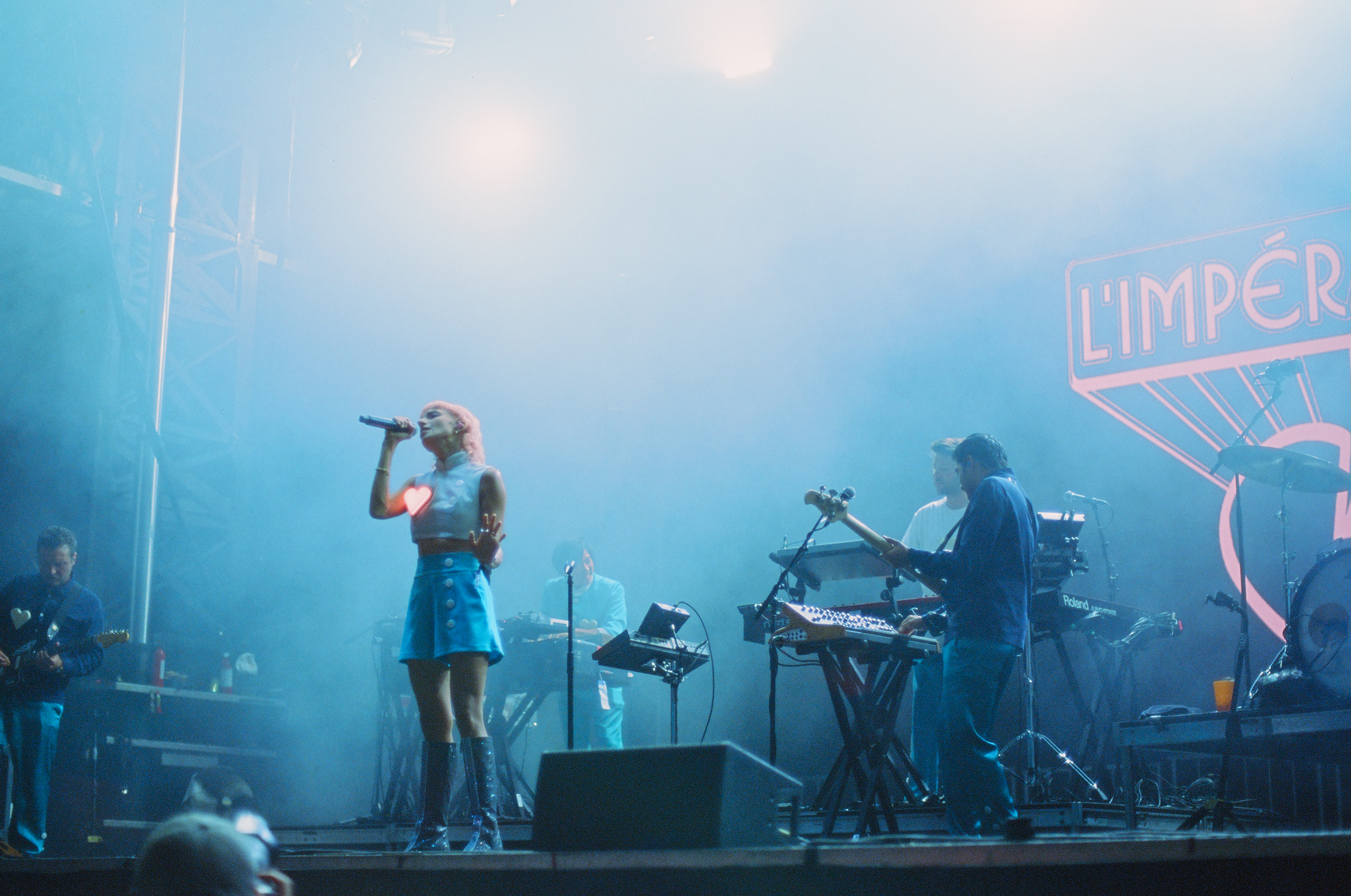
—
How to Win Lollapalooza
It was an extraordinary experience being able to come for all four days, and to witness such a massive showcase of performance and creativity. My final piece of advice for making the most of such a spectacle is; don’t be afraid to step out of the spotlight for a little, and watch the more far-off, secluded performances. There were so many names I didn’t recognize on the lineup this year, and, even though I’m not the most musically literate, I don’t believe I’m alone in that. That’s part of the beauty of festivals like this, they are designed to reach as many people as possible. A lot of the music isn’t going to be for you, and that’s fine. It’s great even. When L’Imperatrice first came on, the lead singer acknowledged the reality of the situation to the smaller crowd: two big-name headliners simultaneously performing during your set isn’t the greatest situation to be in as an artist. But, nevertheless, she had a positive perspective on it, saying to the crowd, “the future will tell that the party was here tonight.” And, for me, it was. And it might have been for someone else as well, someone who just happened to wander in, uninterested in the allure and grandeur of the big crowds surging toward the two bigger names. The real party is there, somewhere; maybe it’s hidden, or maybe it is right where you expected it to be. I’m sure thousands of people had a great time that night, watching Lana Del Rey or the Red Hot Chili Peppers. But the key is to try. Try and find that party, because it’s always out there. So many times we close ourselves off for sake of comfort, or rather, the avoidance of discomfort.
“What if I don’t like it?”
“What if I waste my time?”
What if…?, what if…?, what if…?”
These questions aren’t inherently bad to ask, they protect us from the things we really shouldn’t do. But at every stage at this incredible festival, there were always cheers, and laughter, and smiles, someone always had a reason to be there. It’s the same reason we blindly follow our friends into a restaurant we don’t know, a cuisine we’ve never tasted; we can see how it brings out a combination of positive emotions that they’re trying to give to us. Someone out there will always be having a great time, somewhere in the world, somewhere you might not expect. All you need to do is try and find it. The future will look on in kind regard.
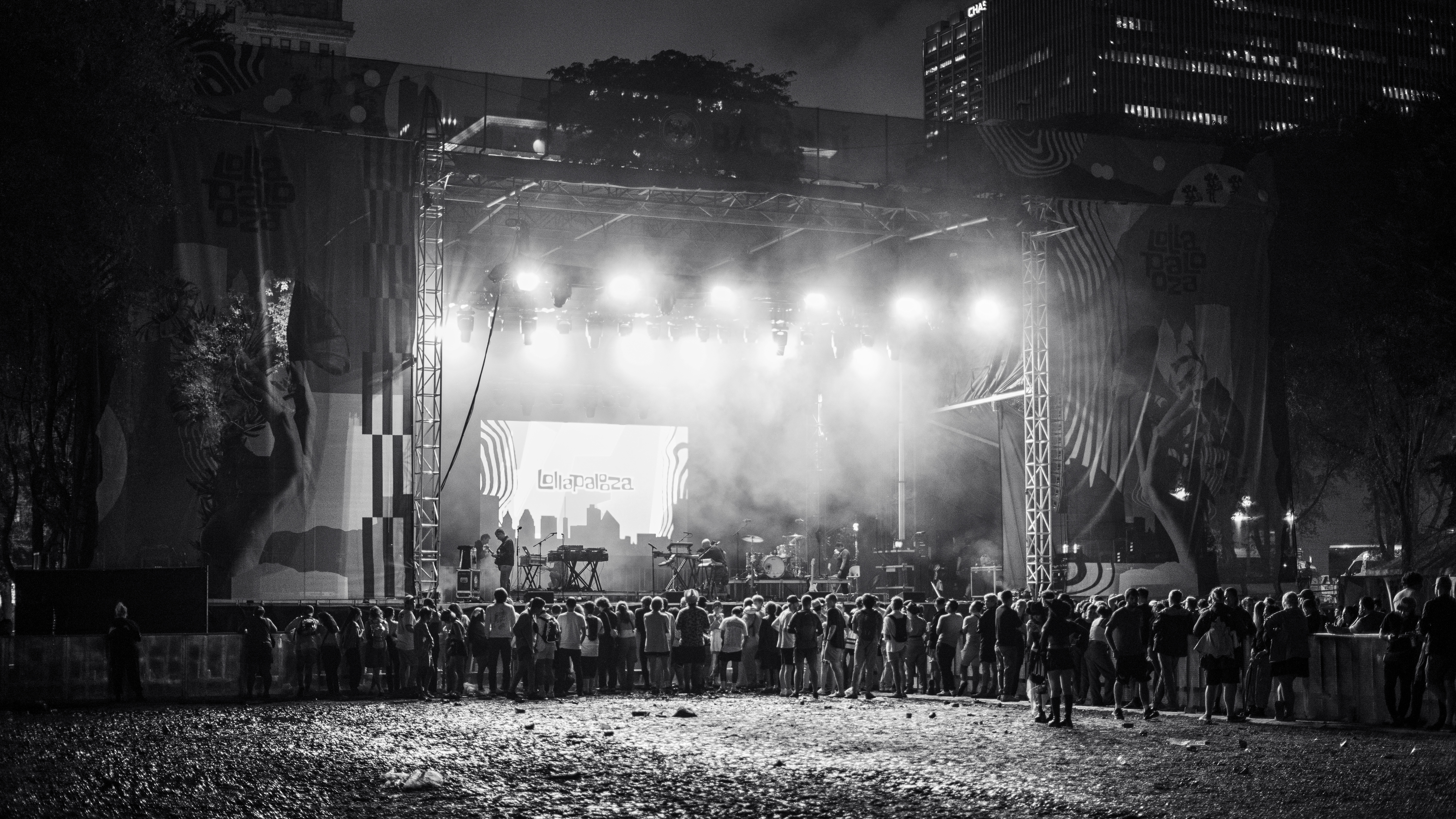
Photo by Varun Khushalani


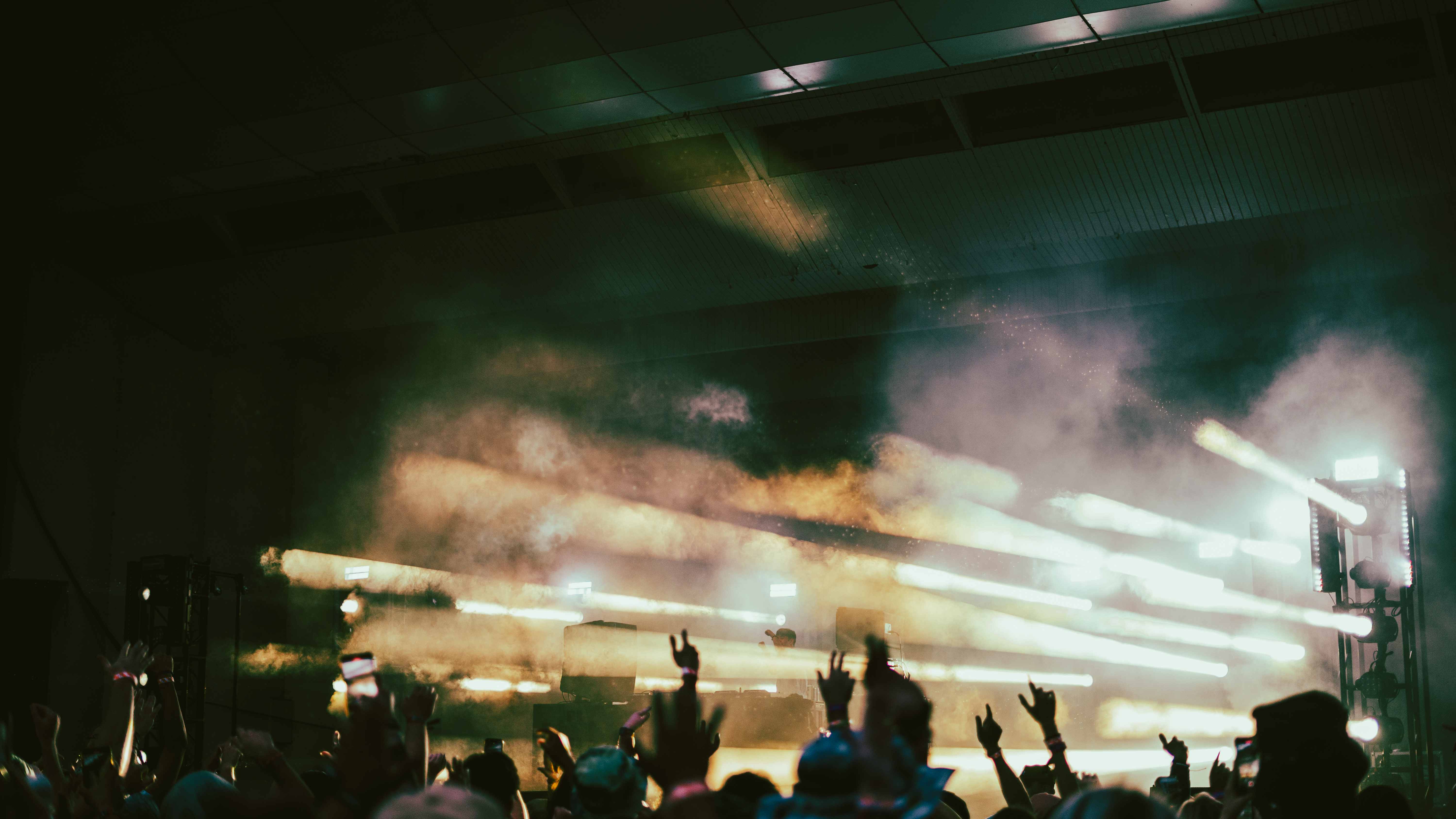
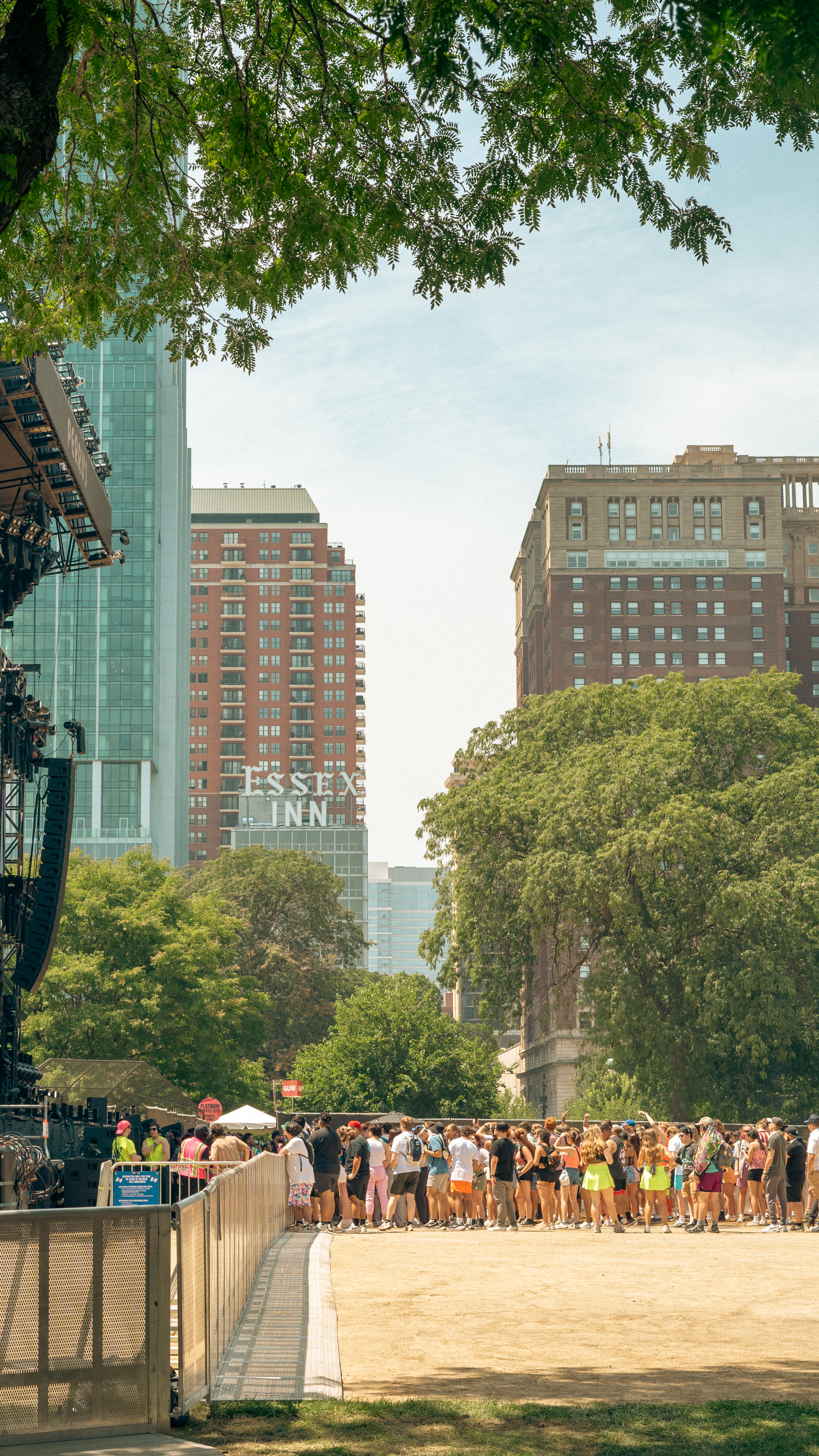
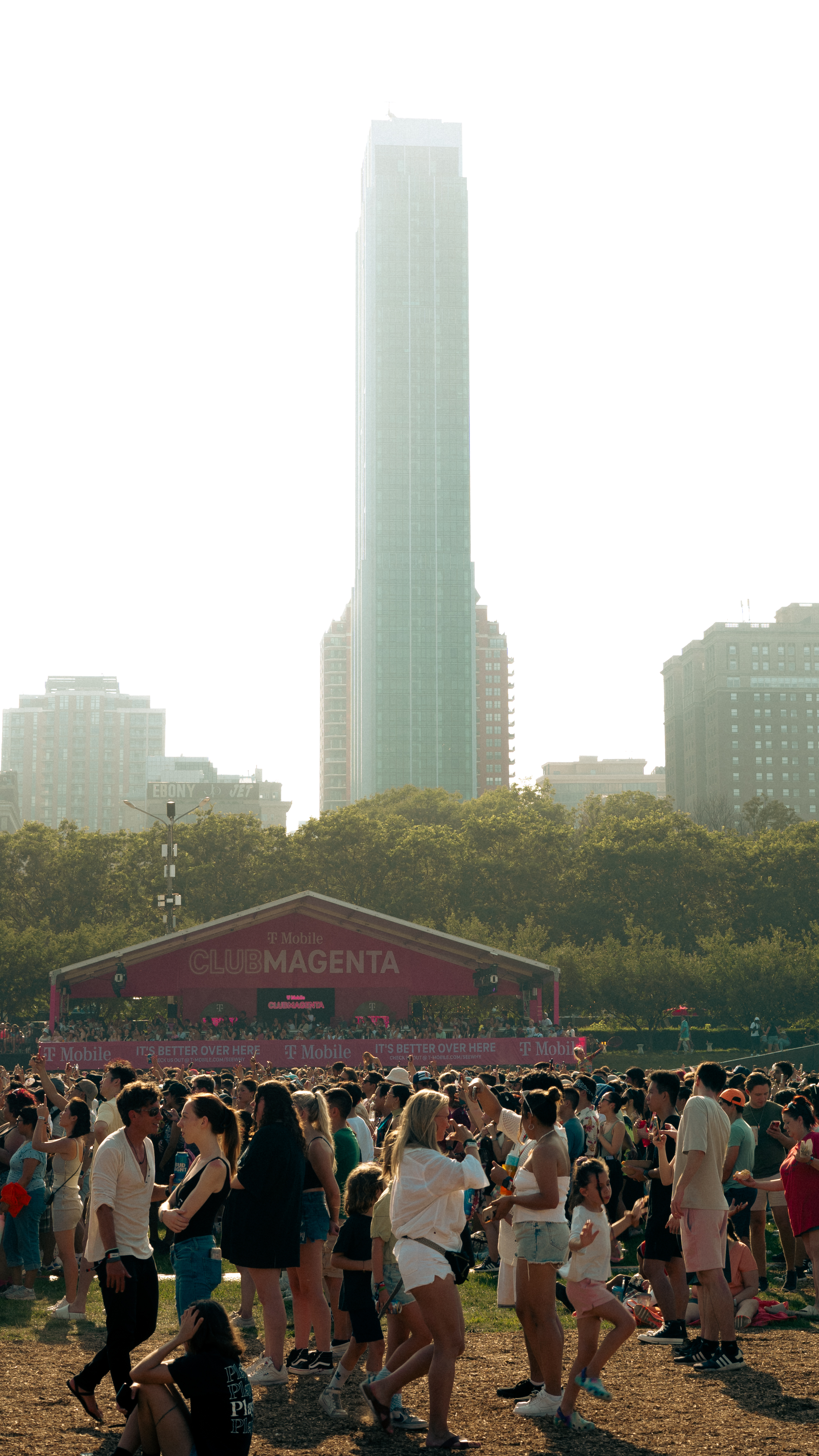
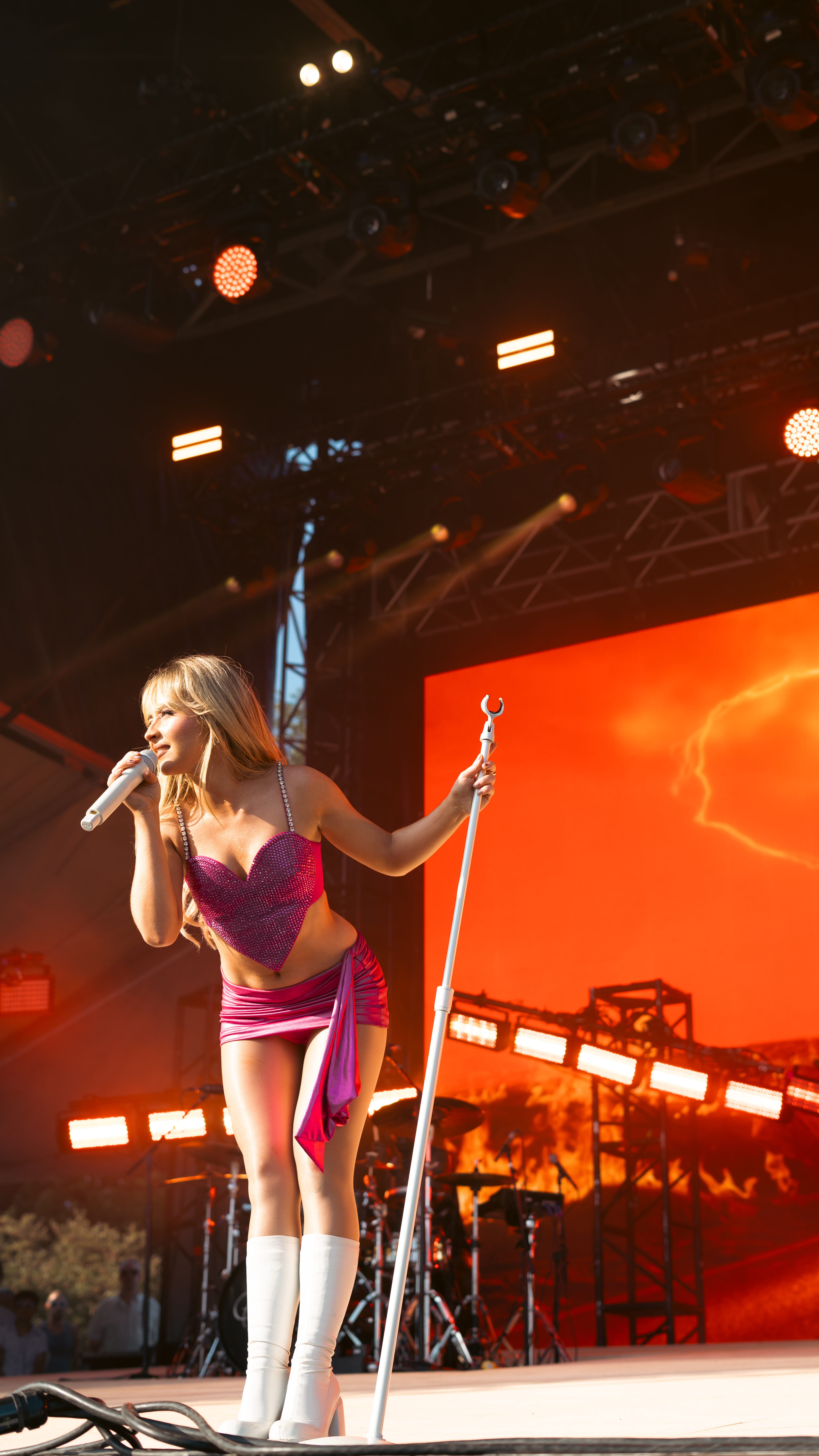
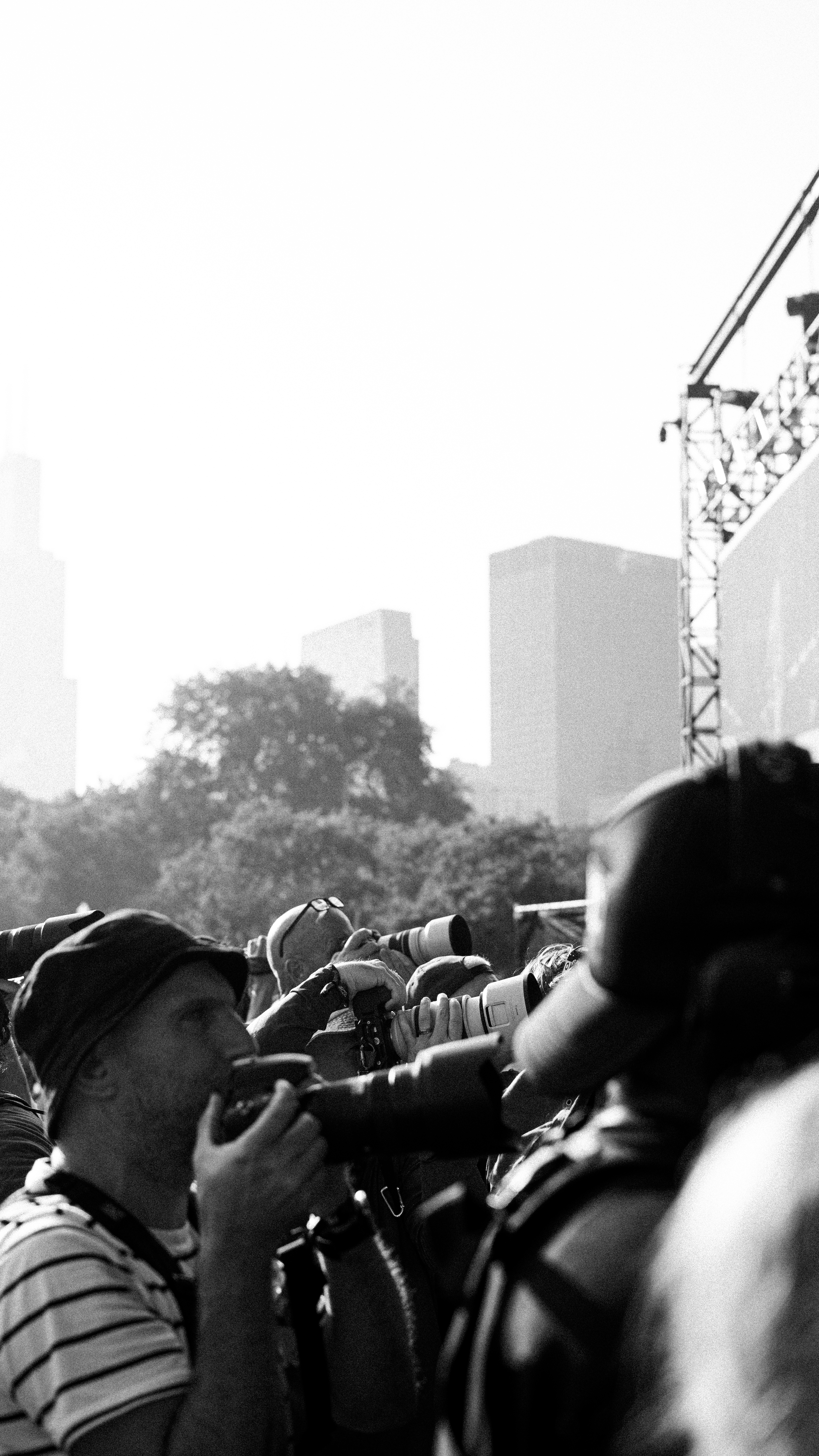
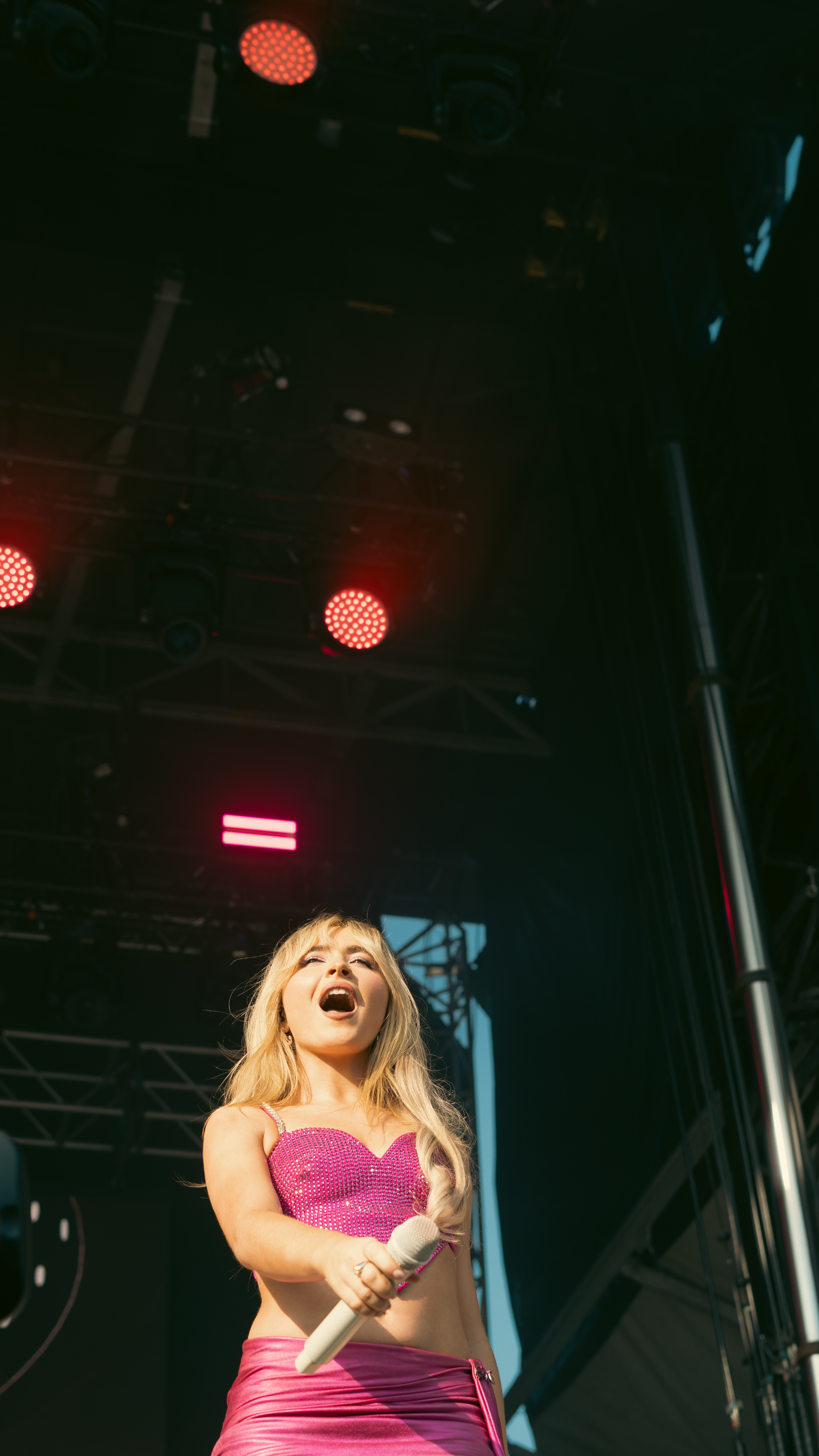
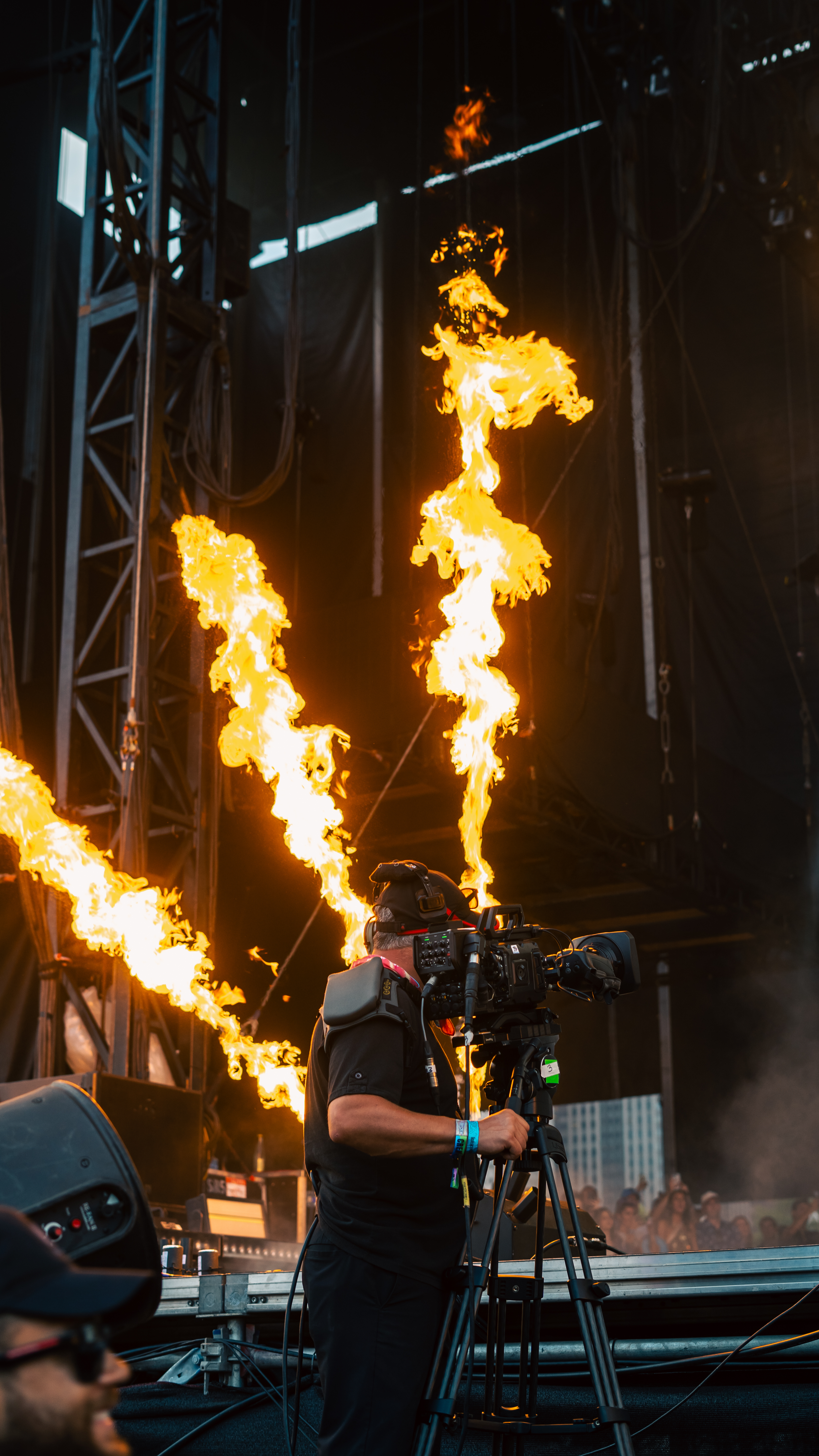
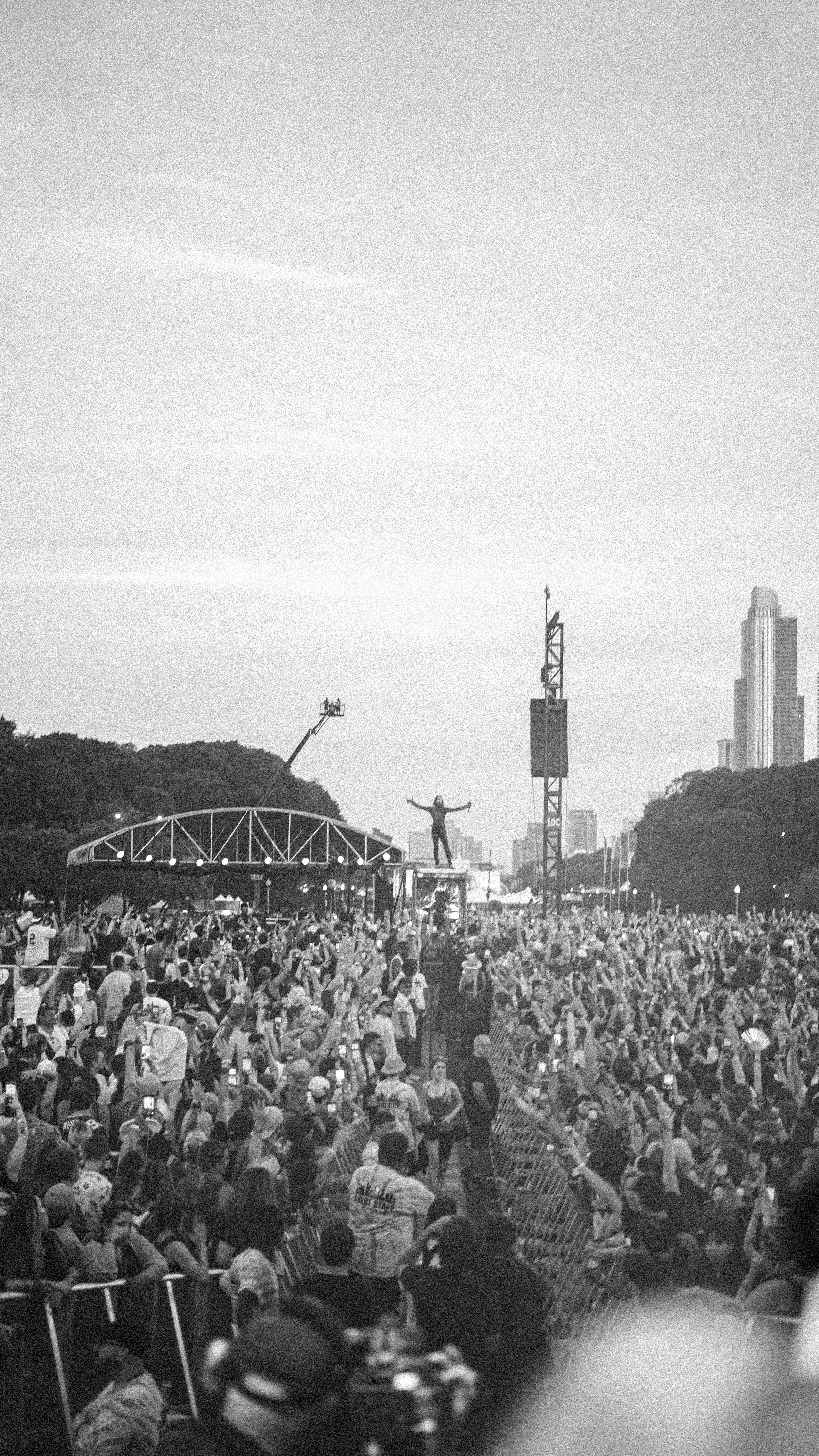
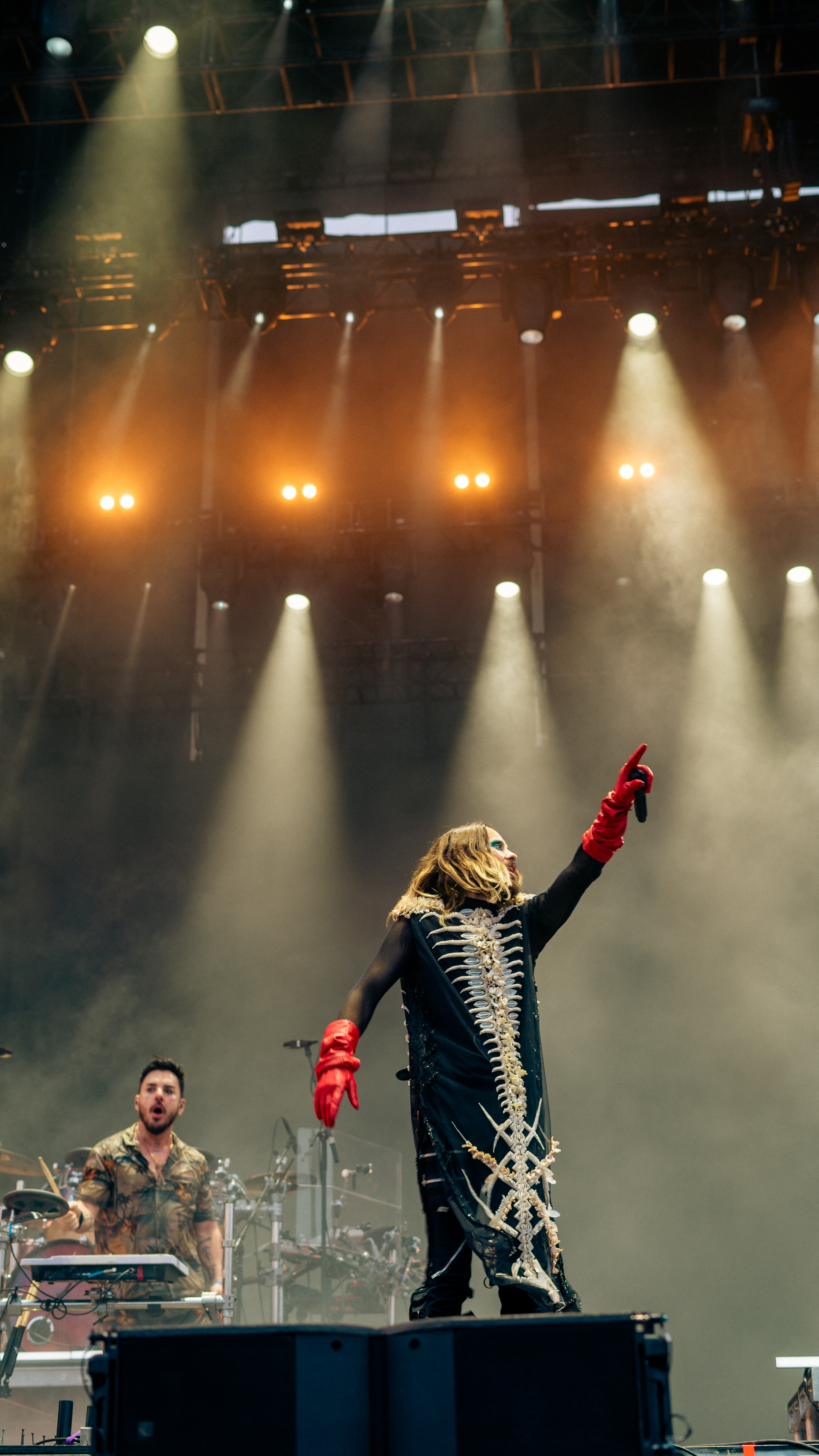
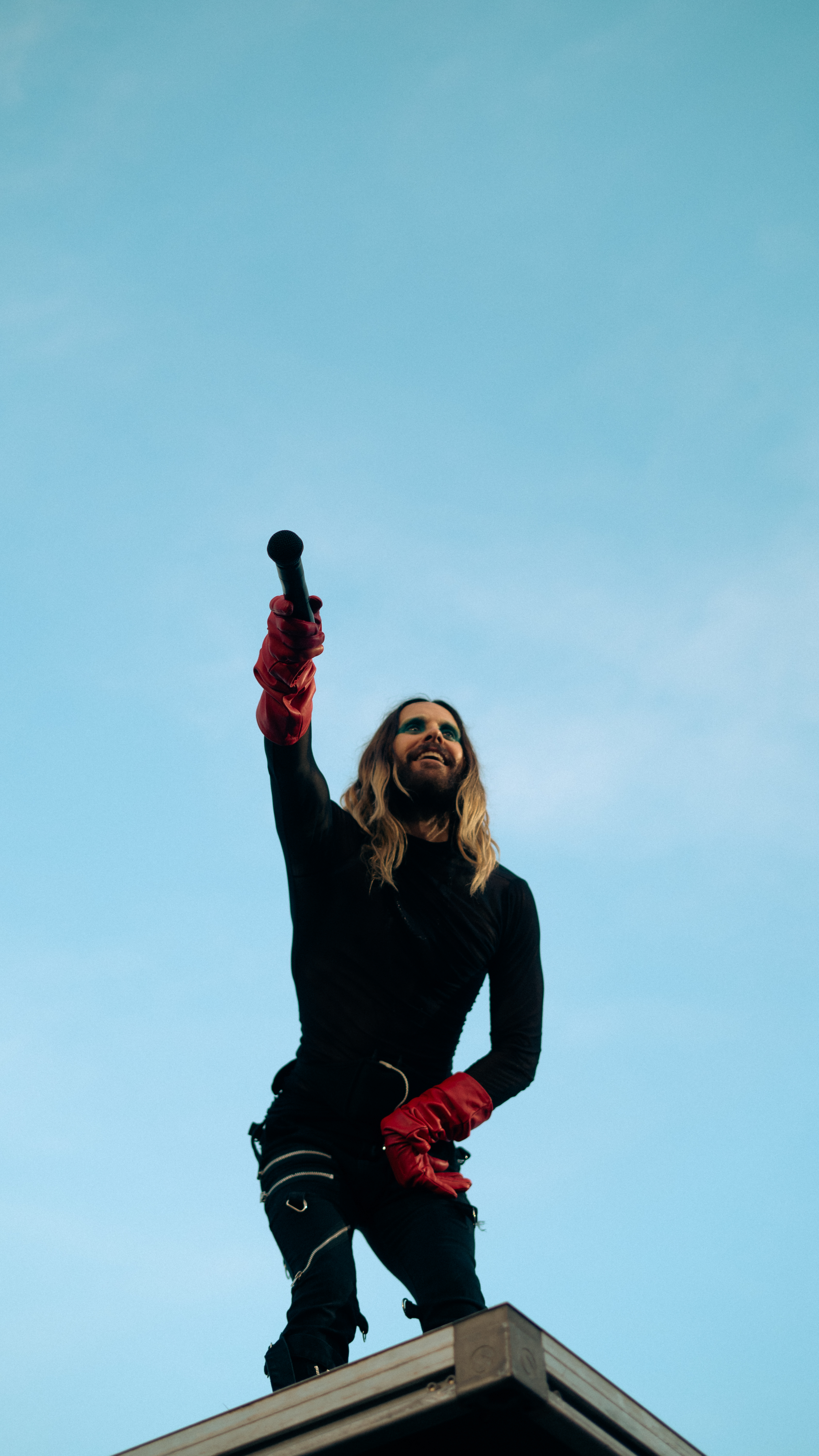
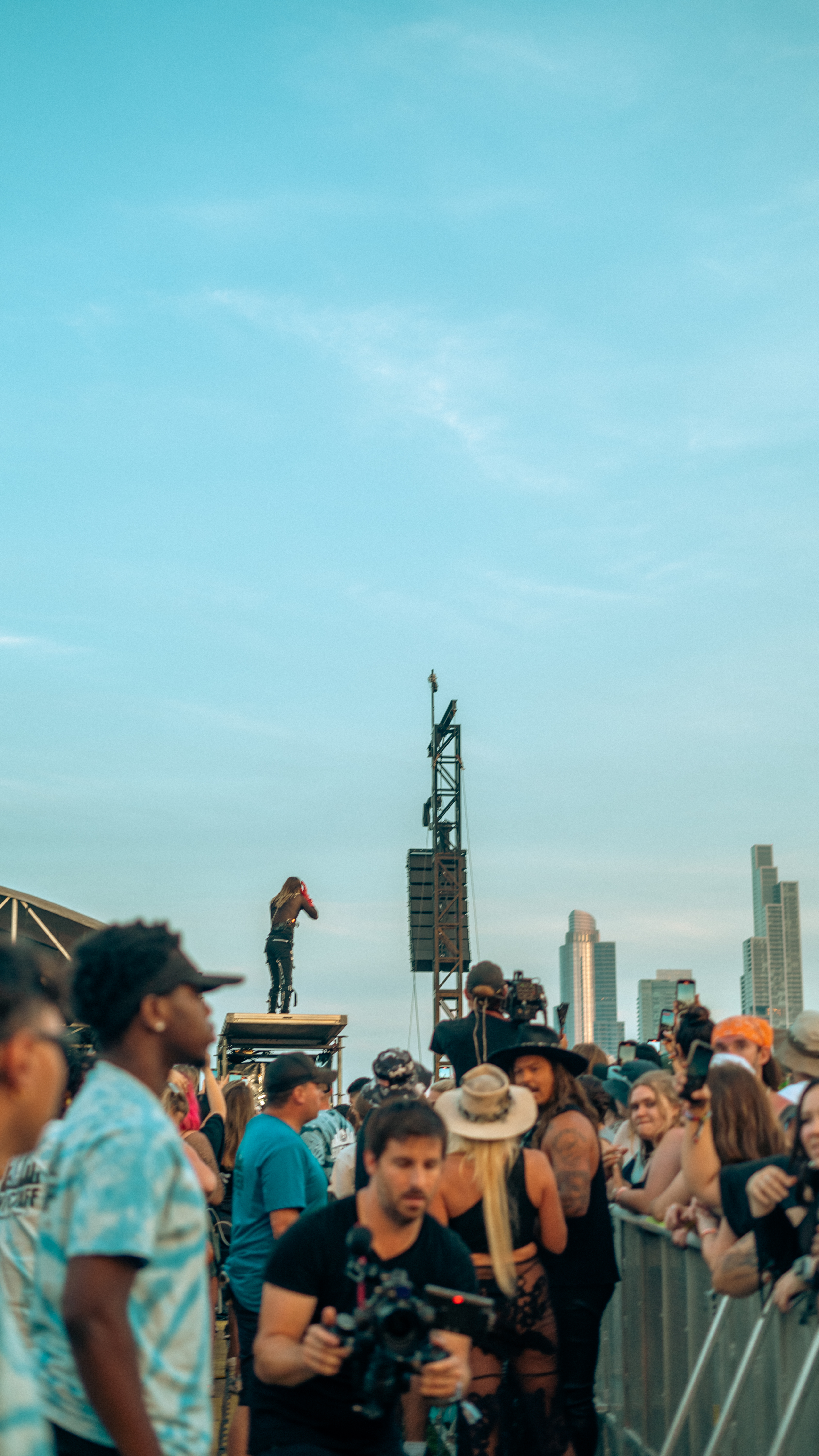
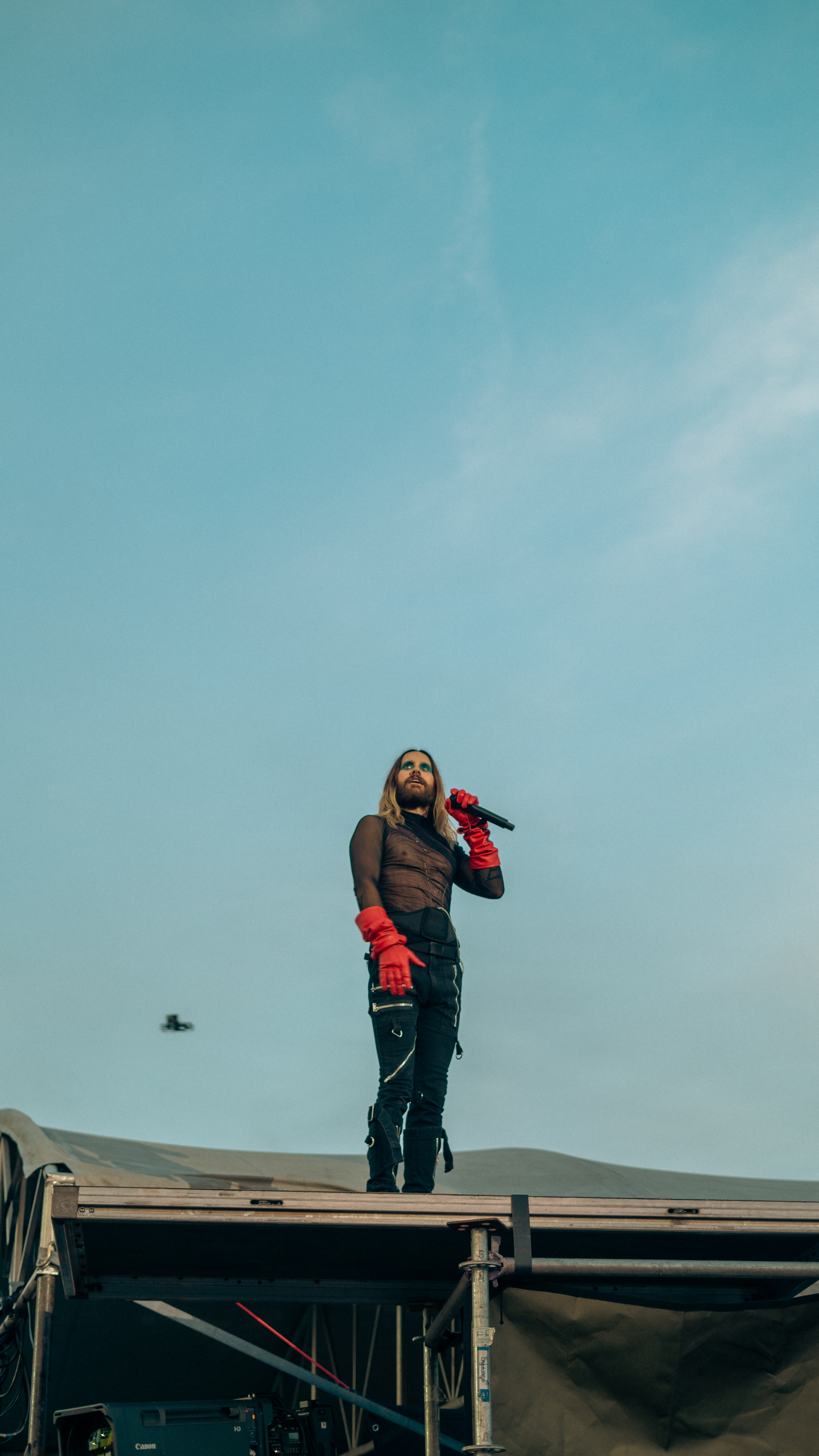
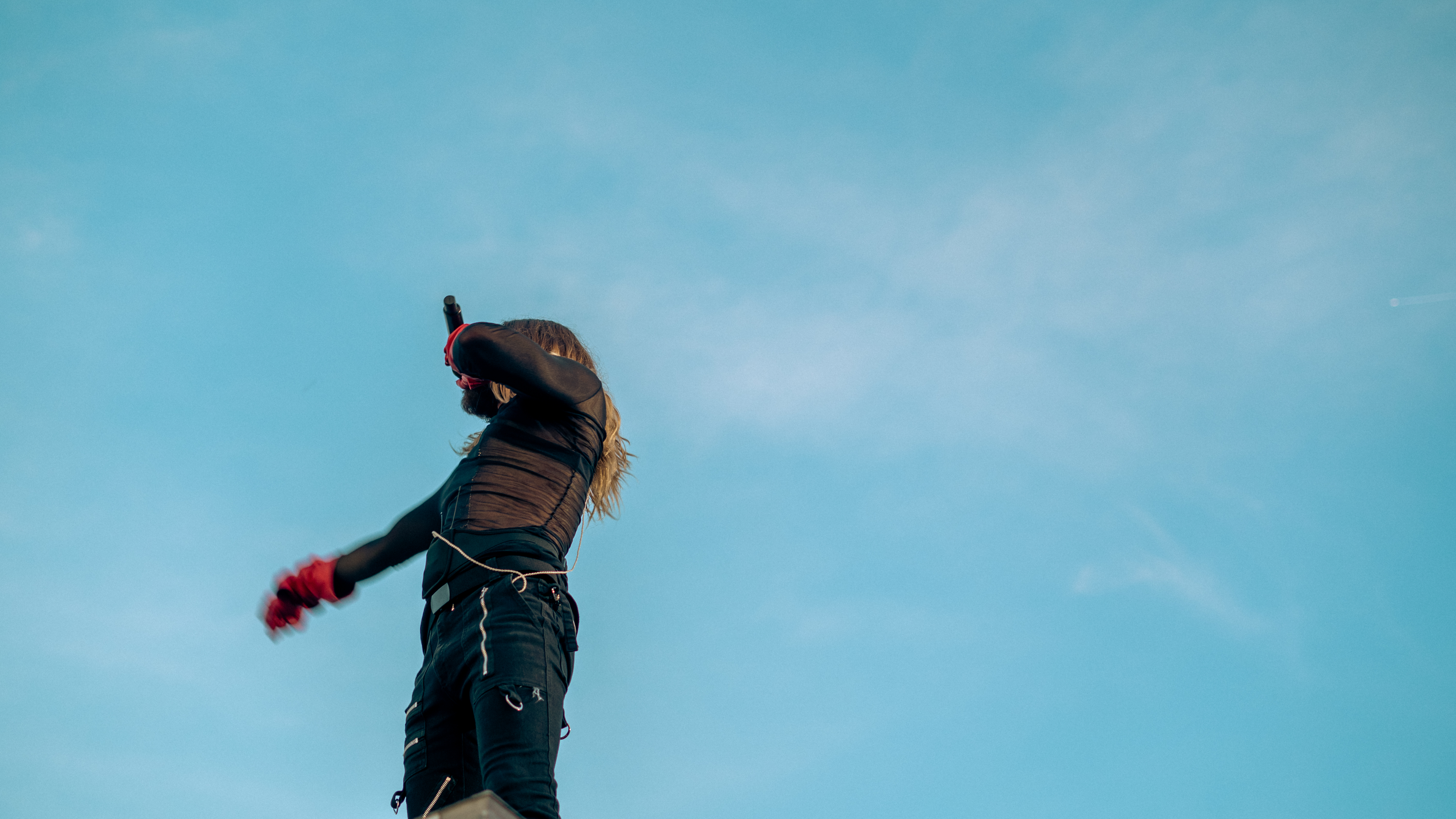
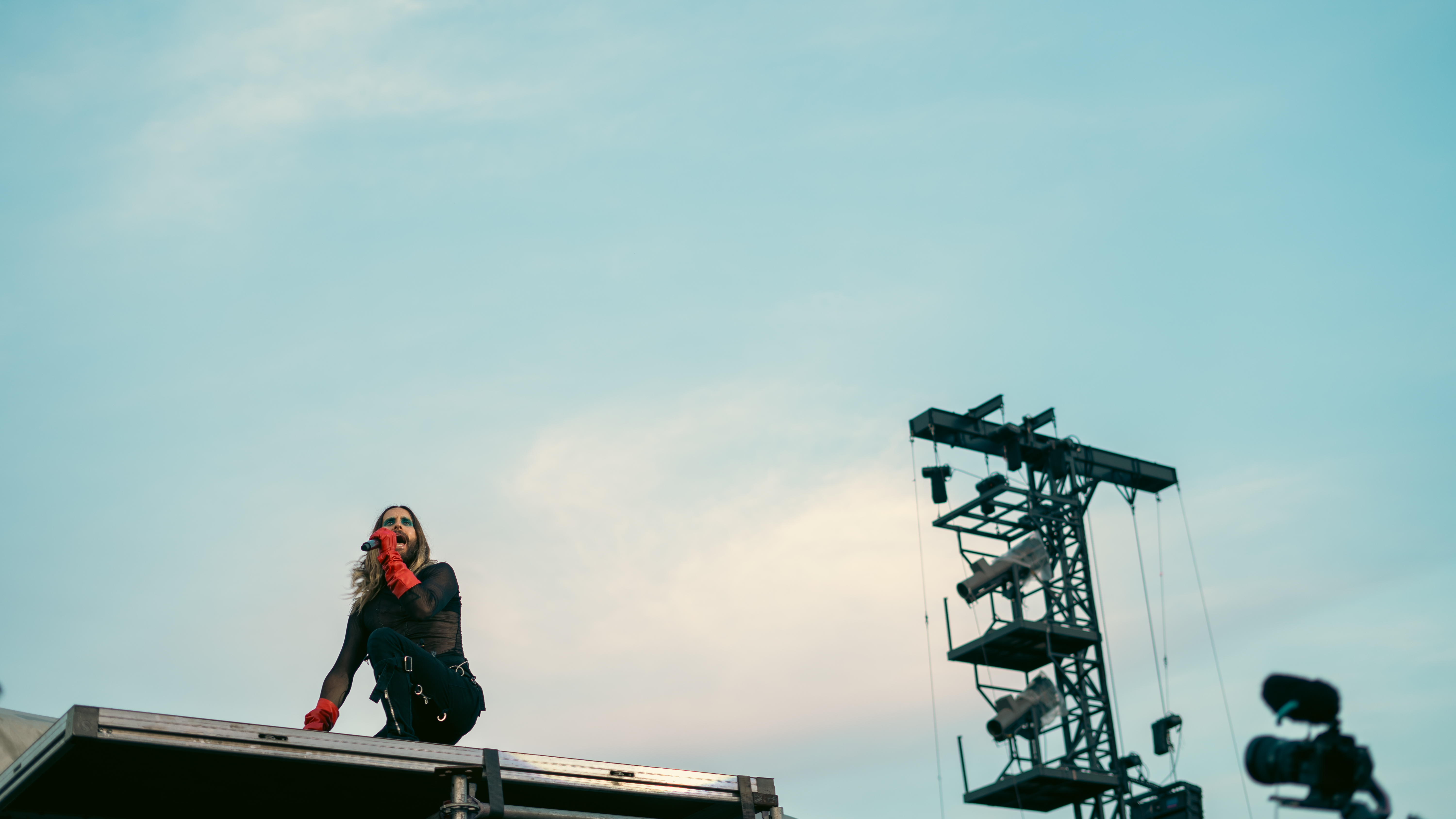
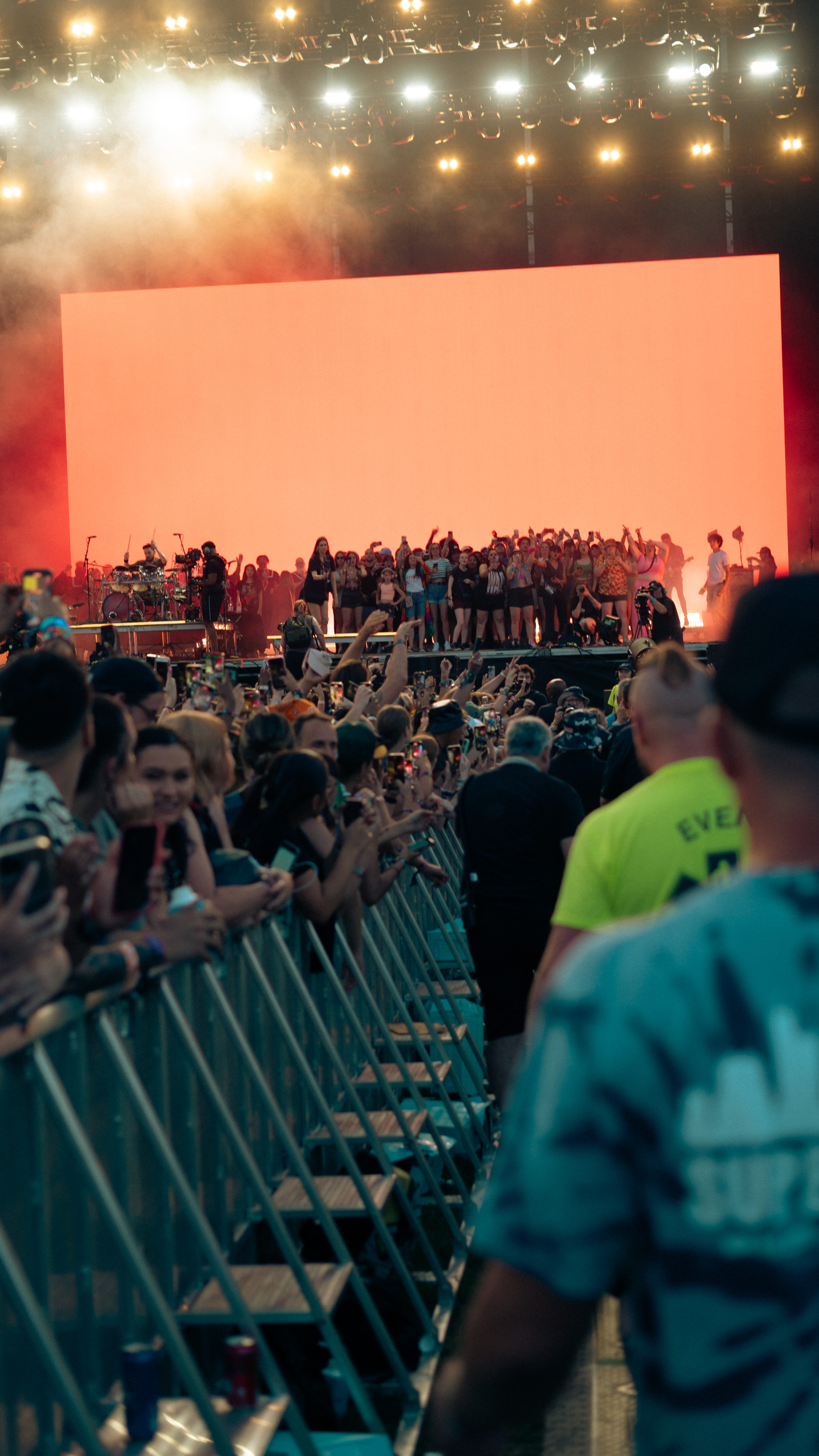
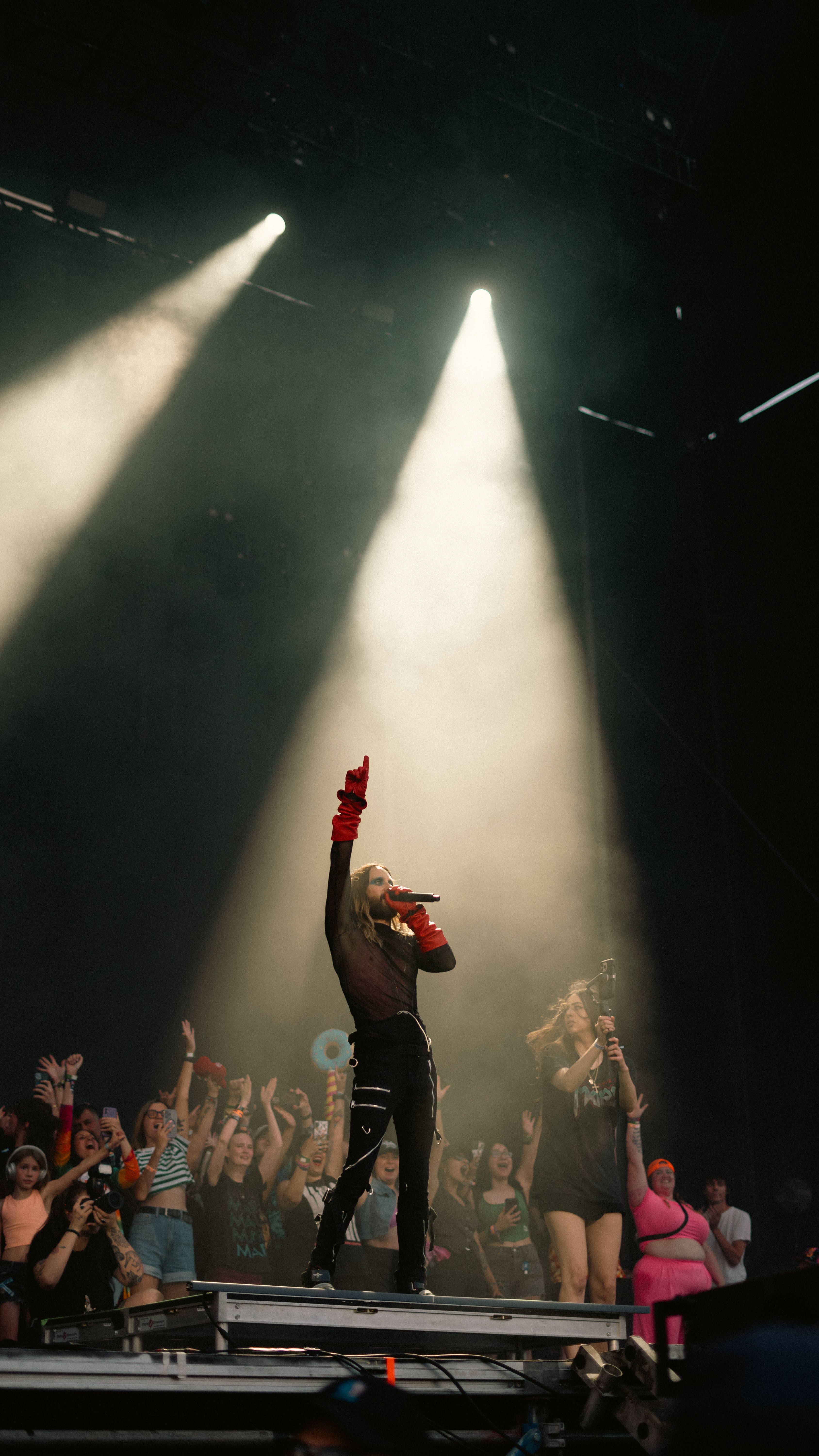


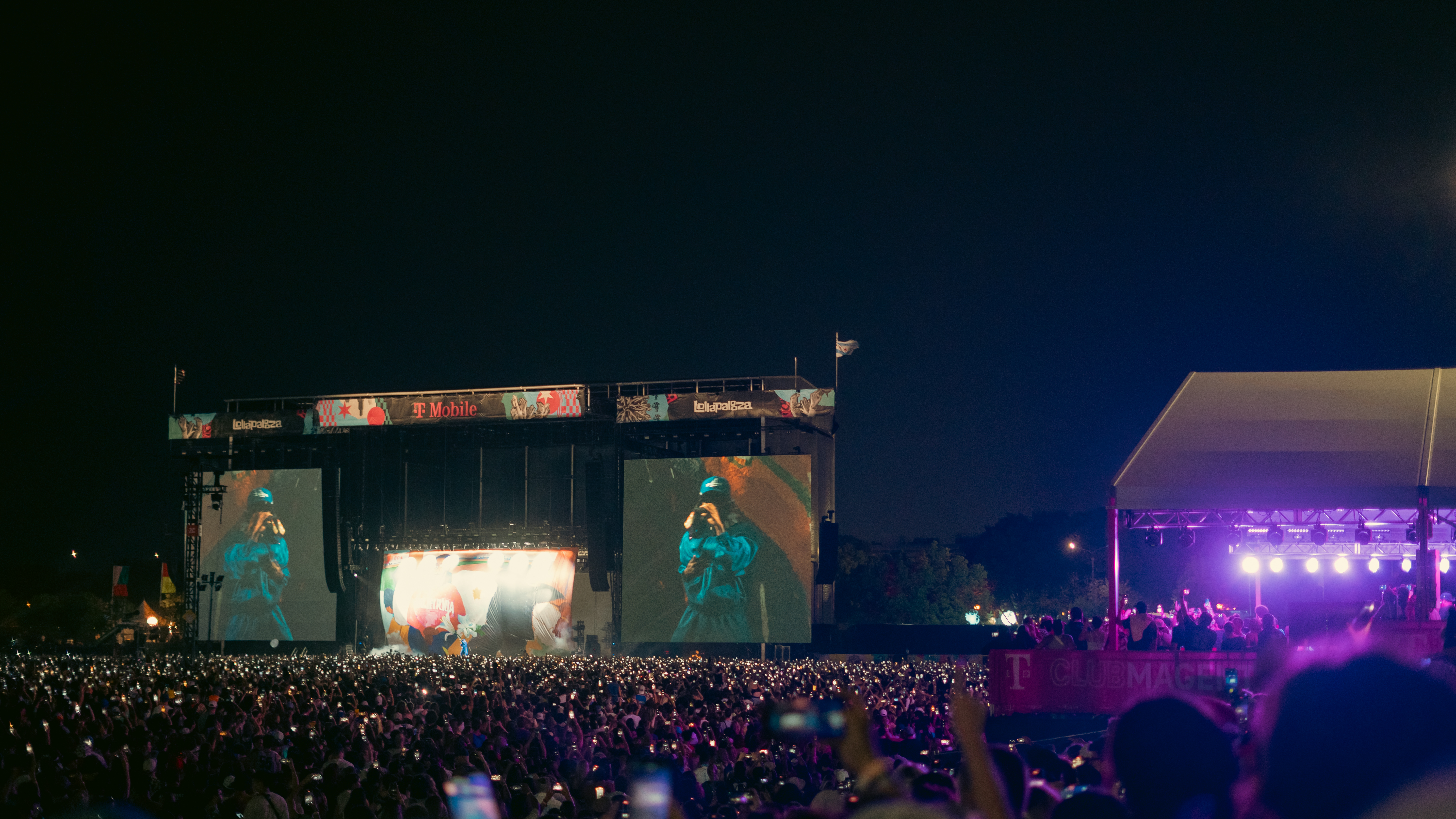
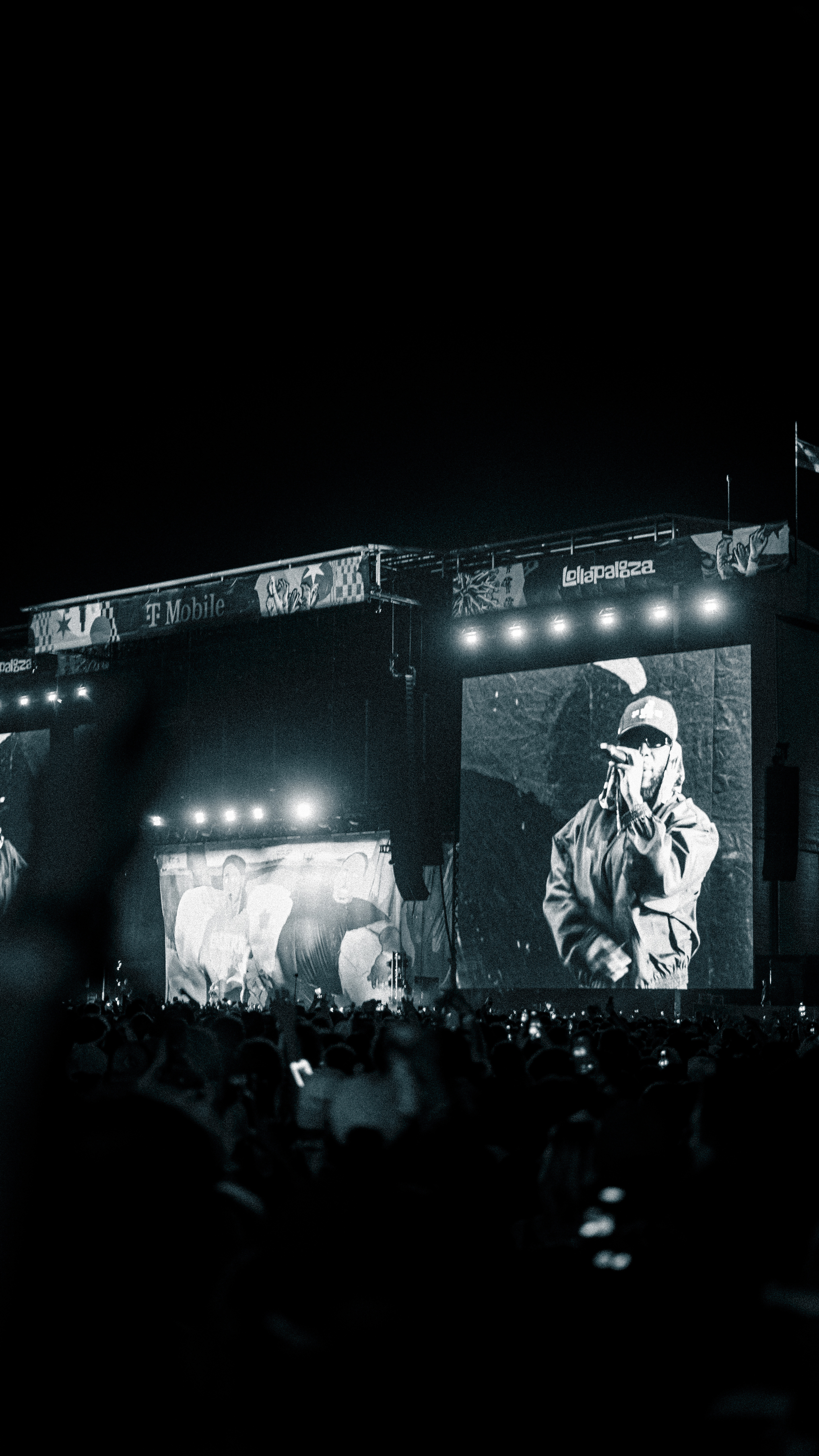
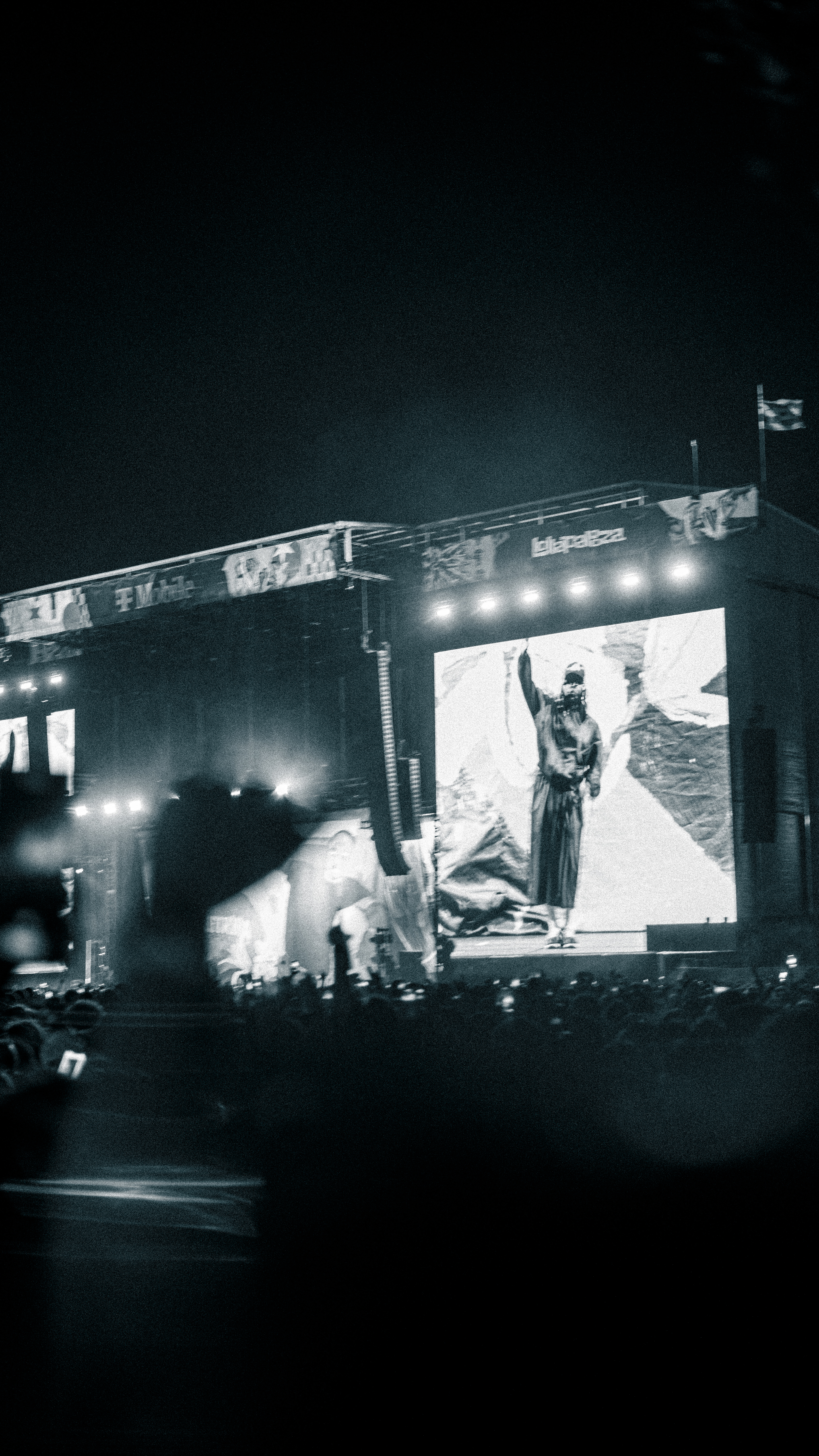
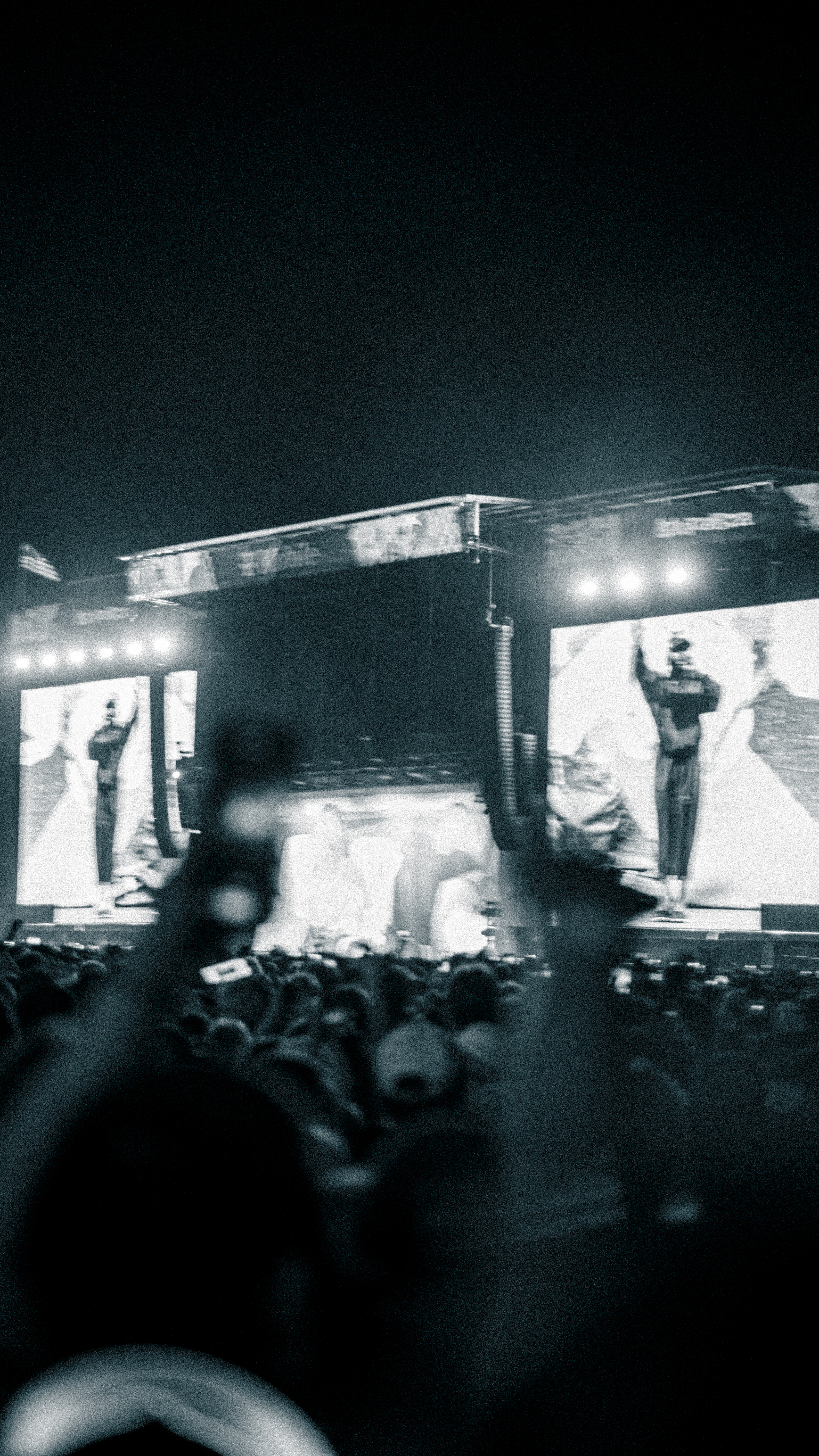
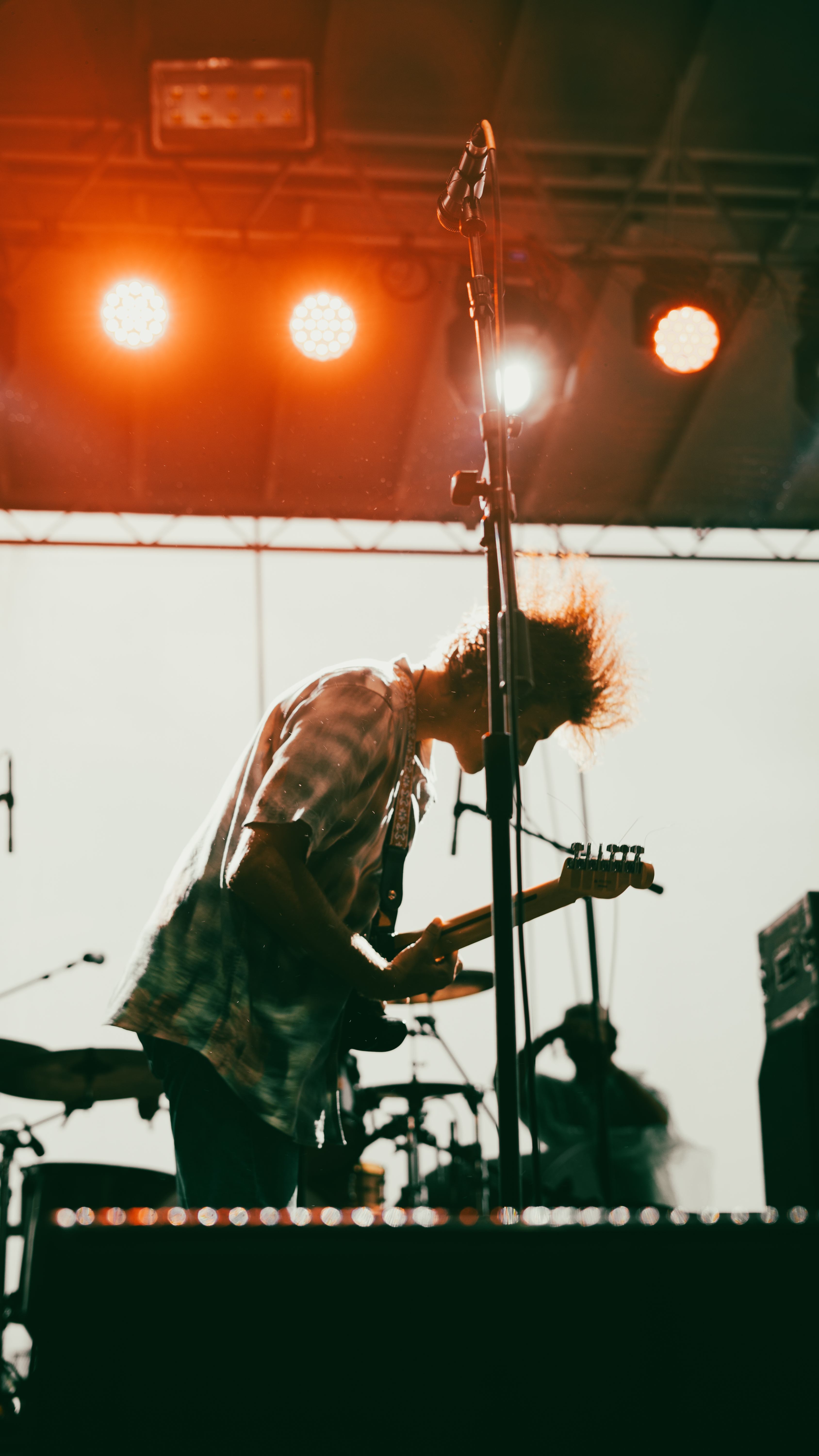
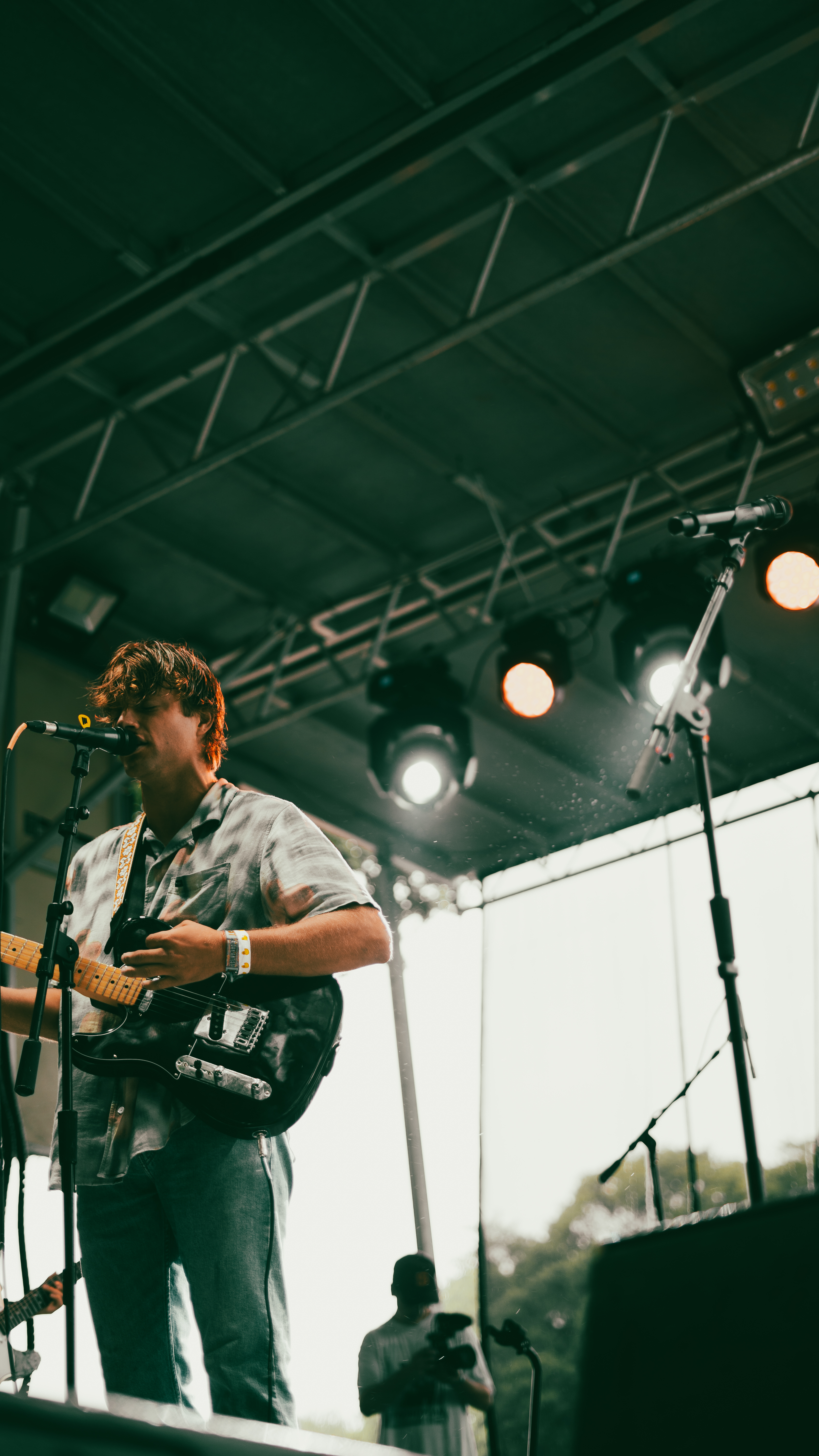

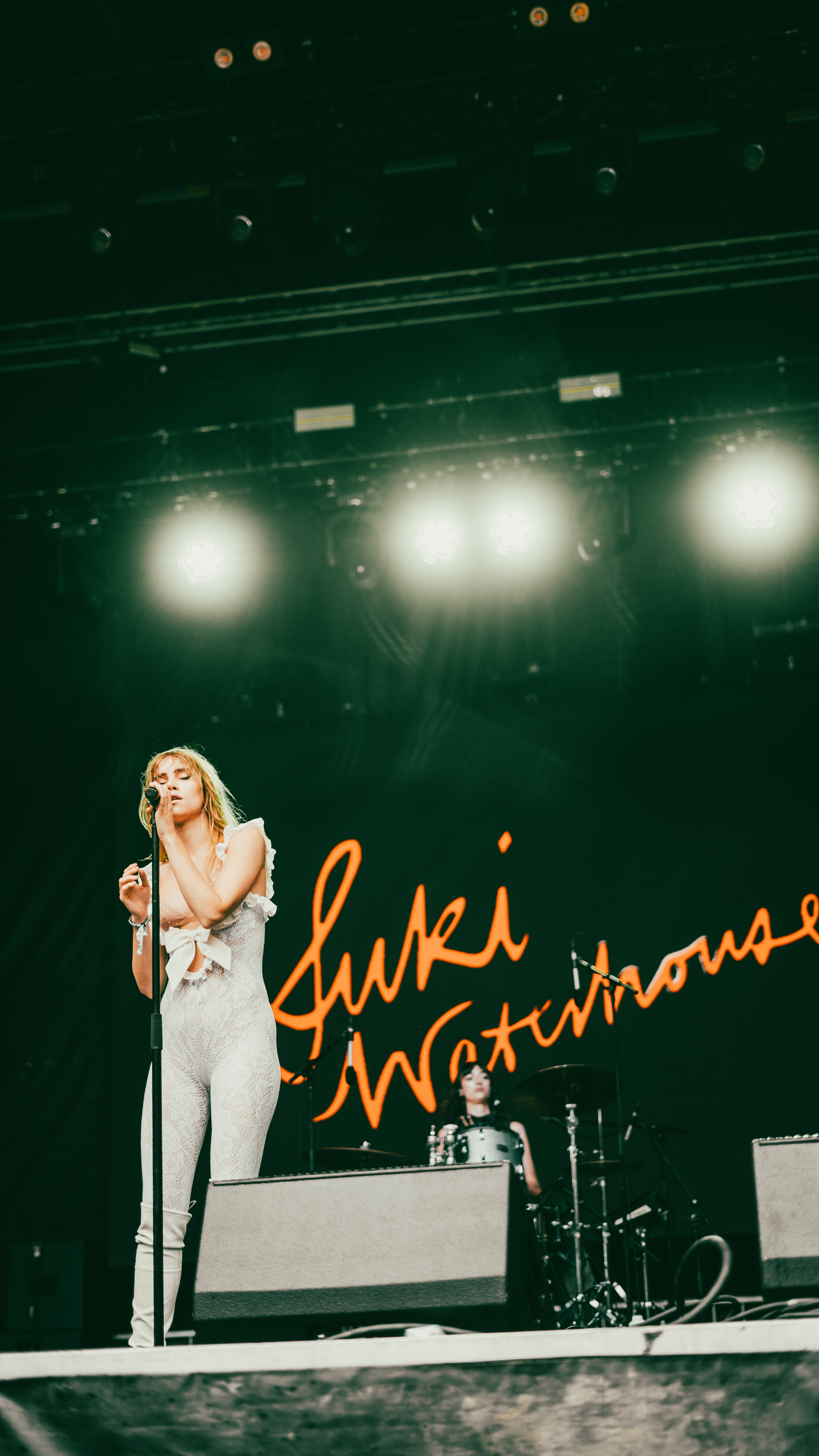
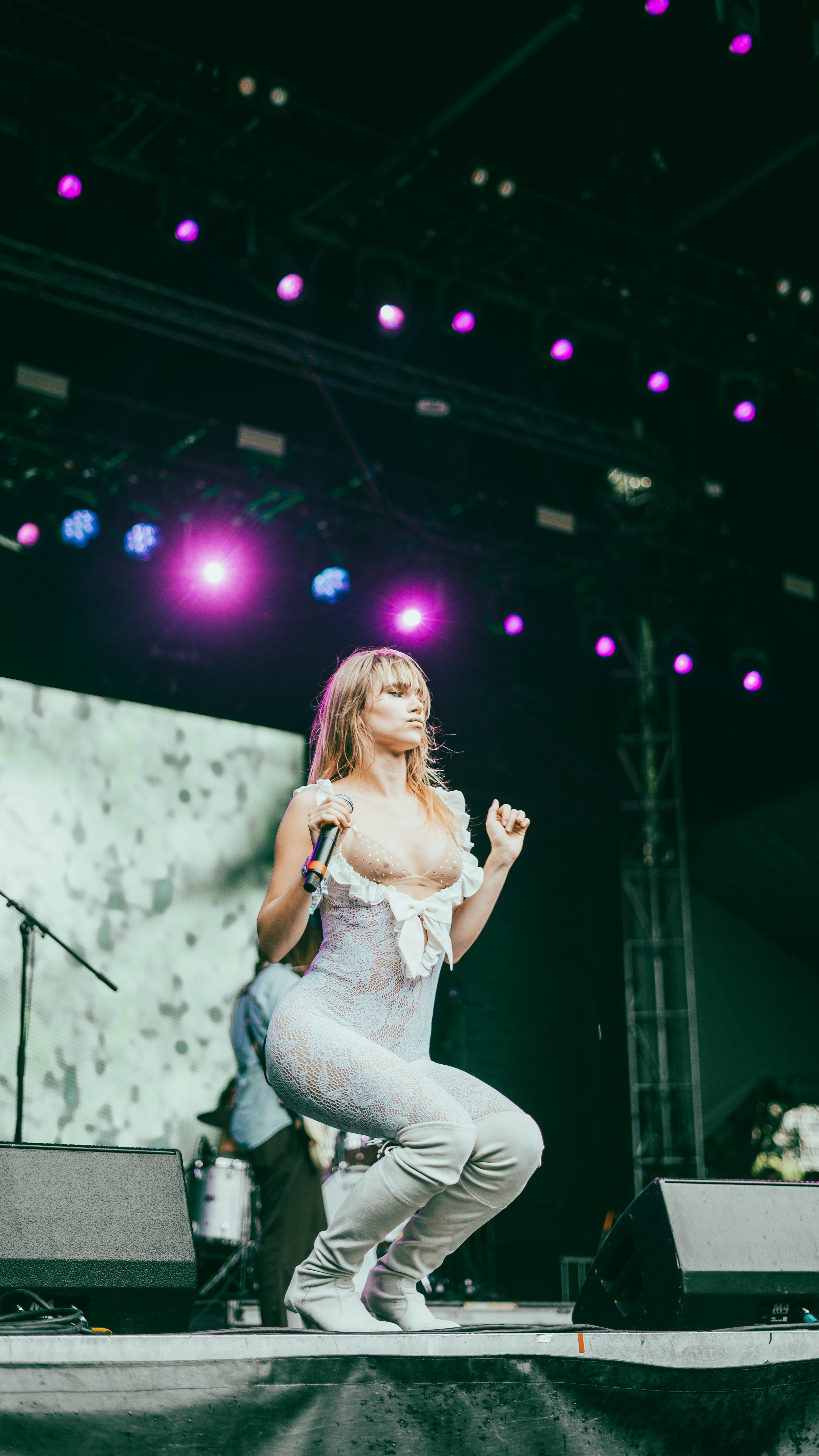
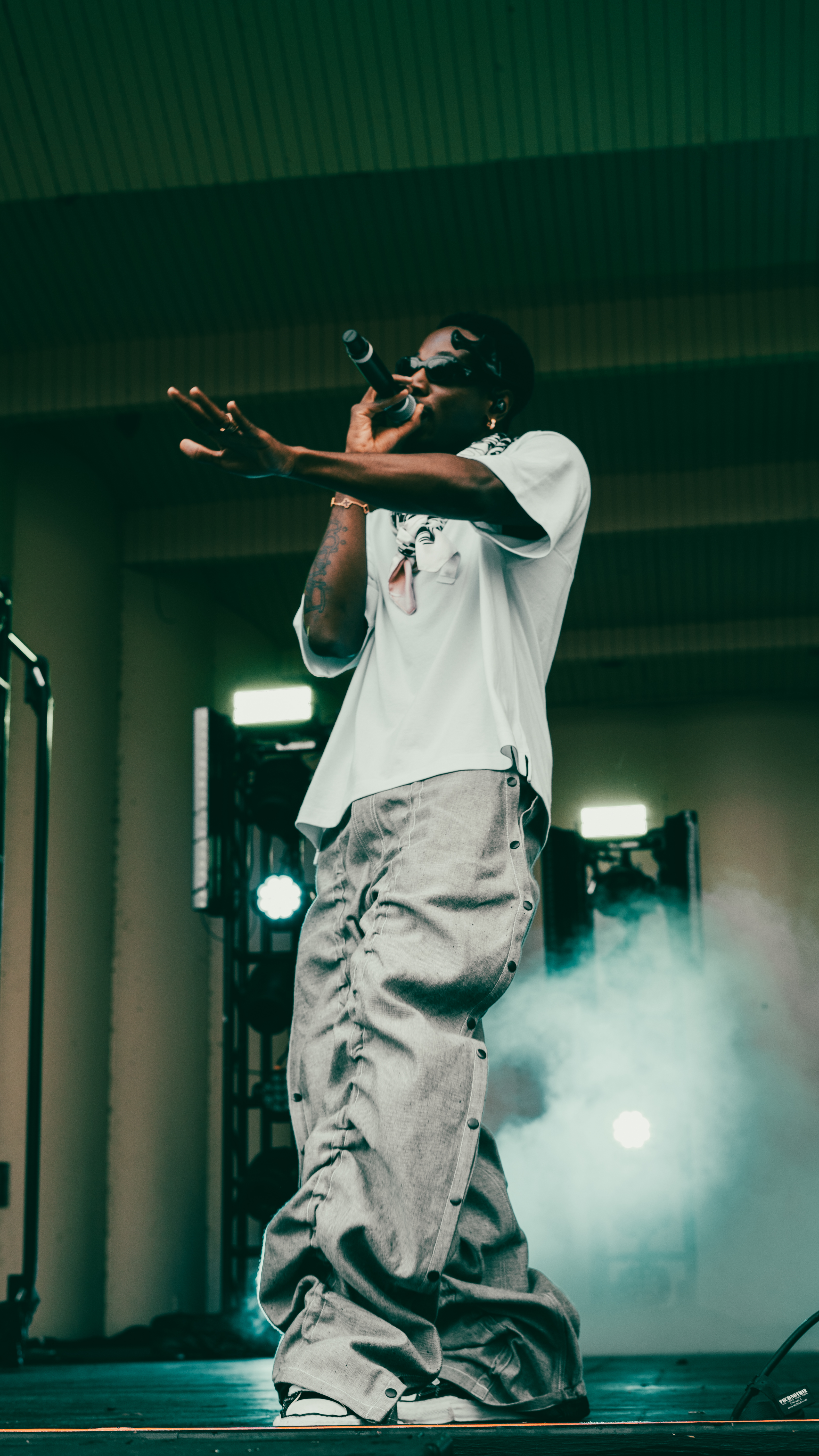
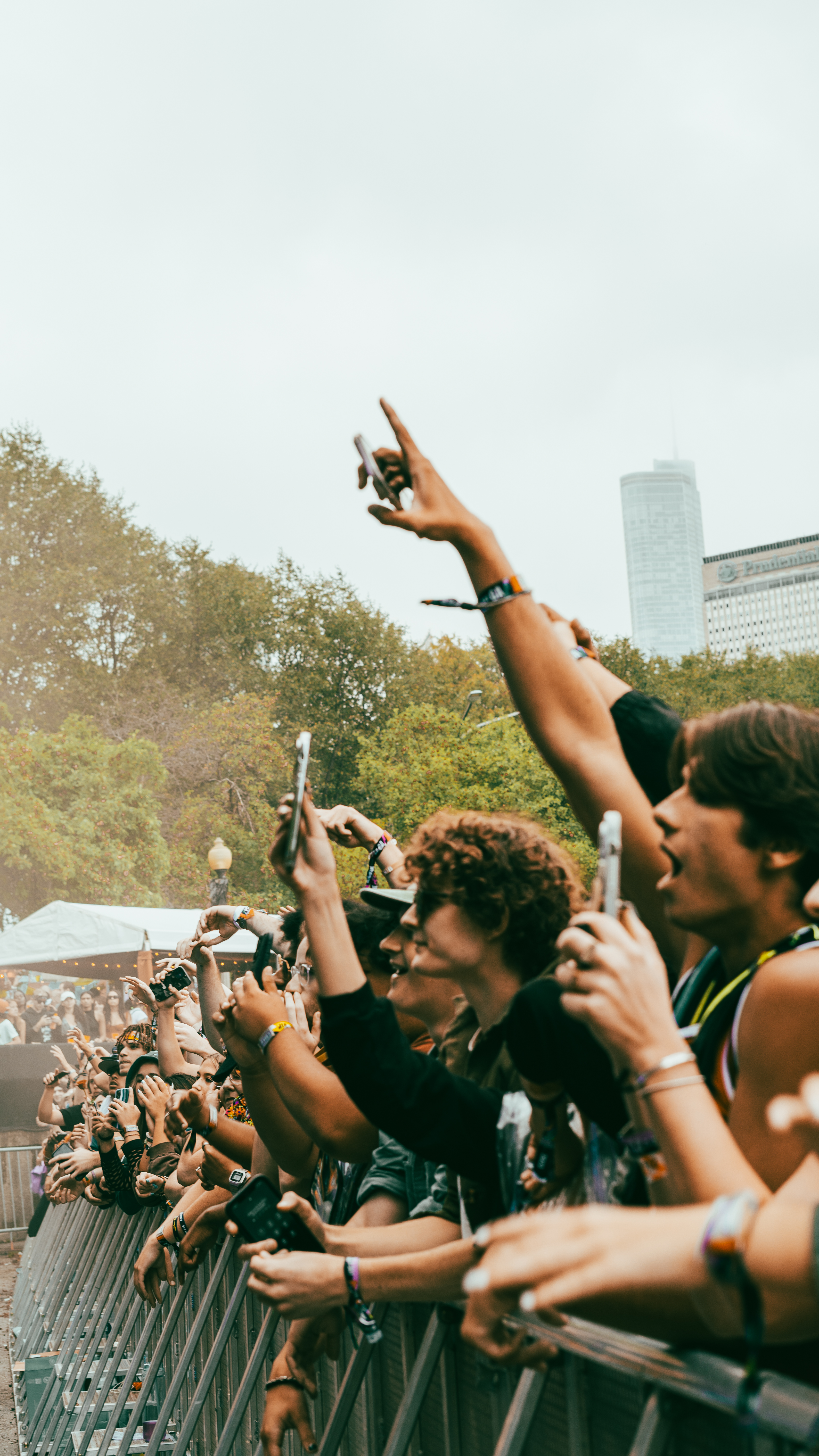
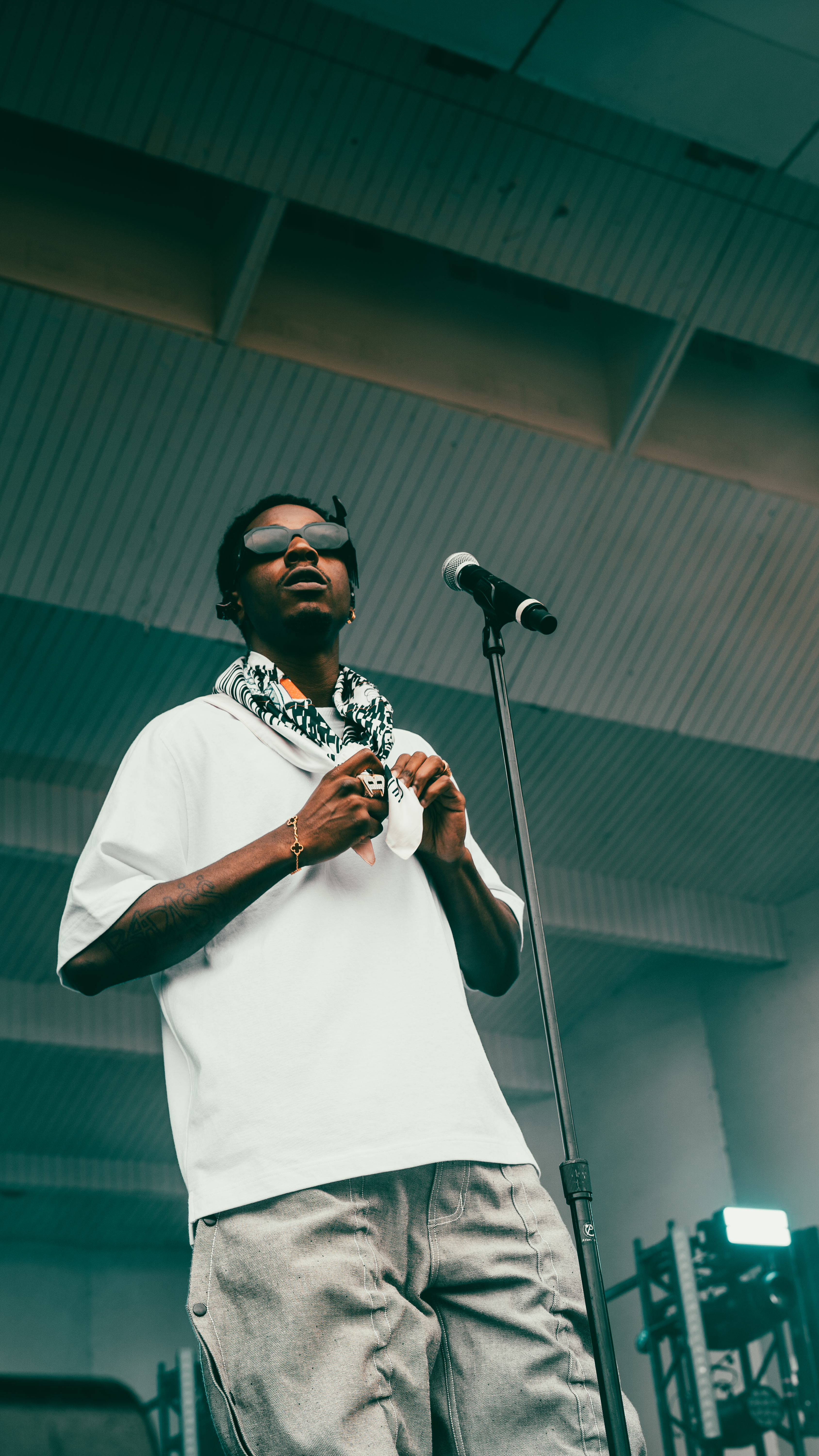
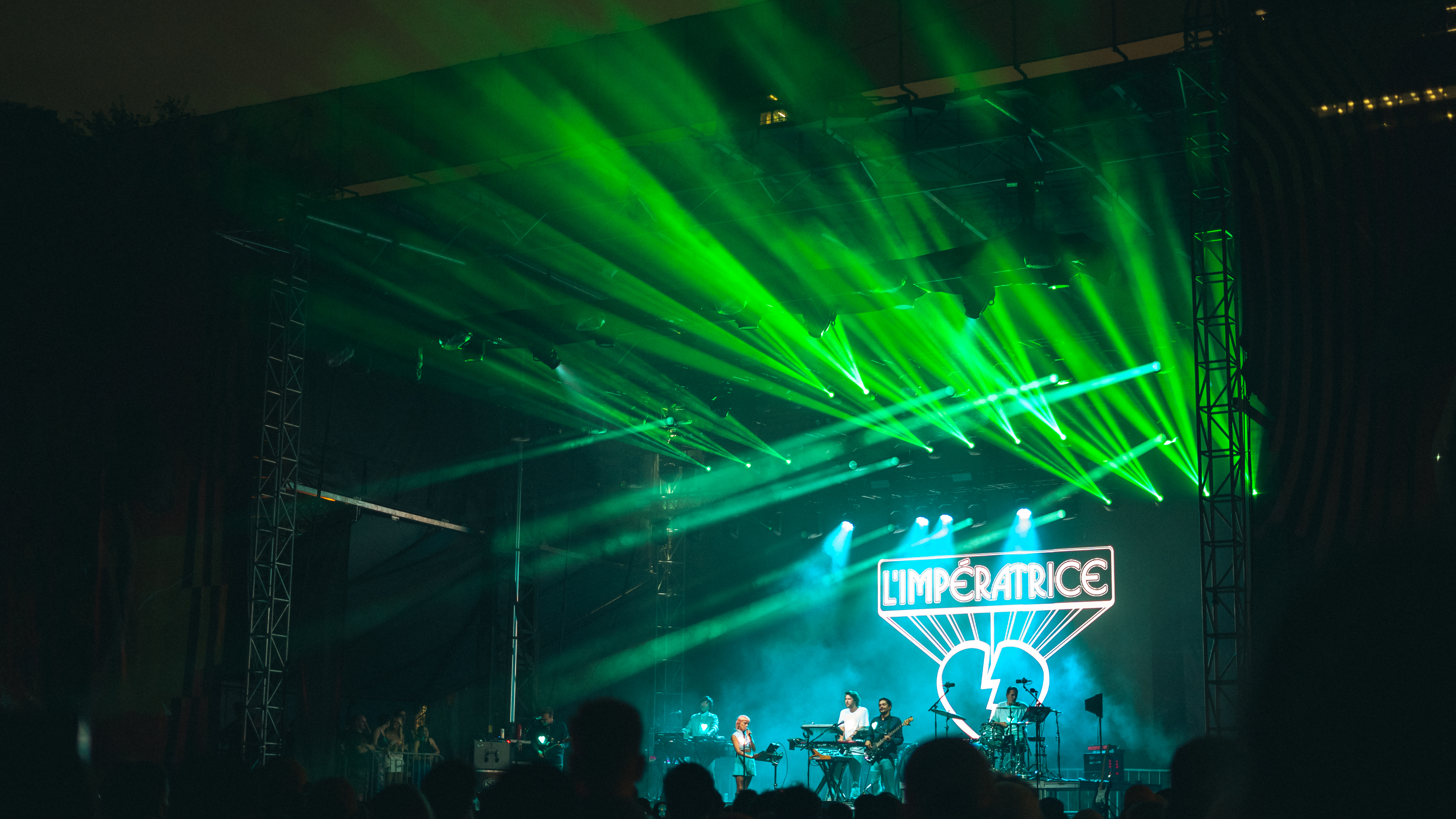
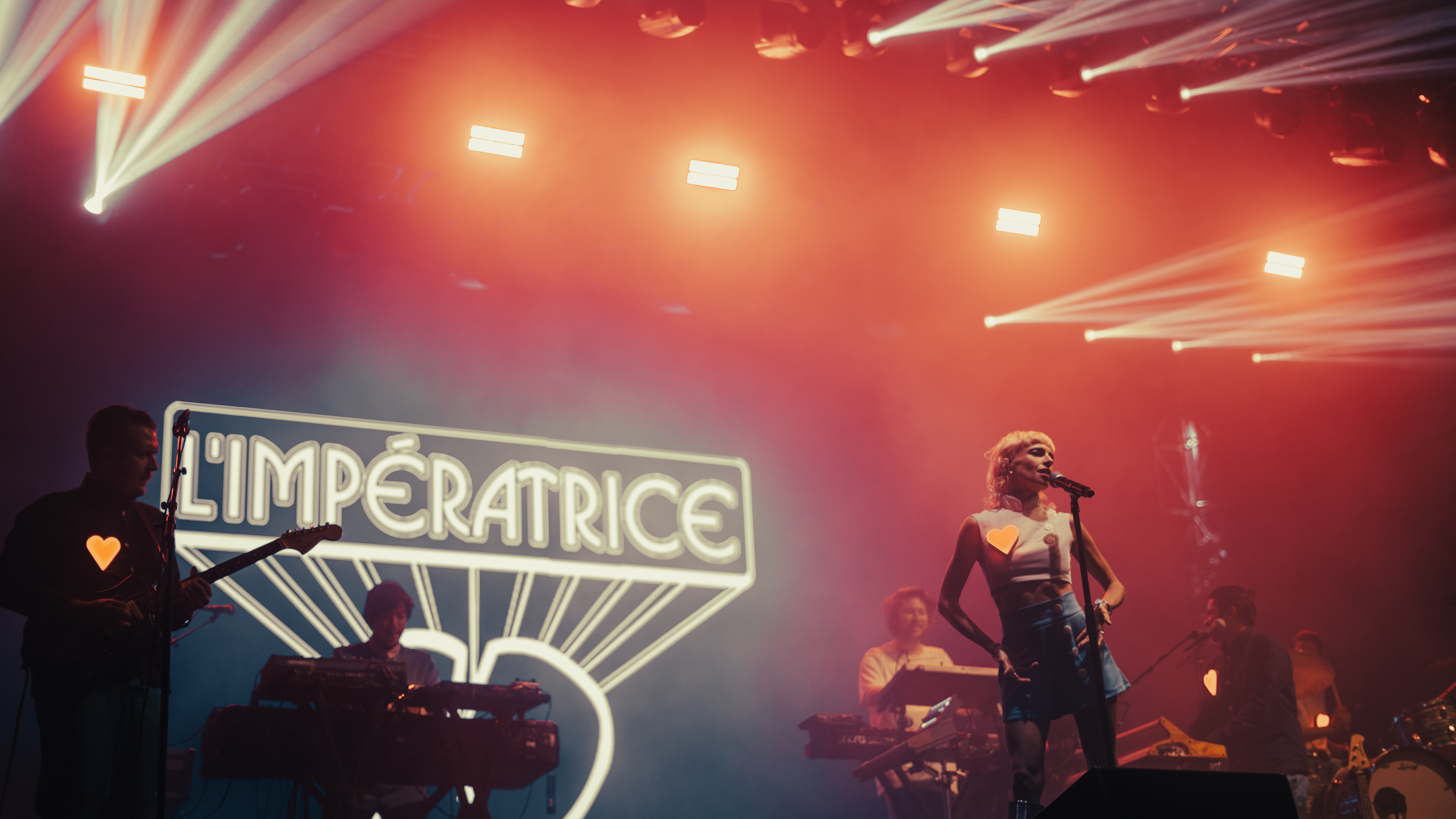

NO COMMENT